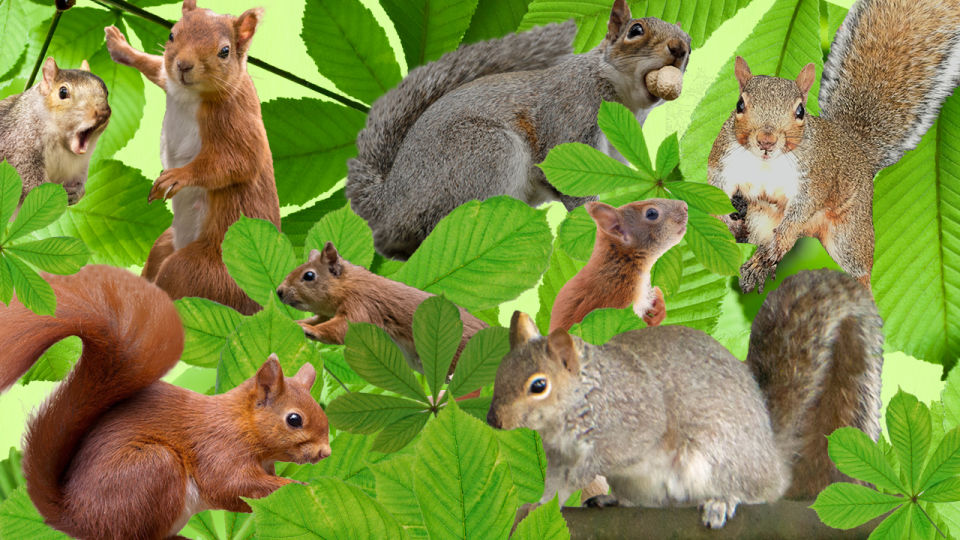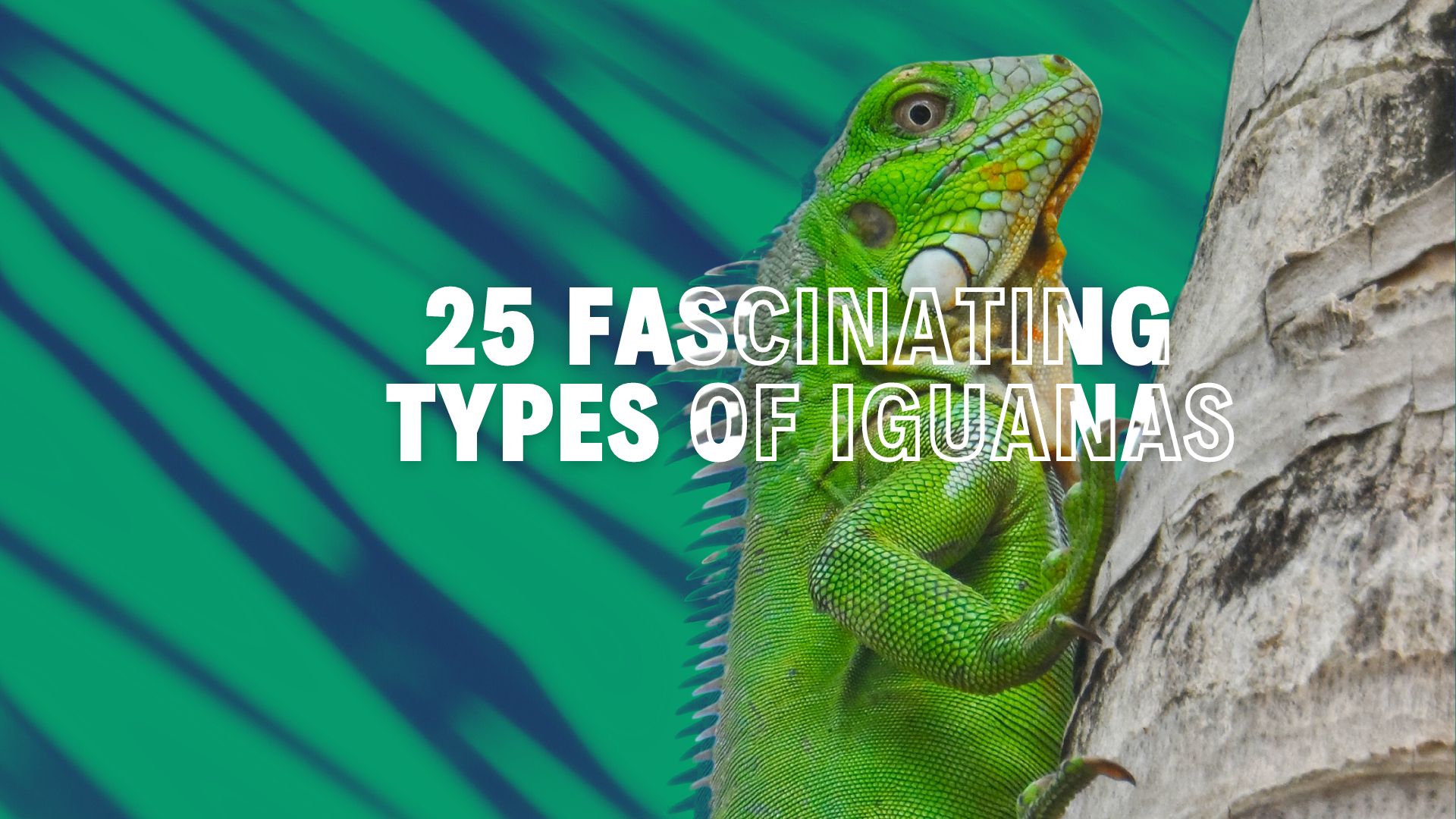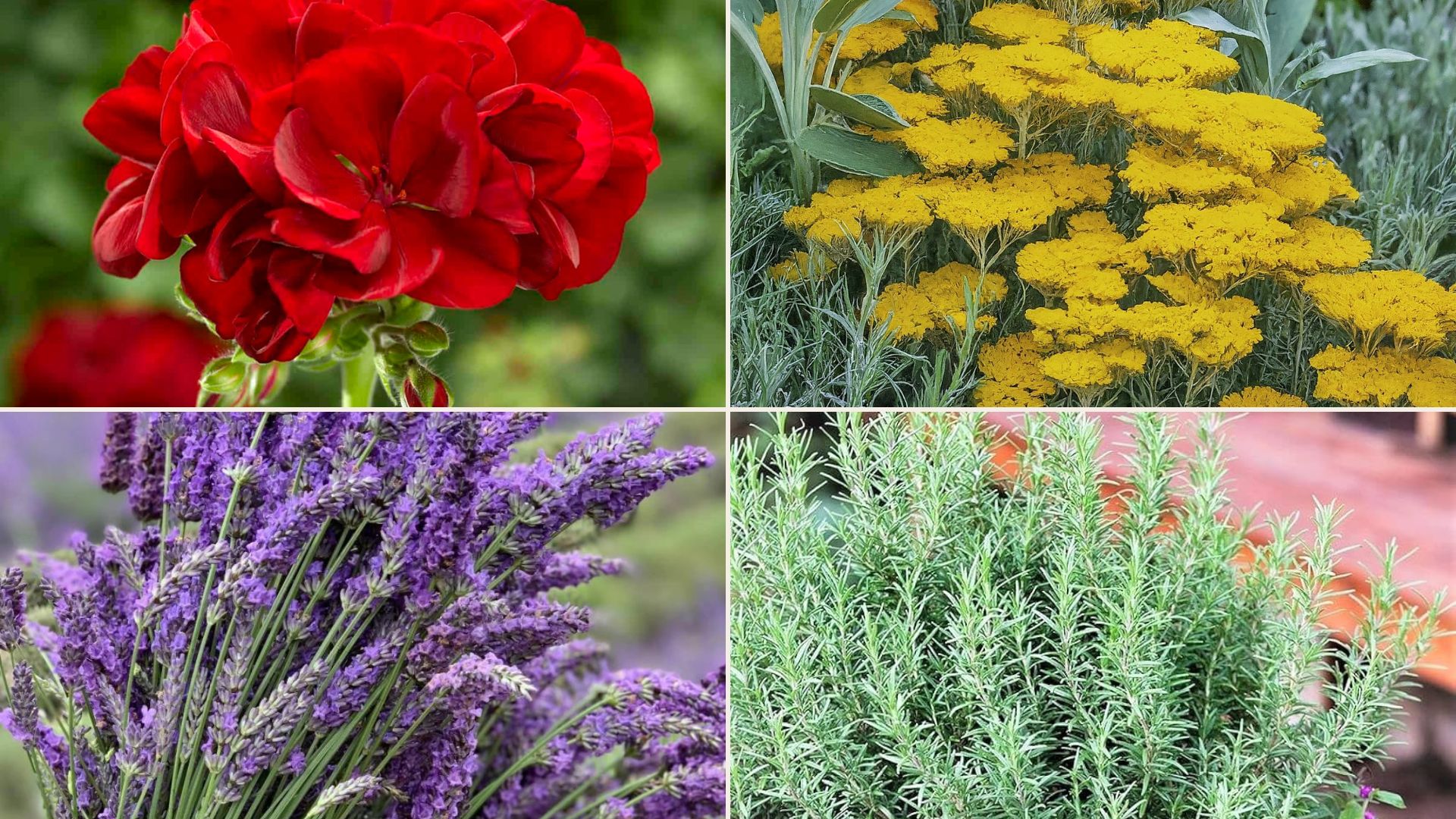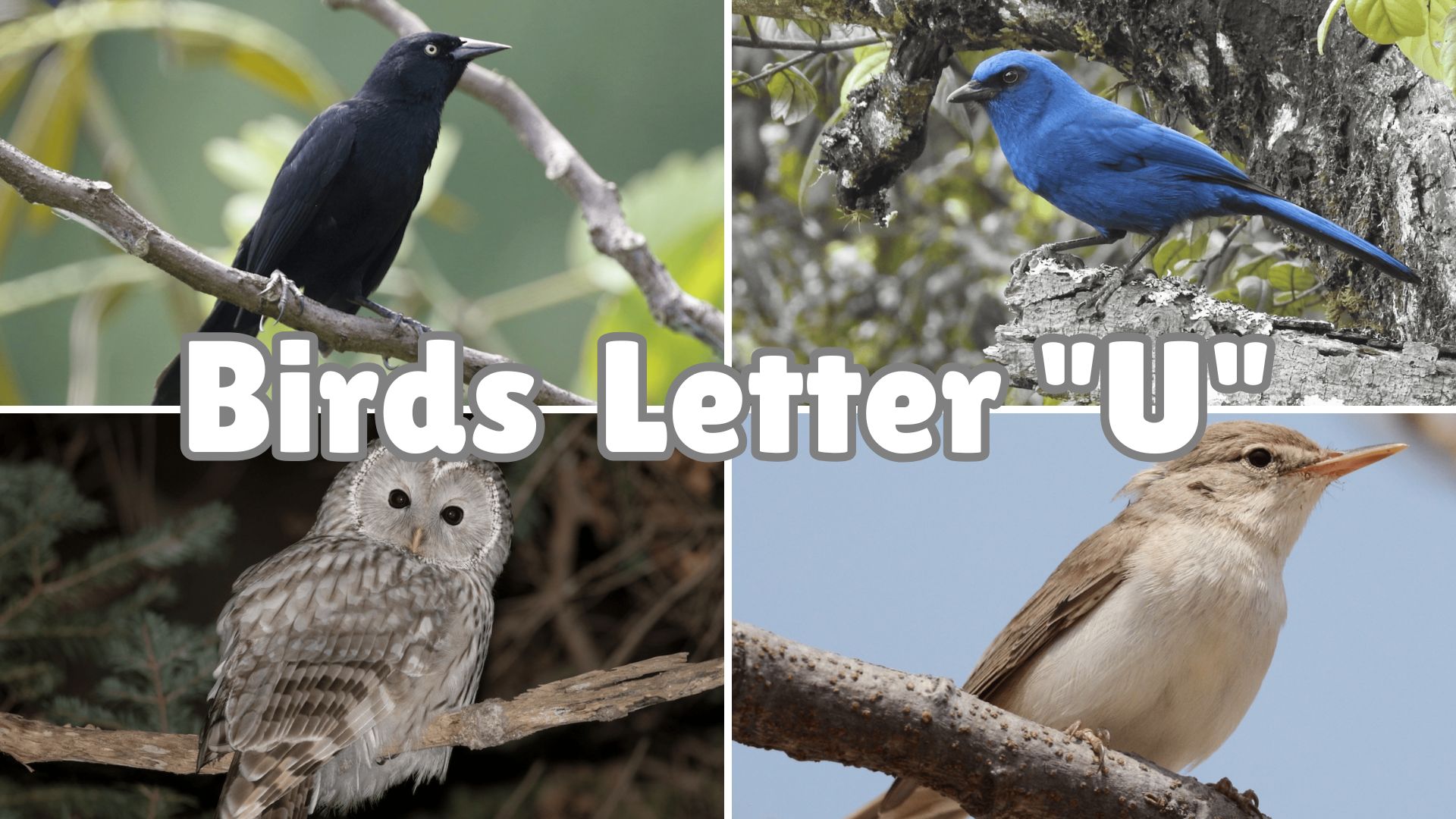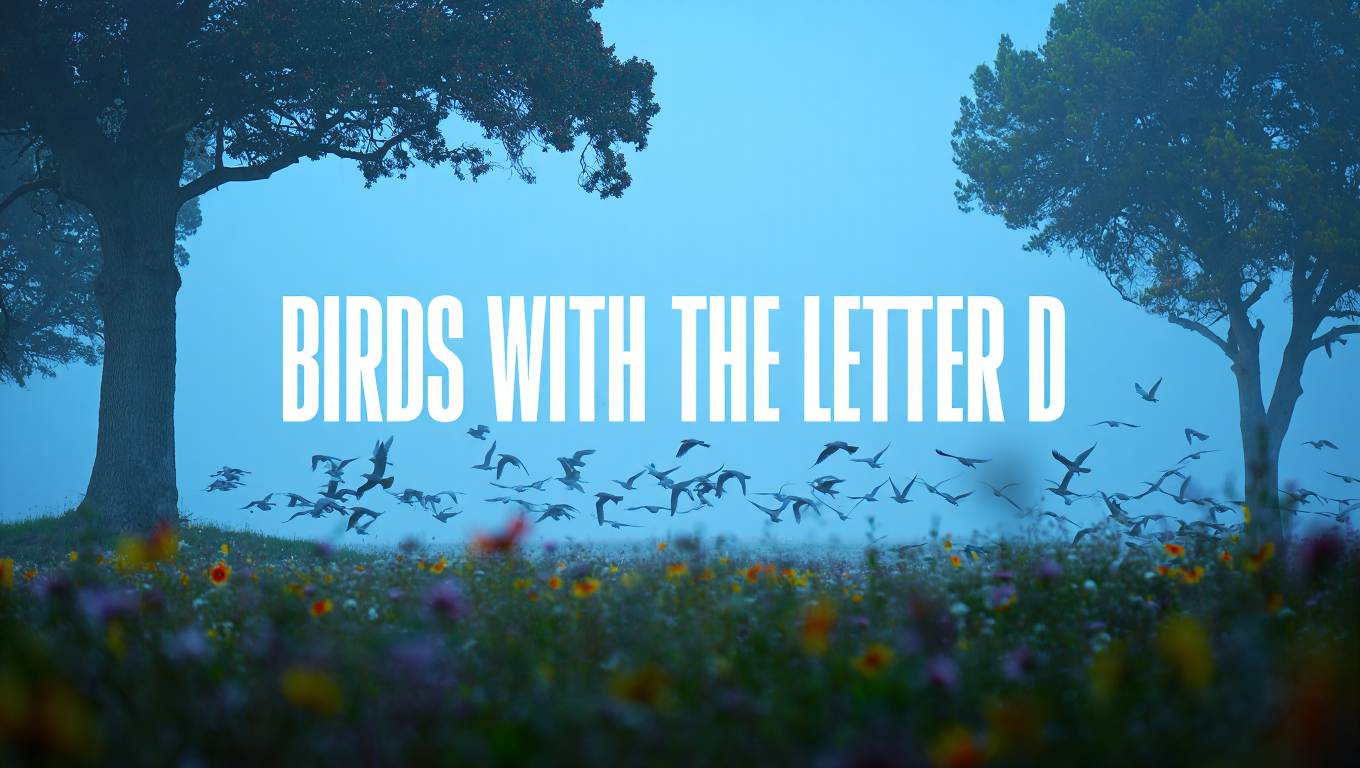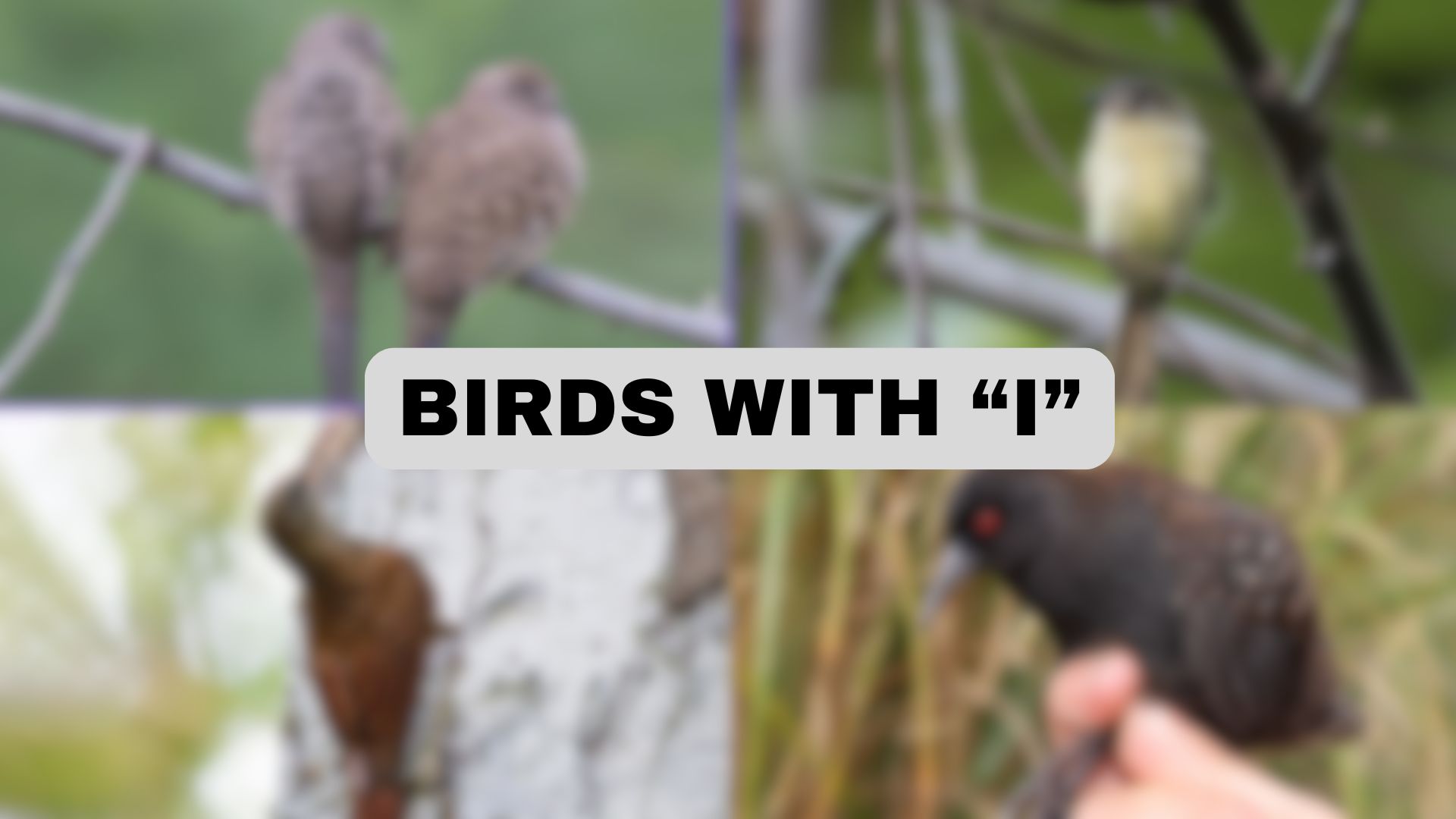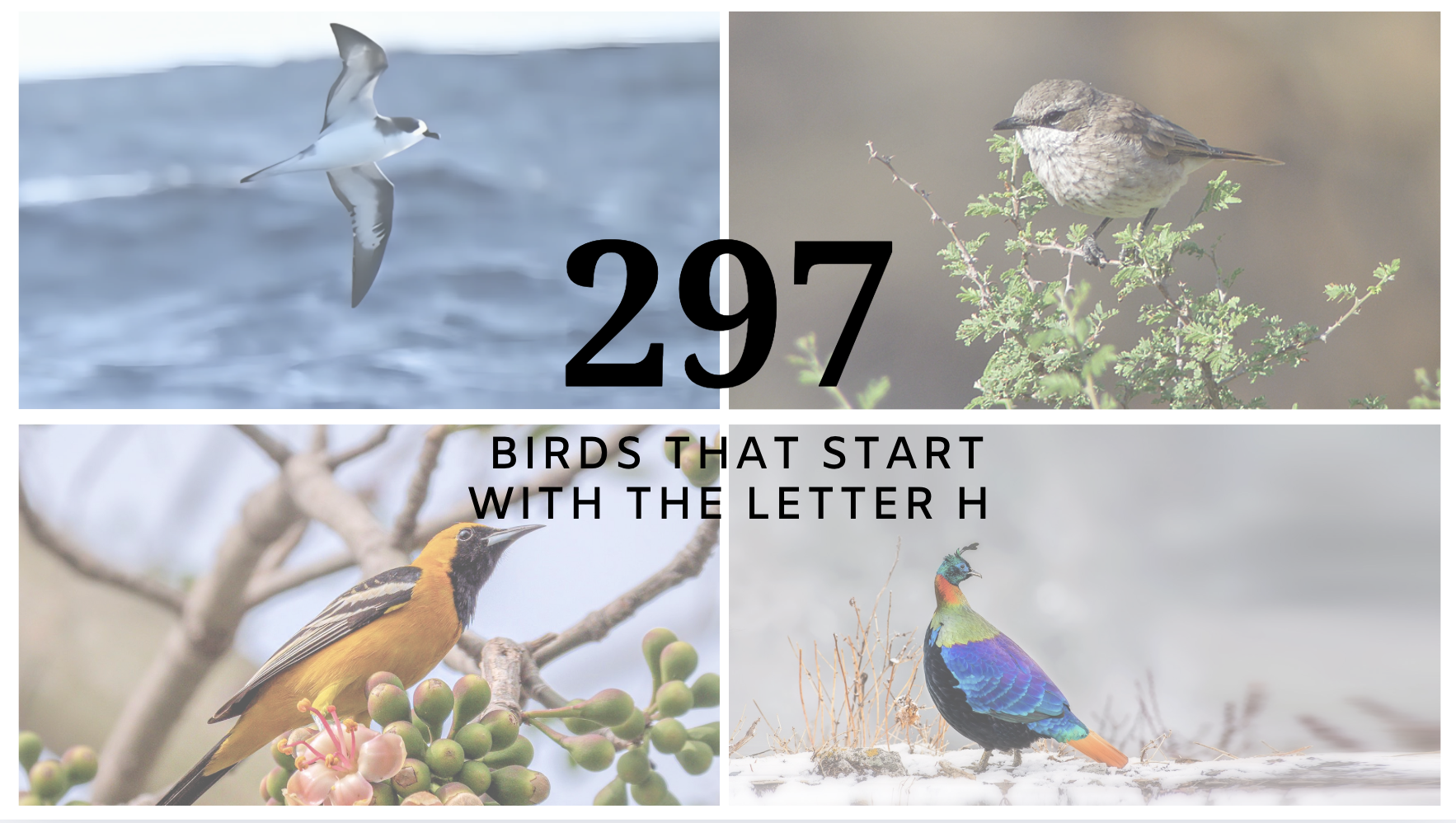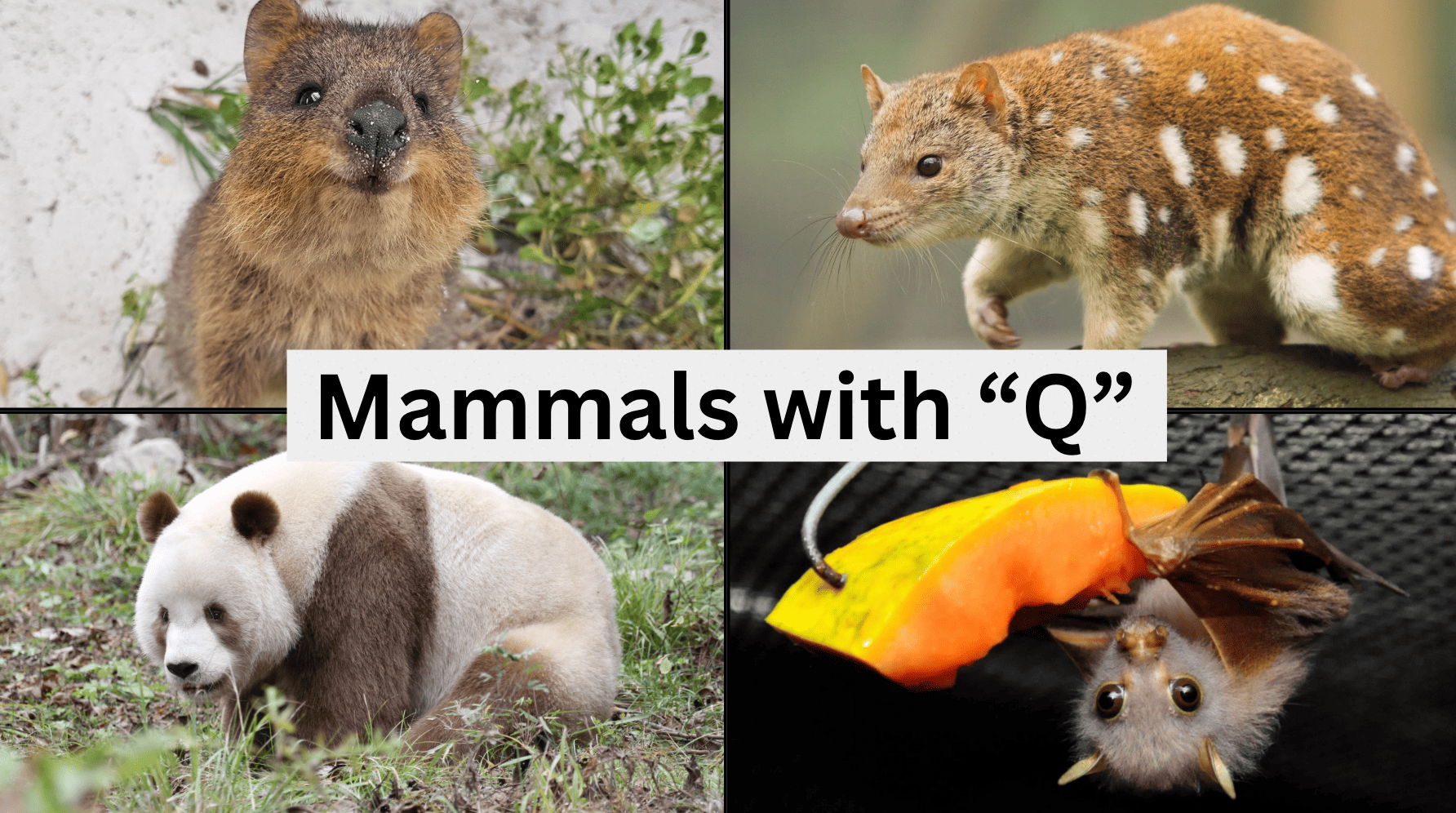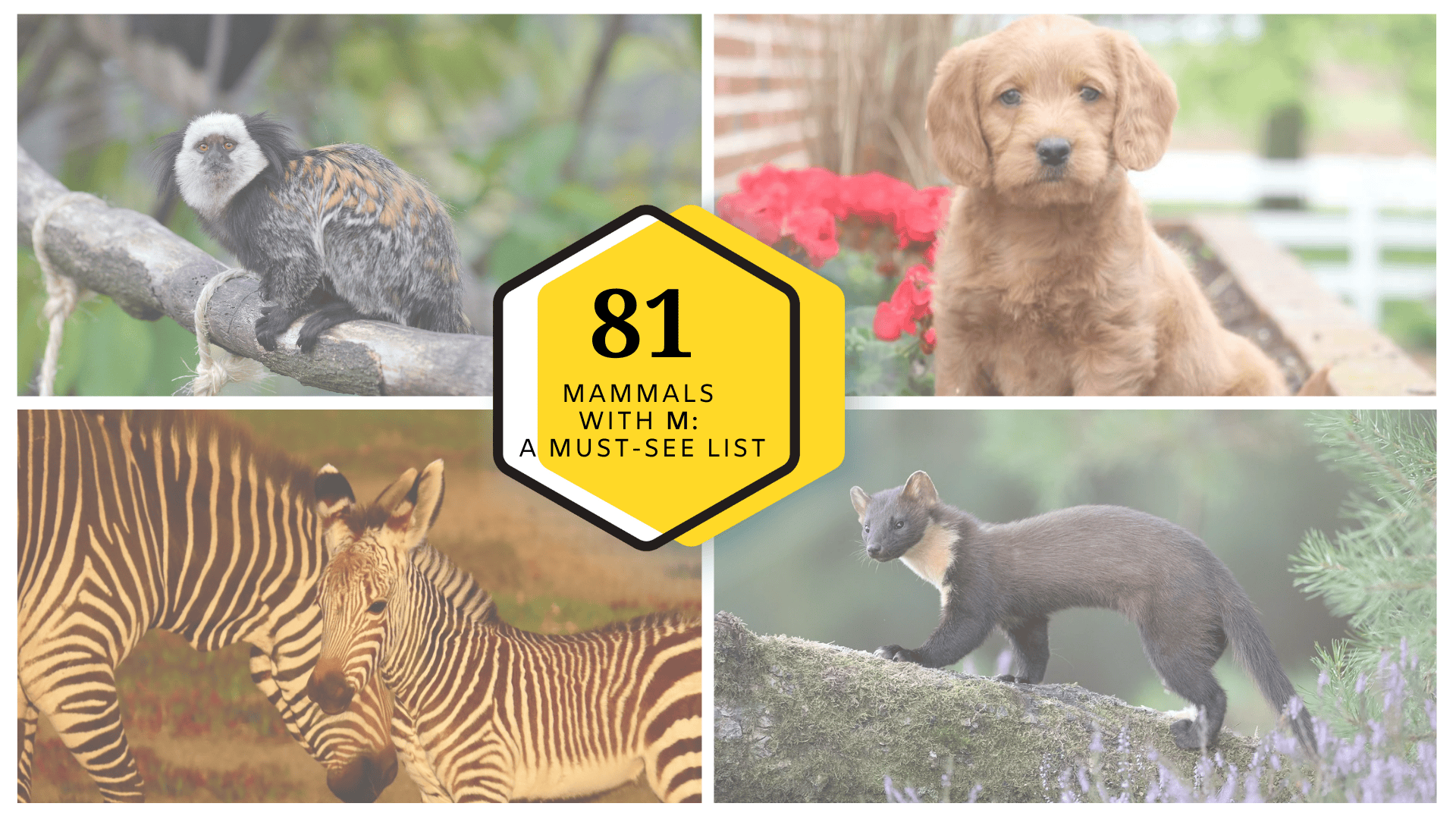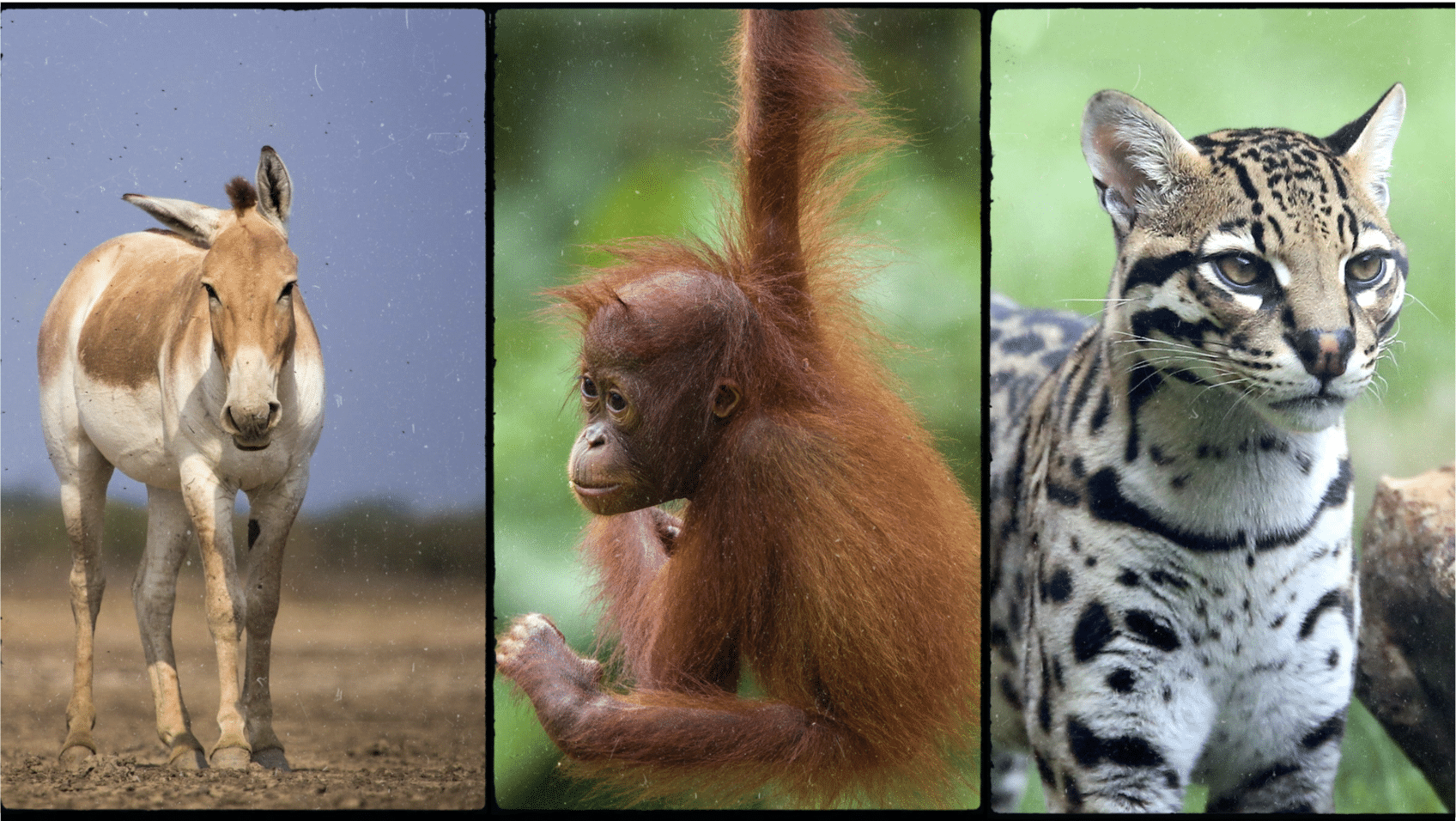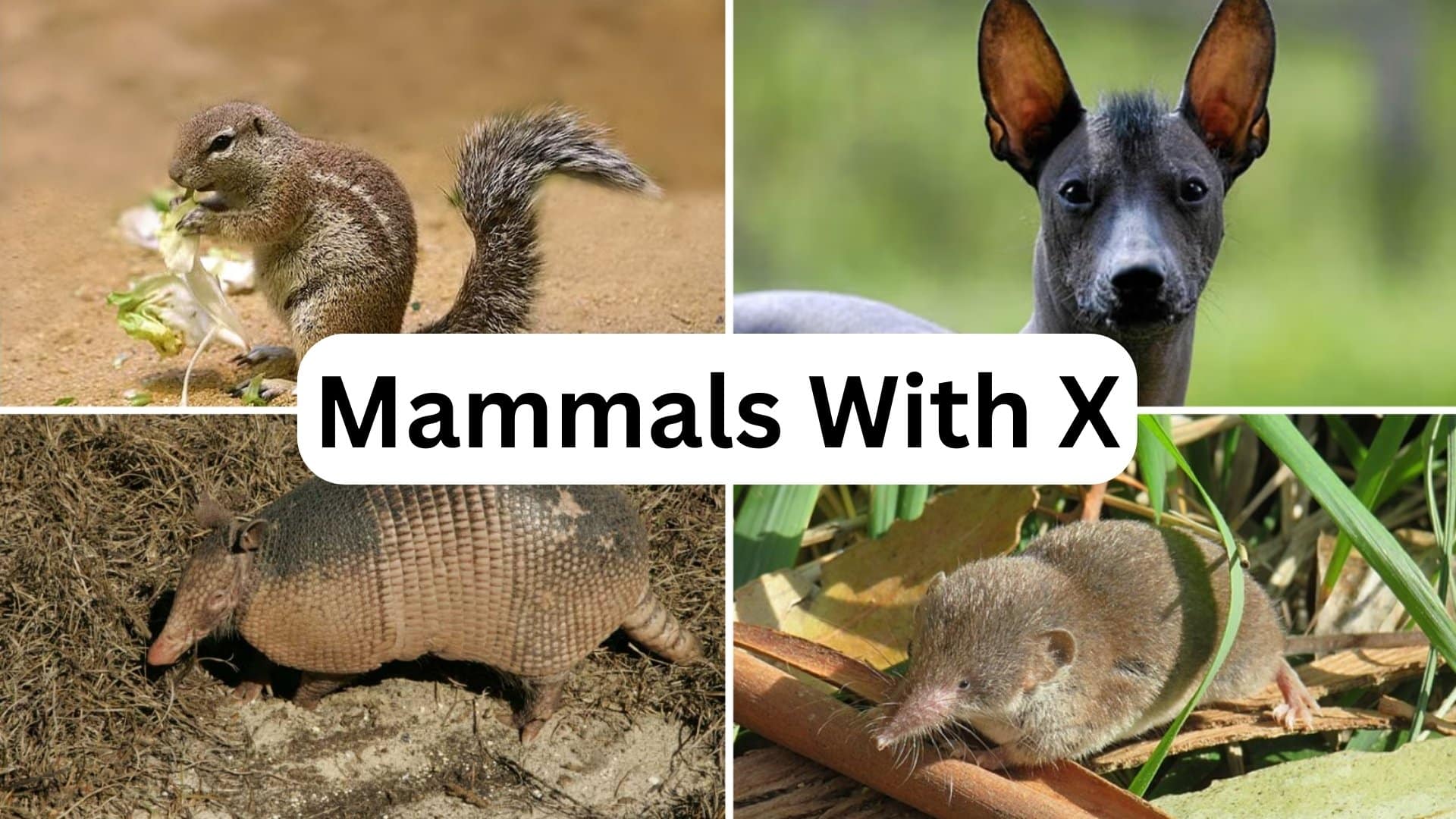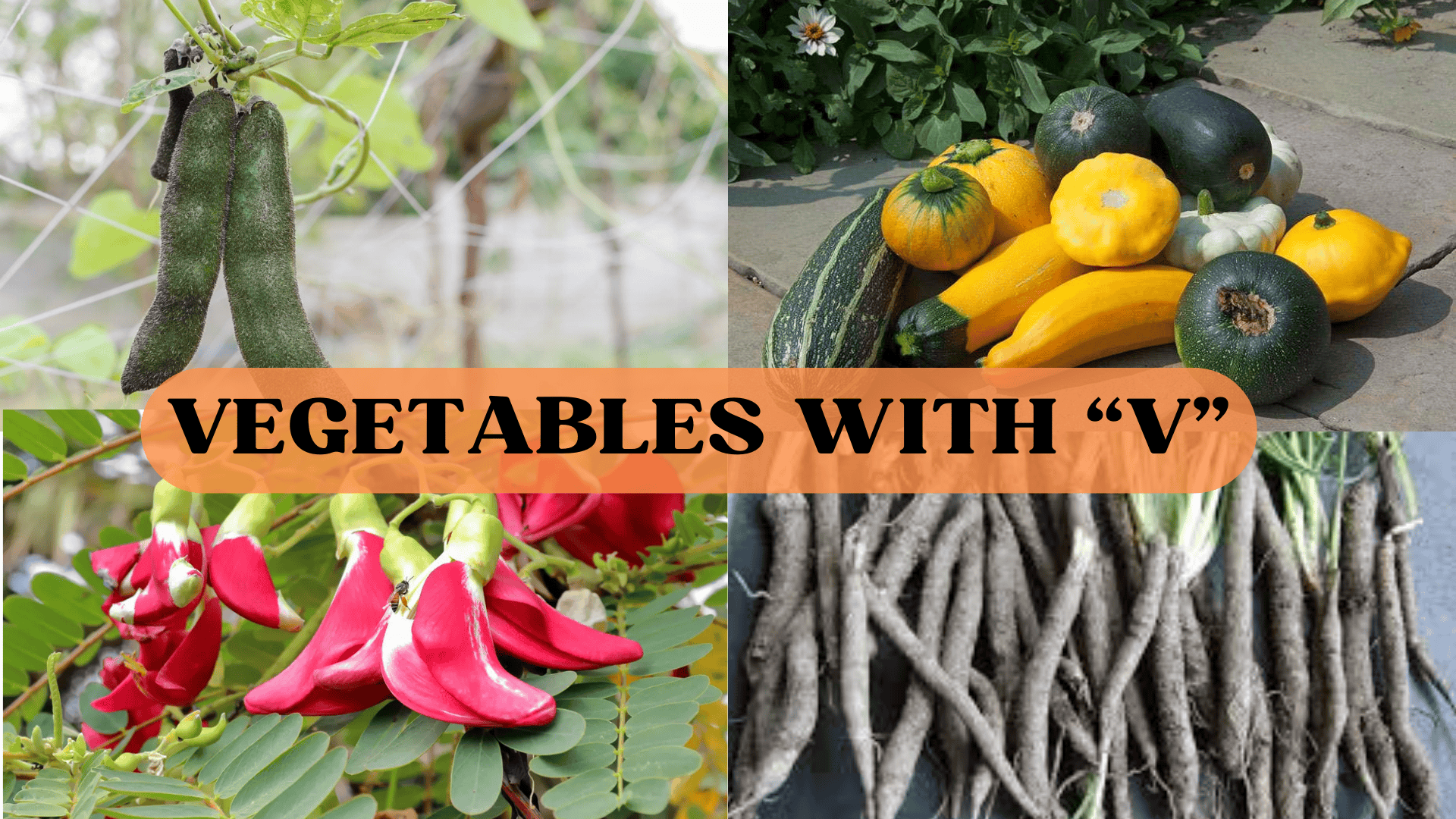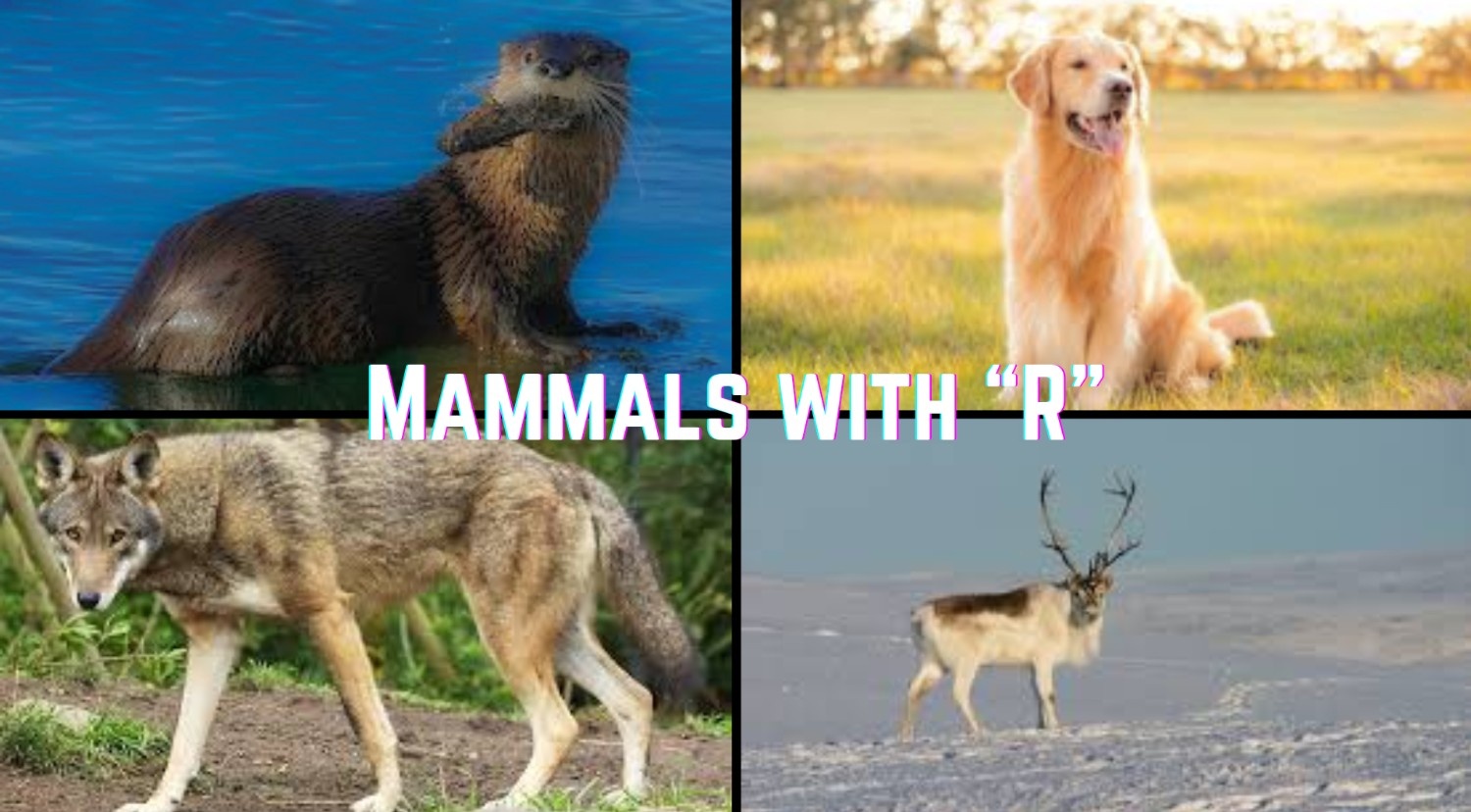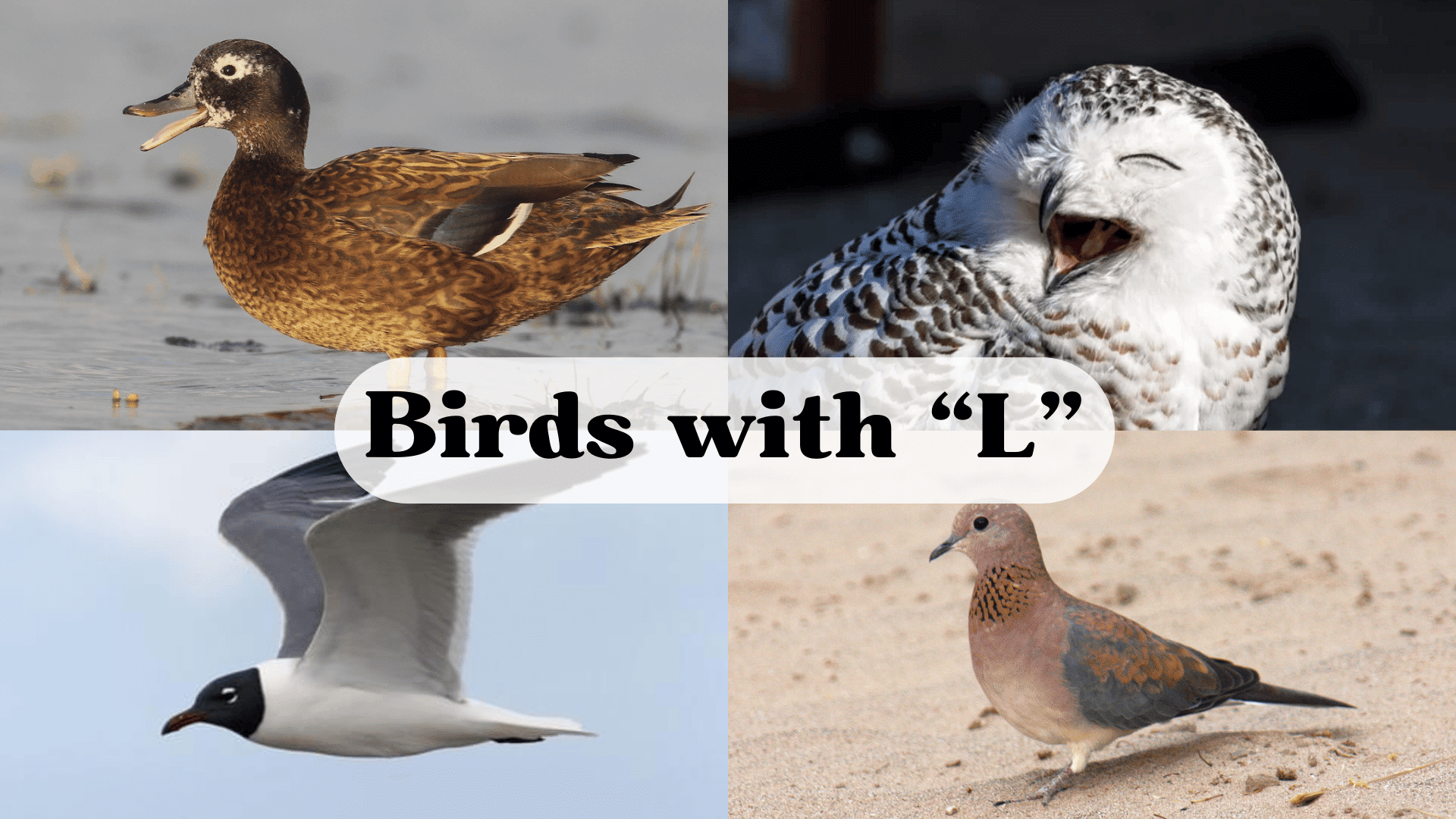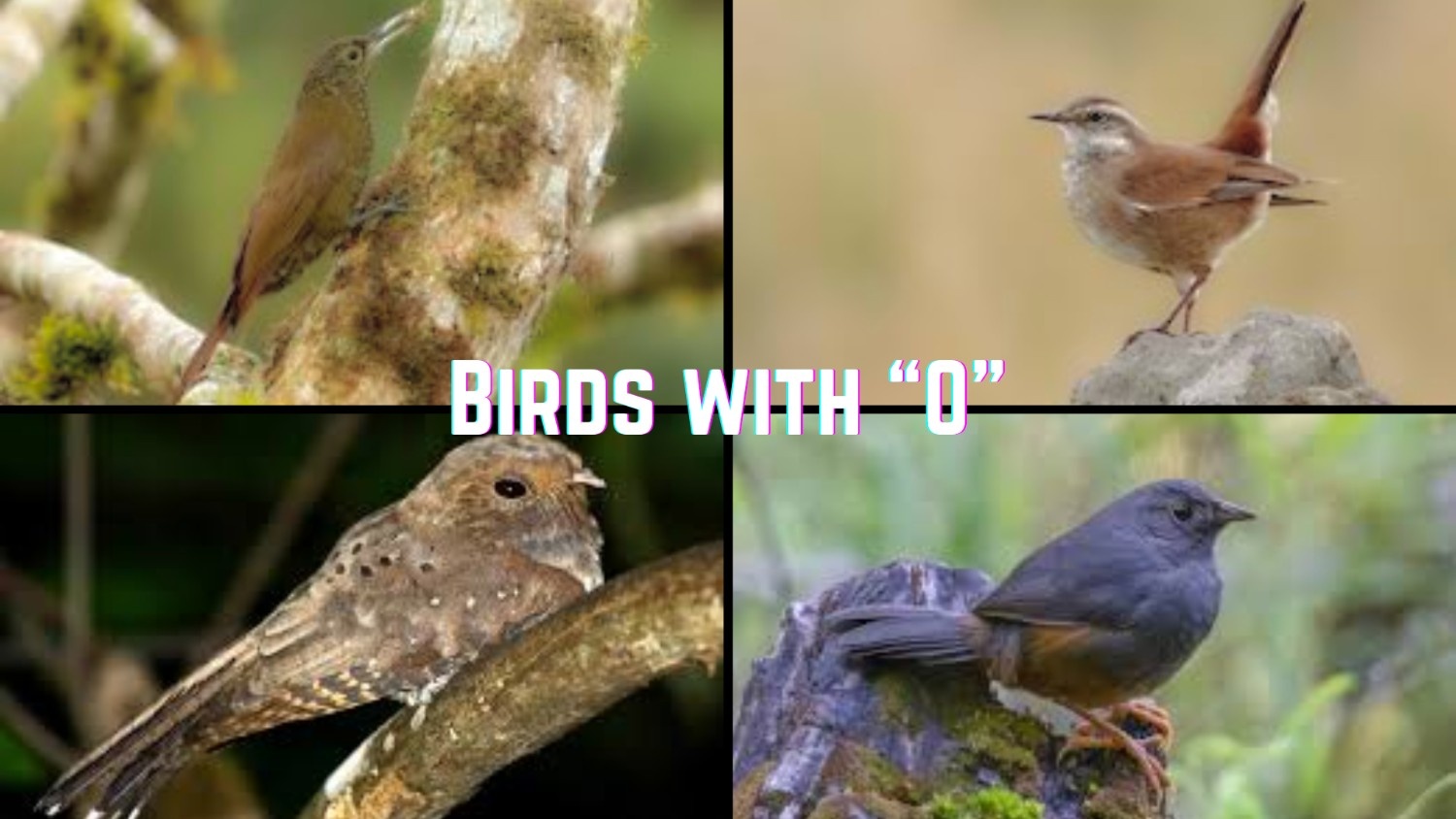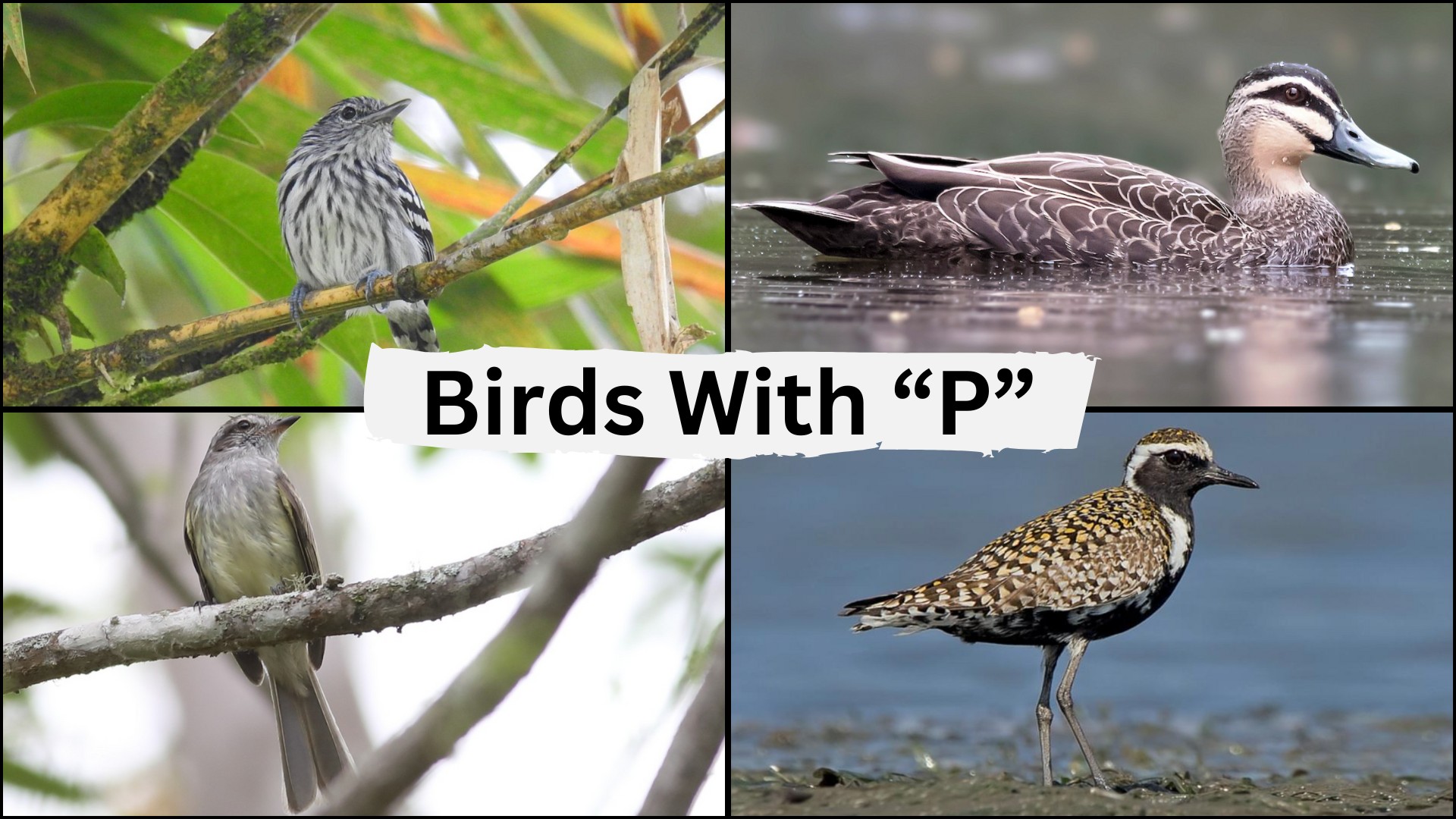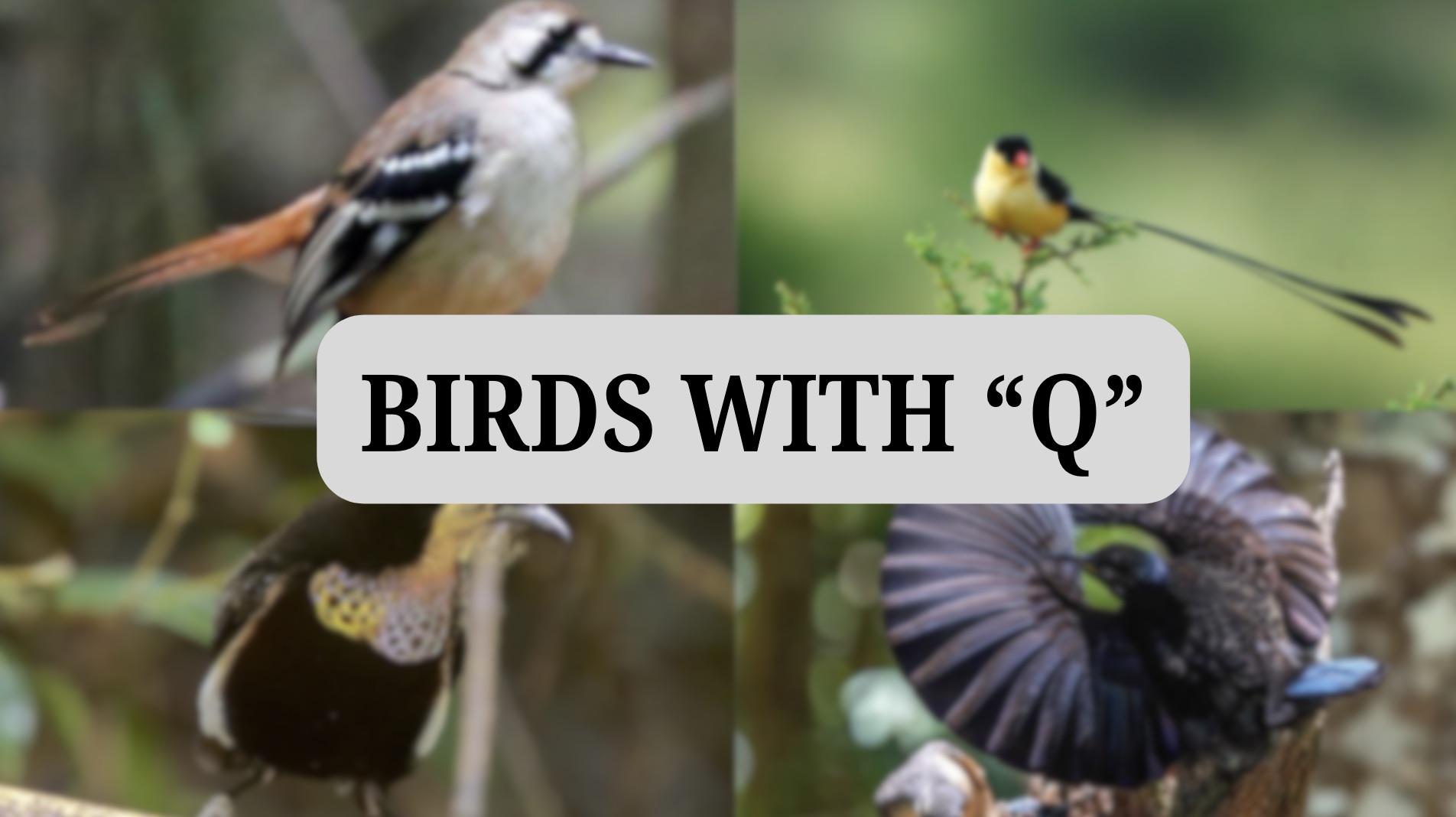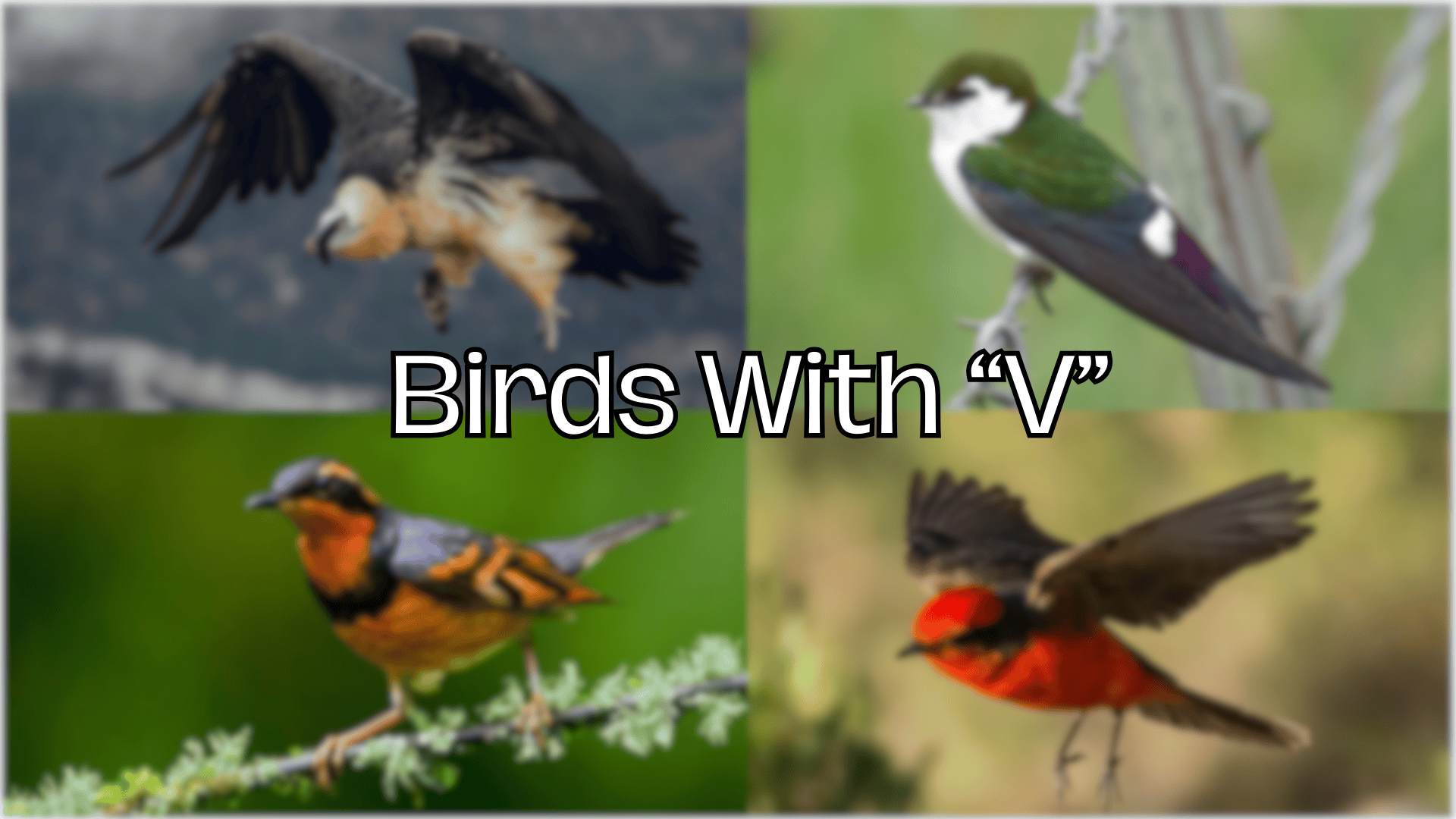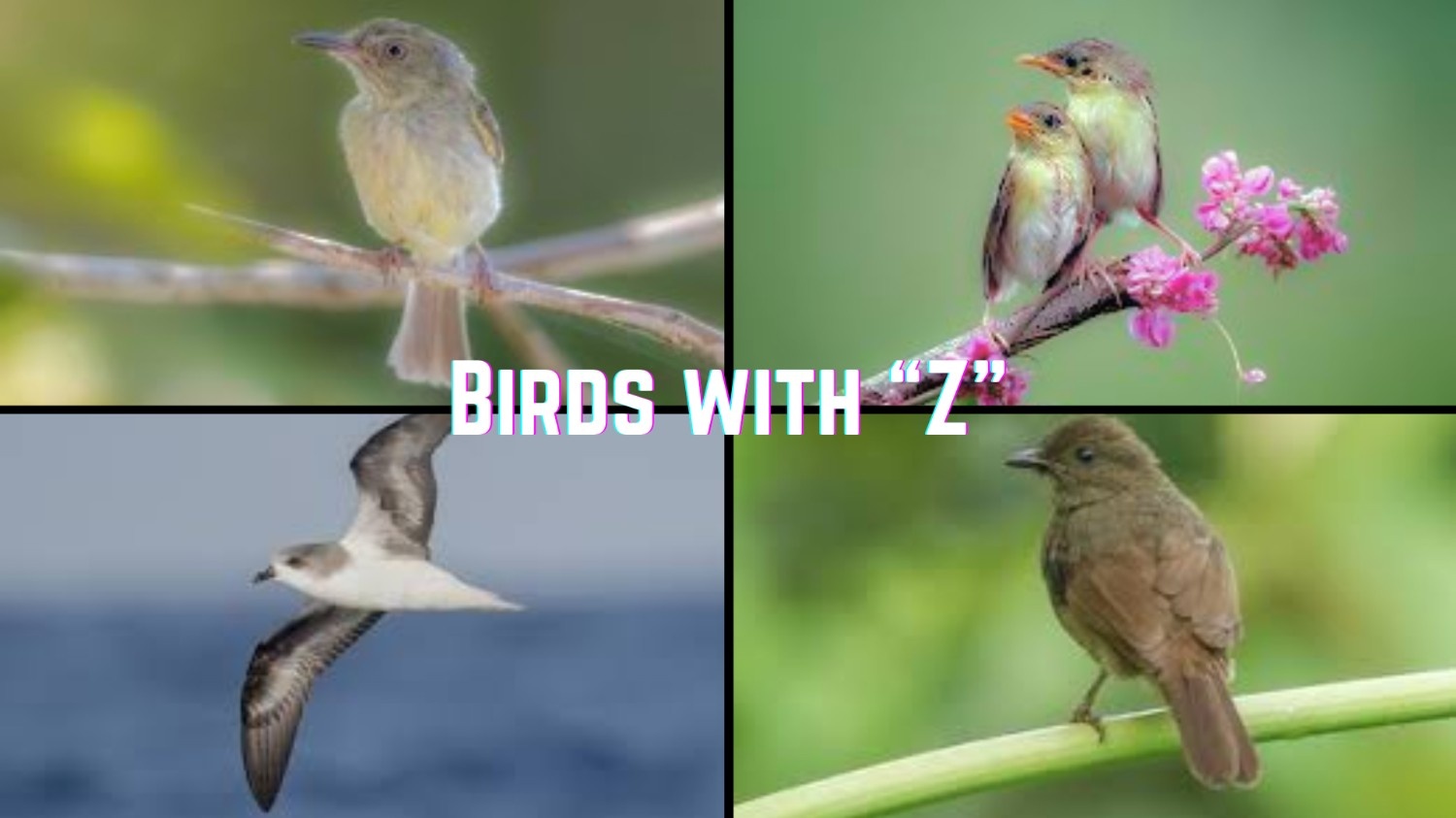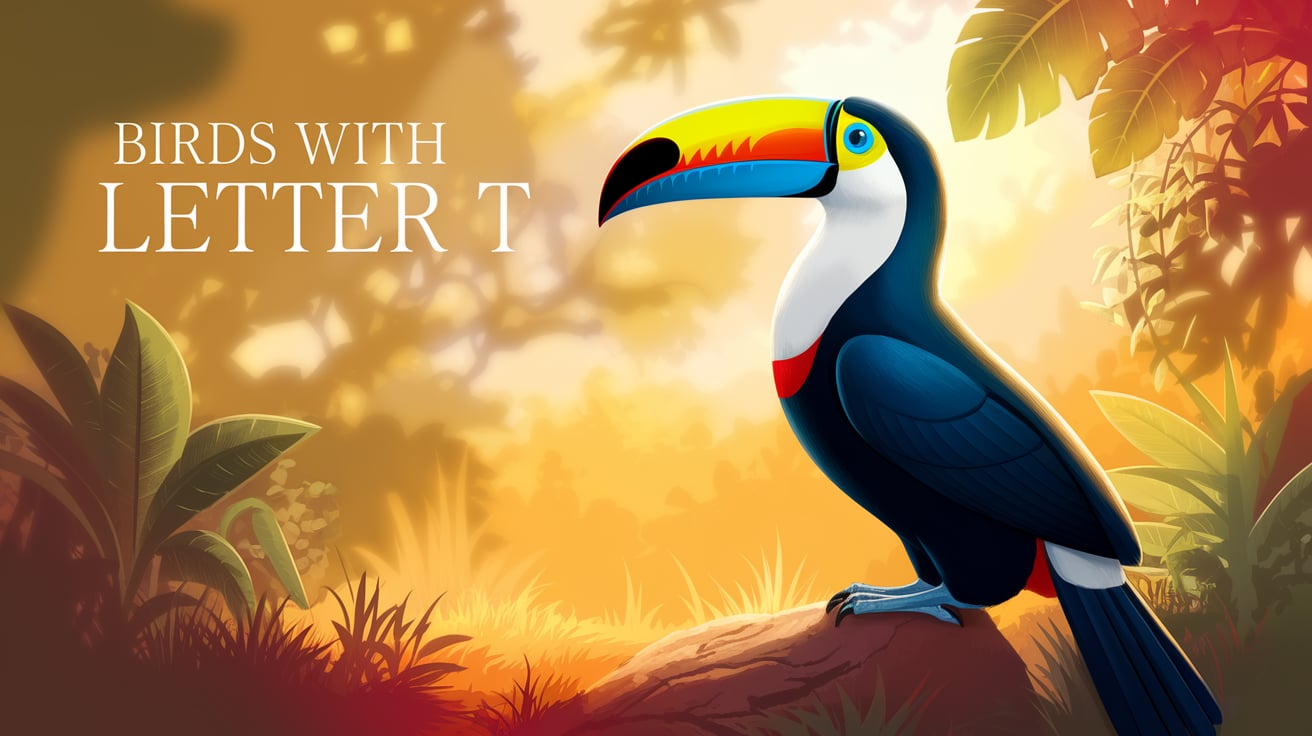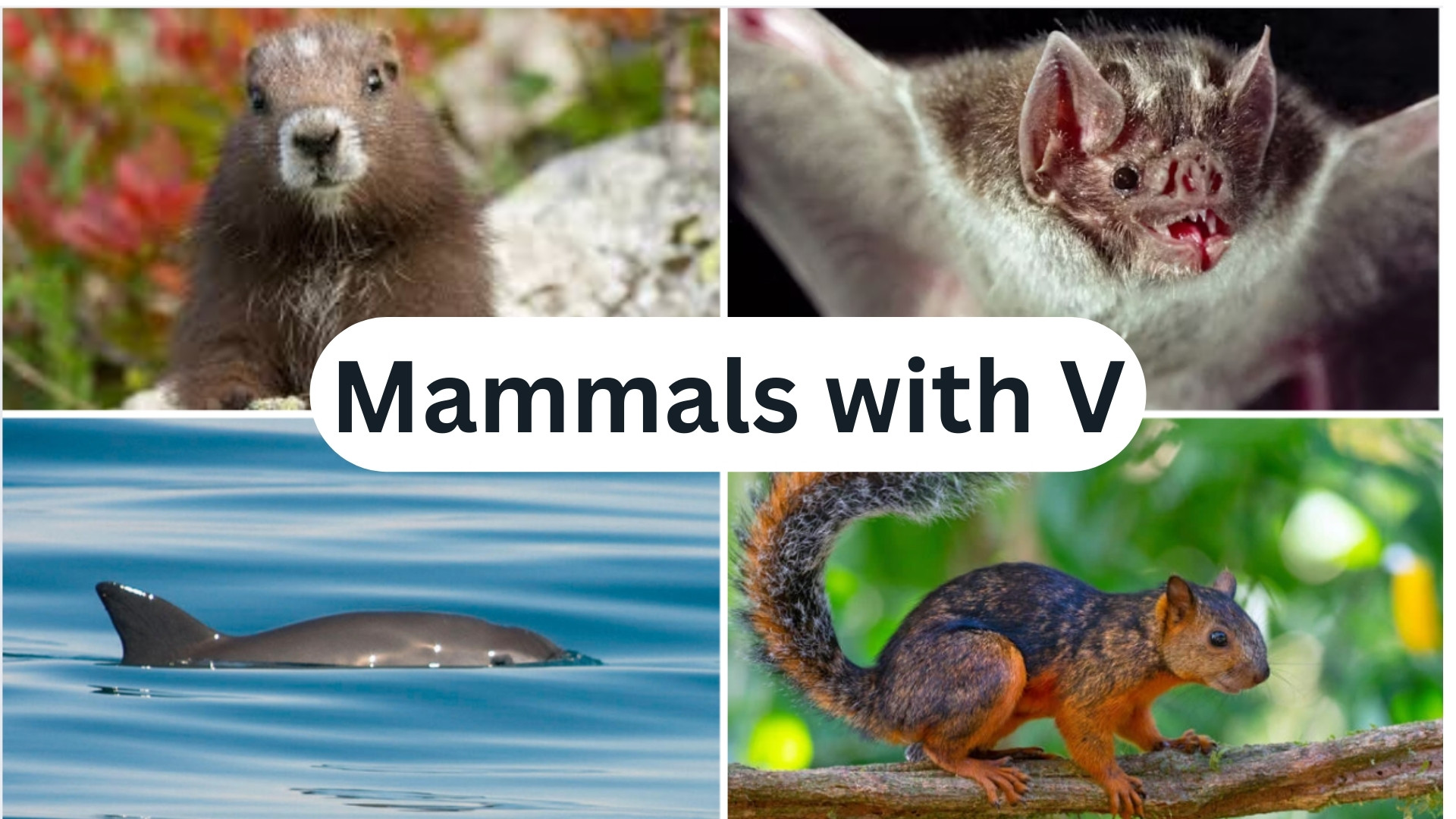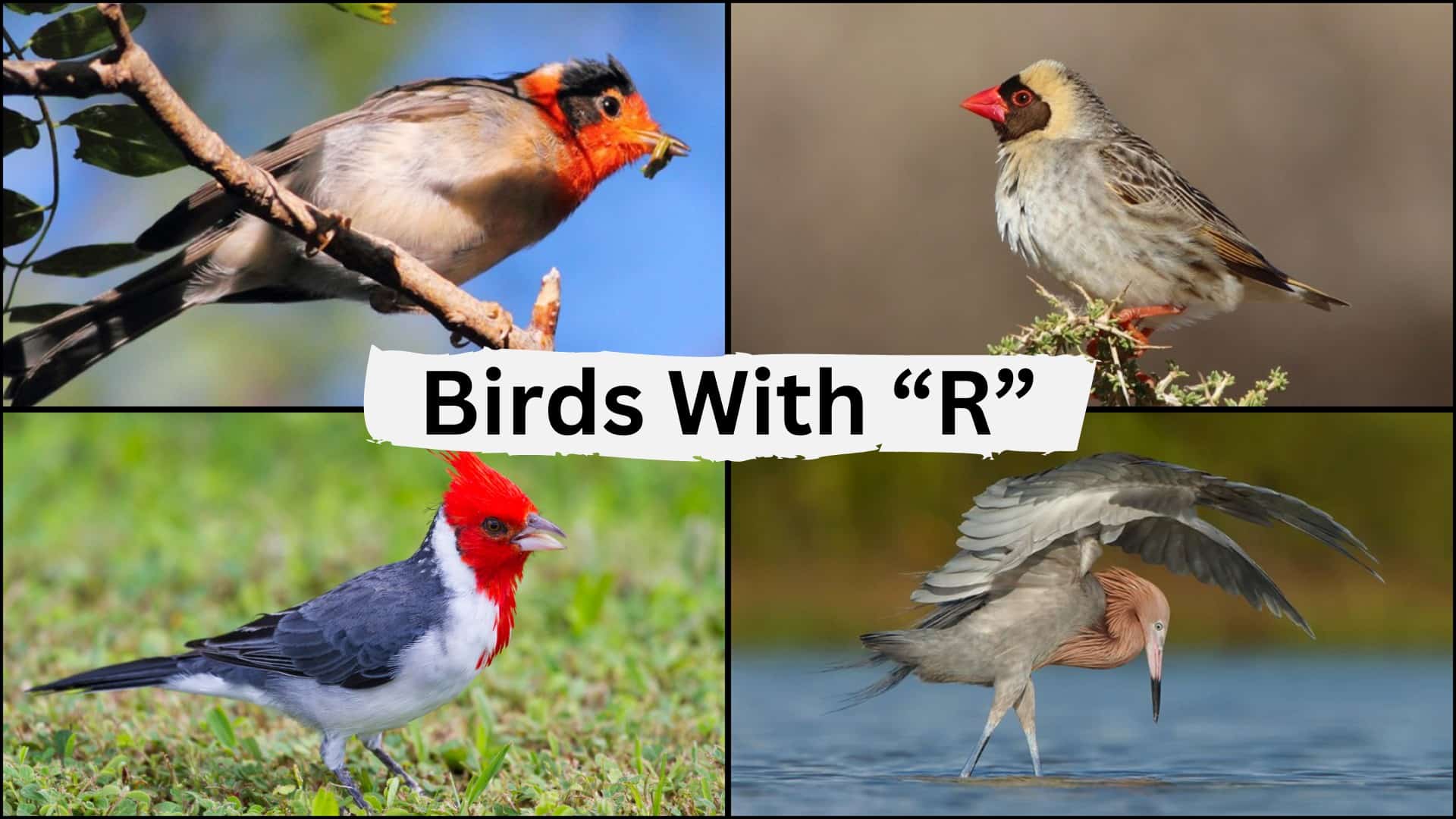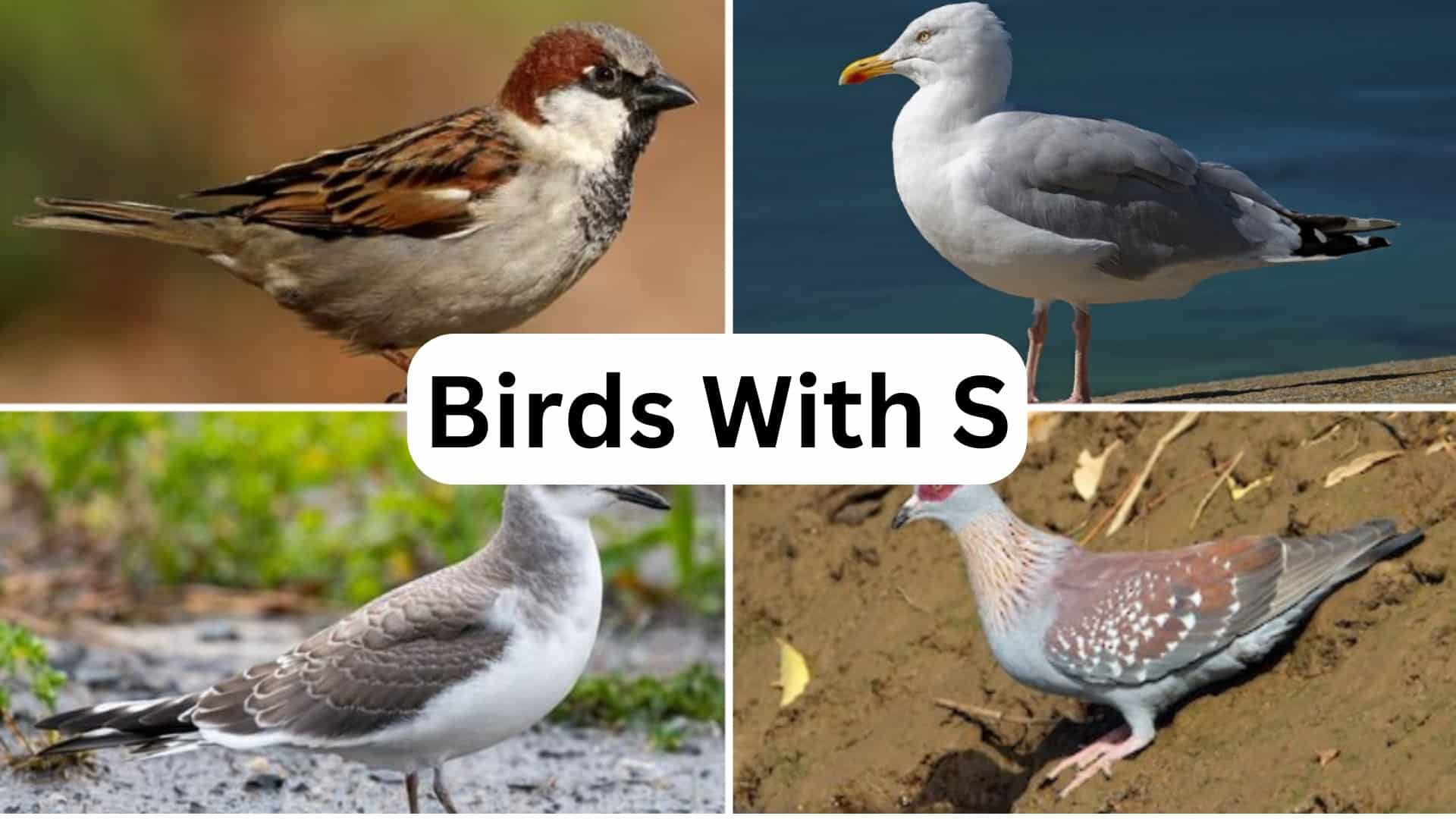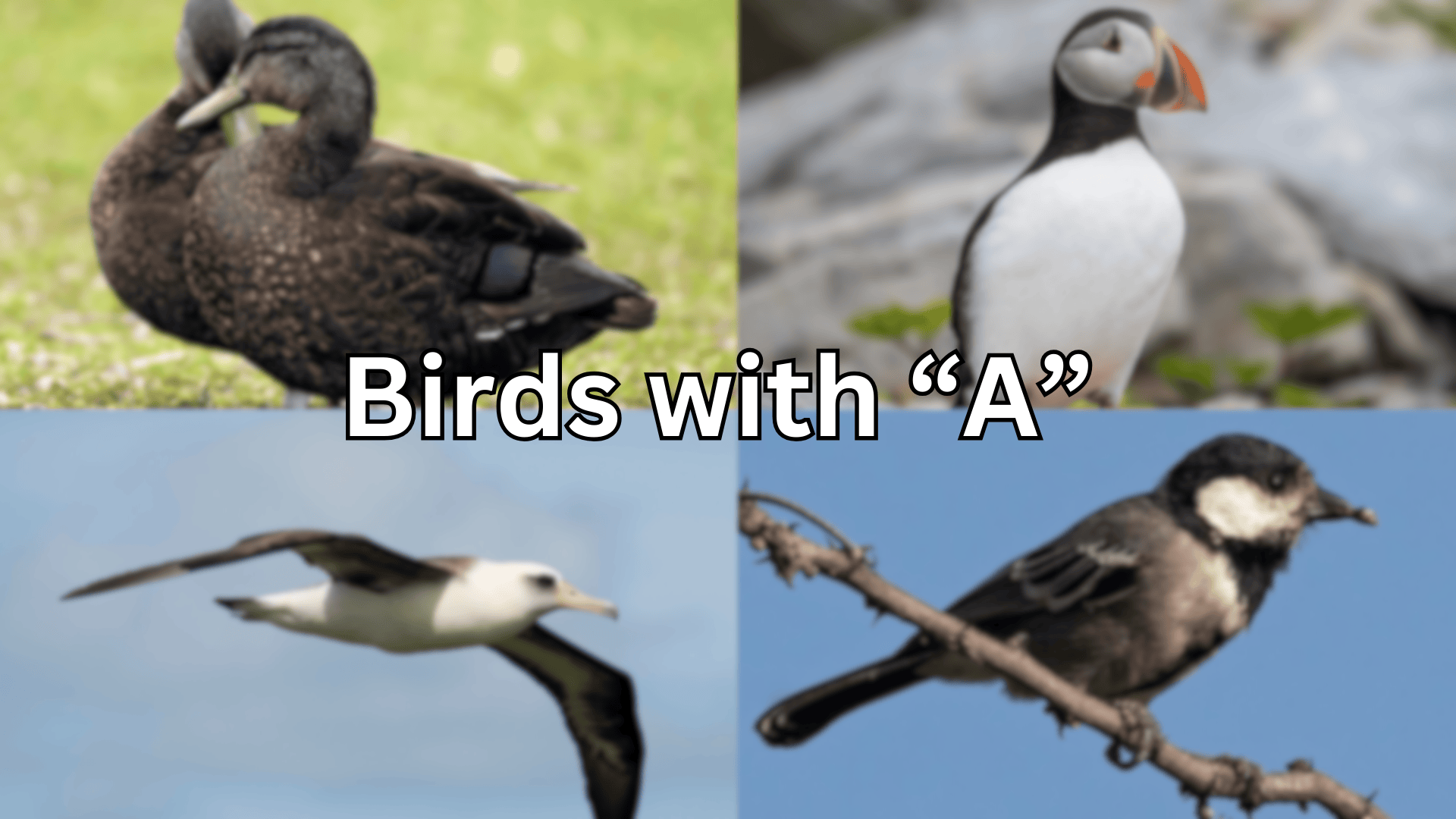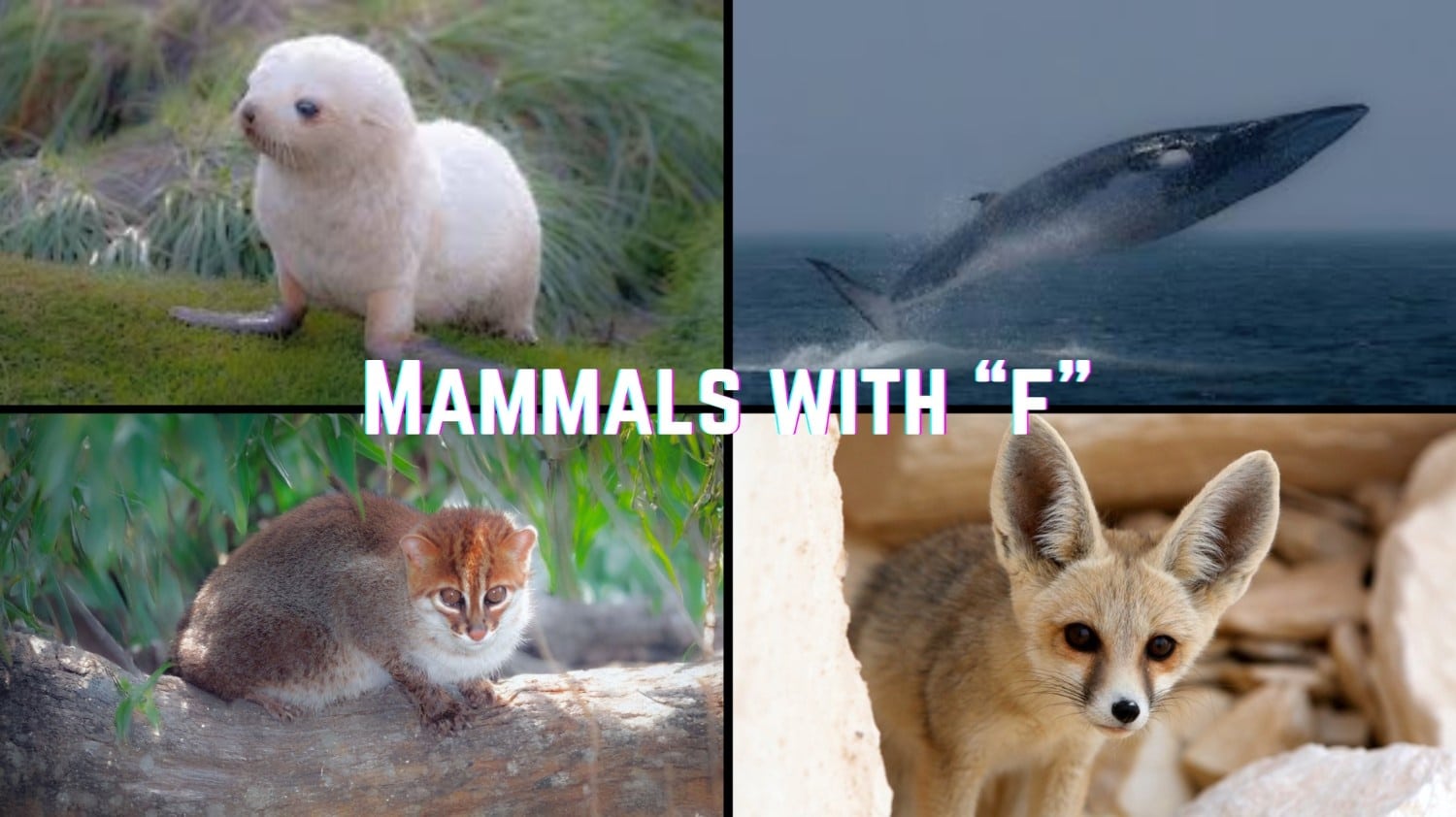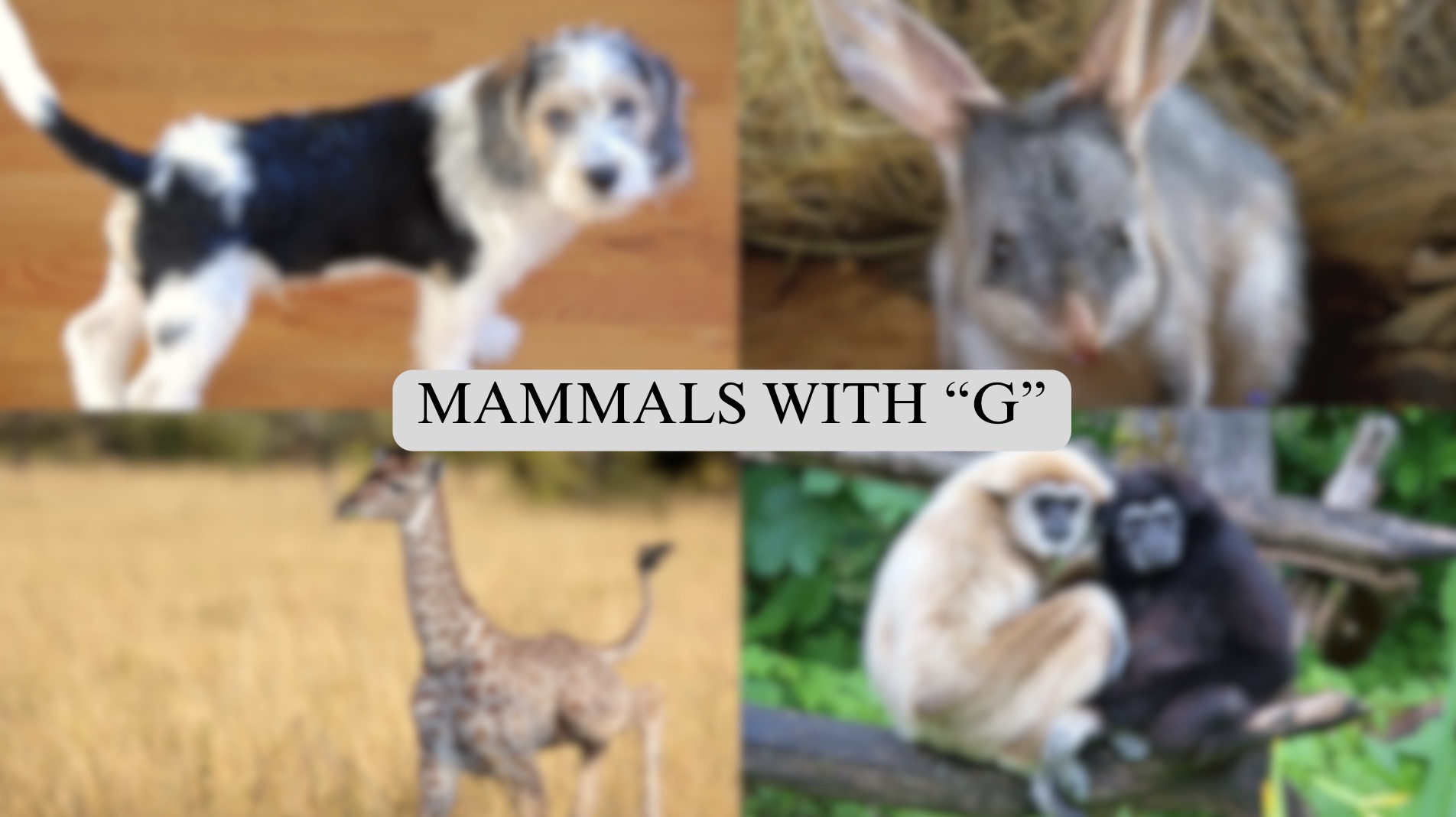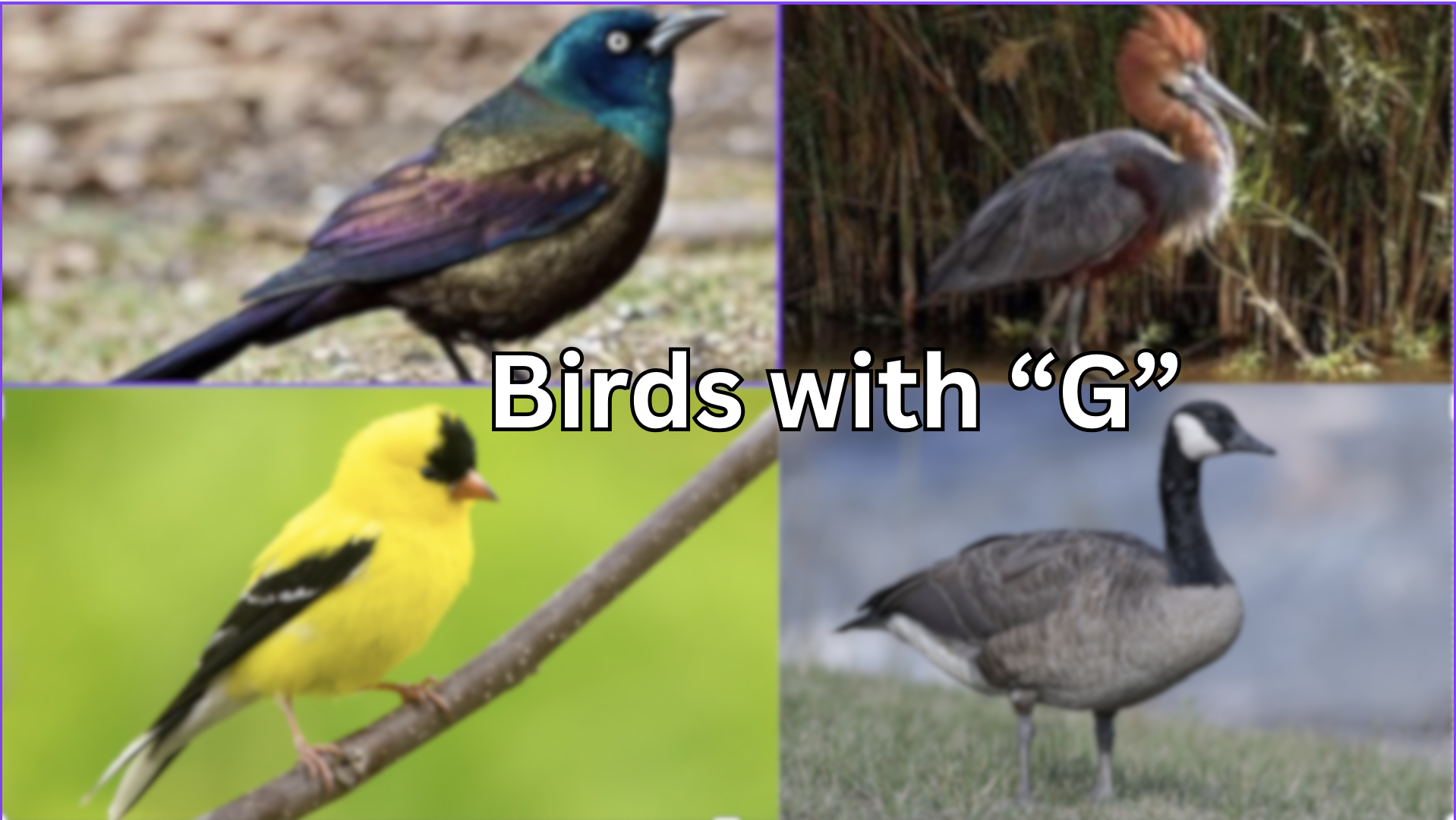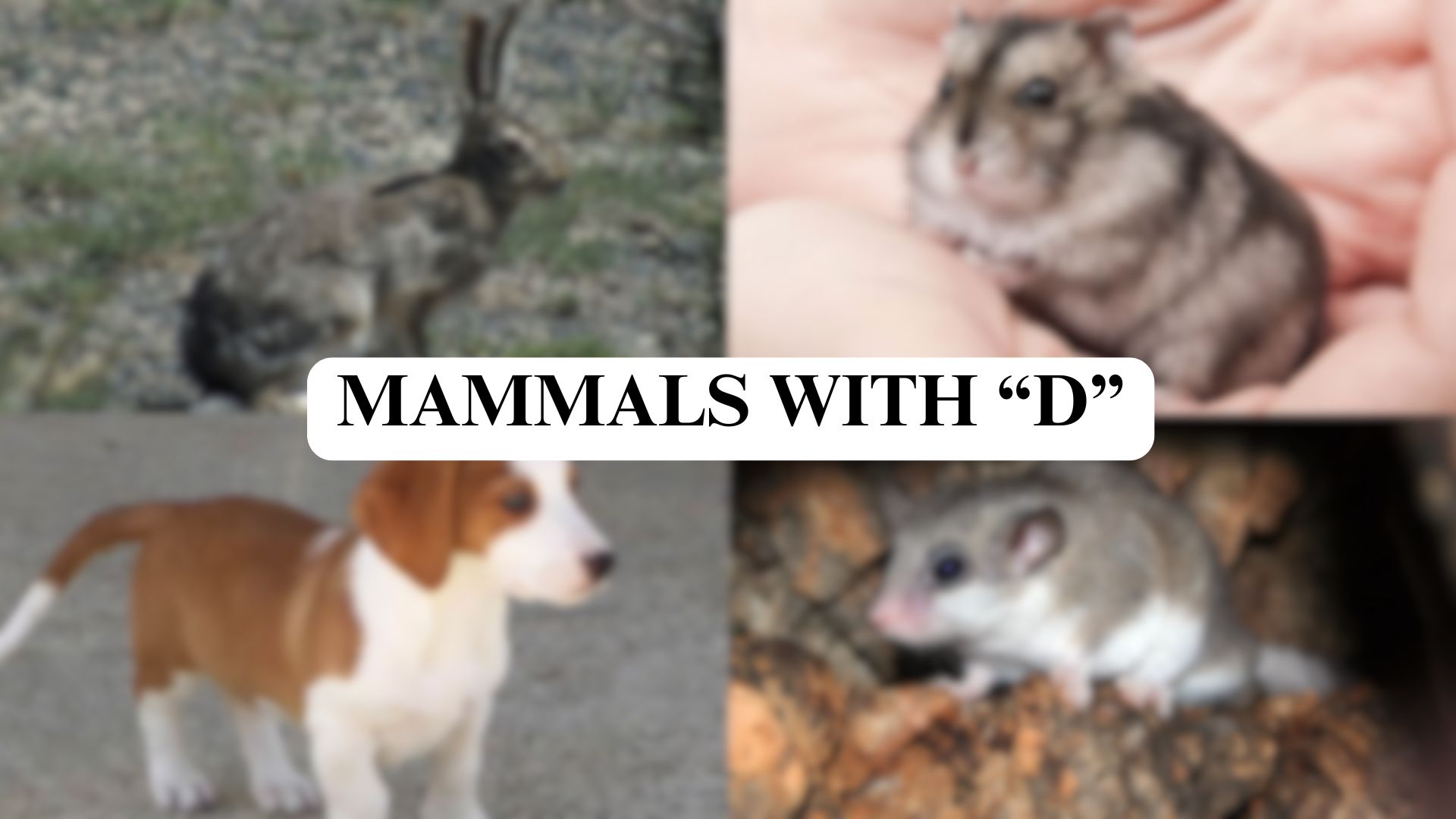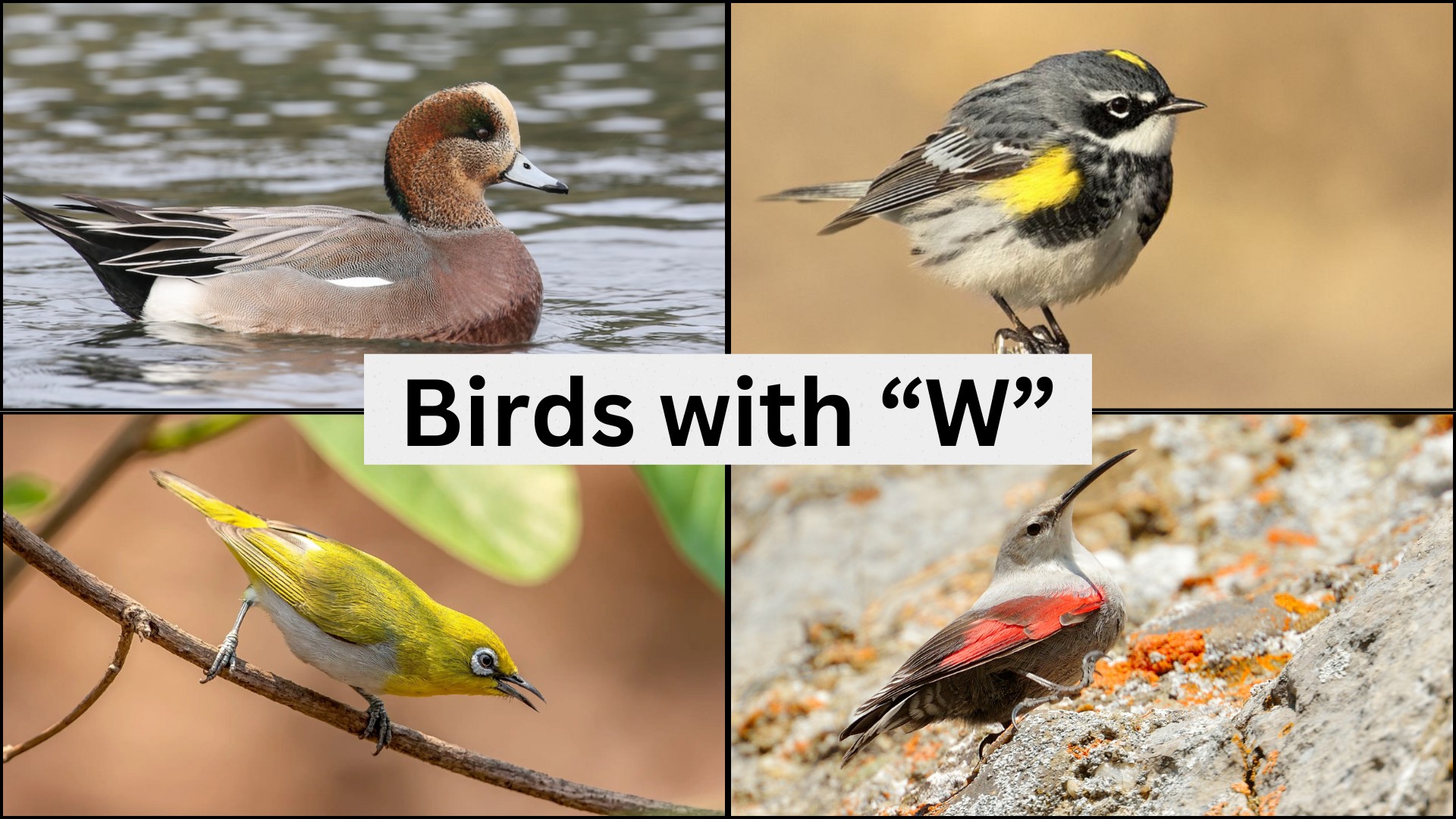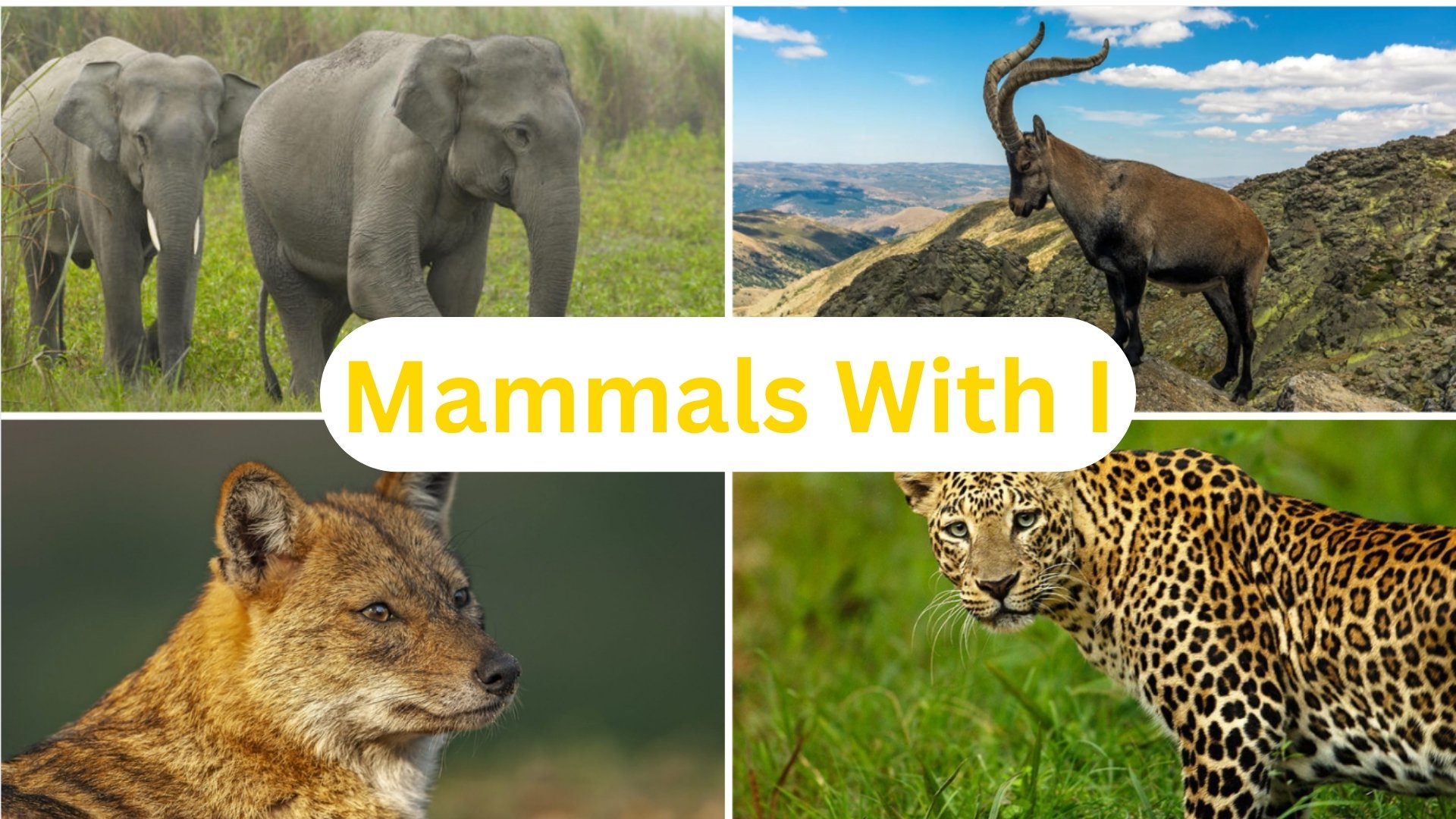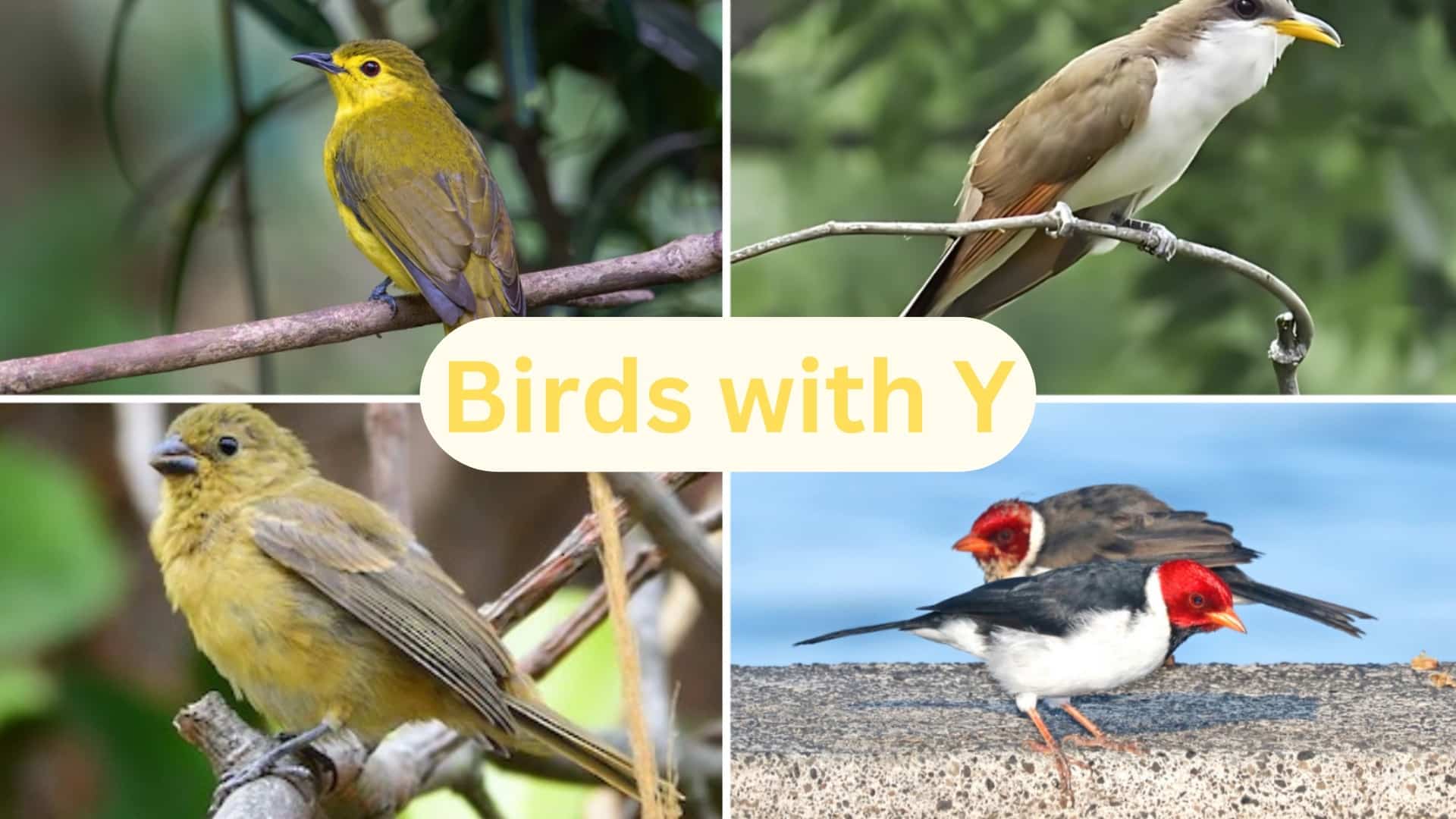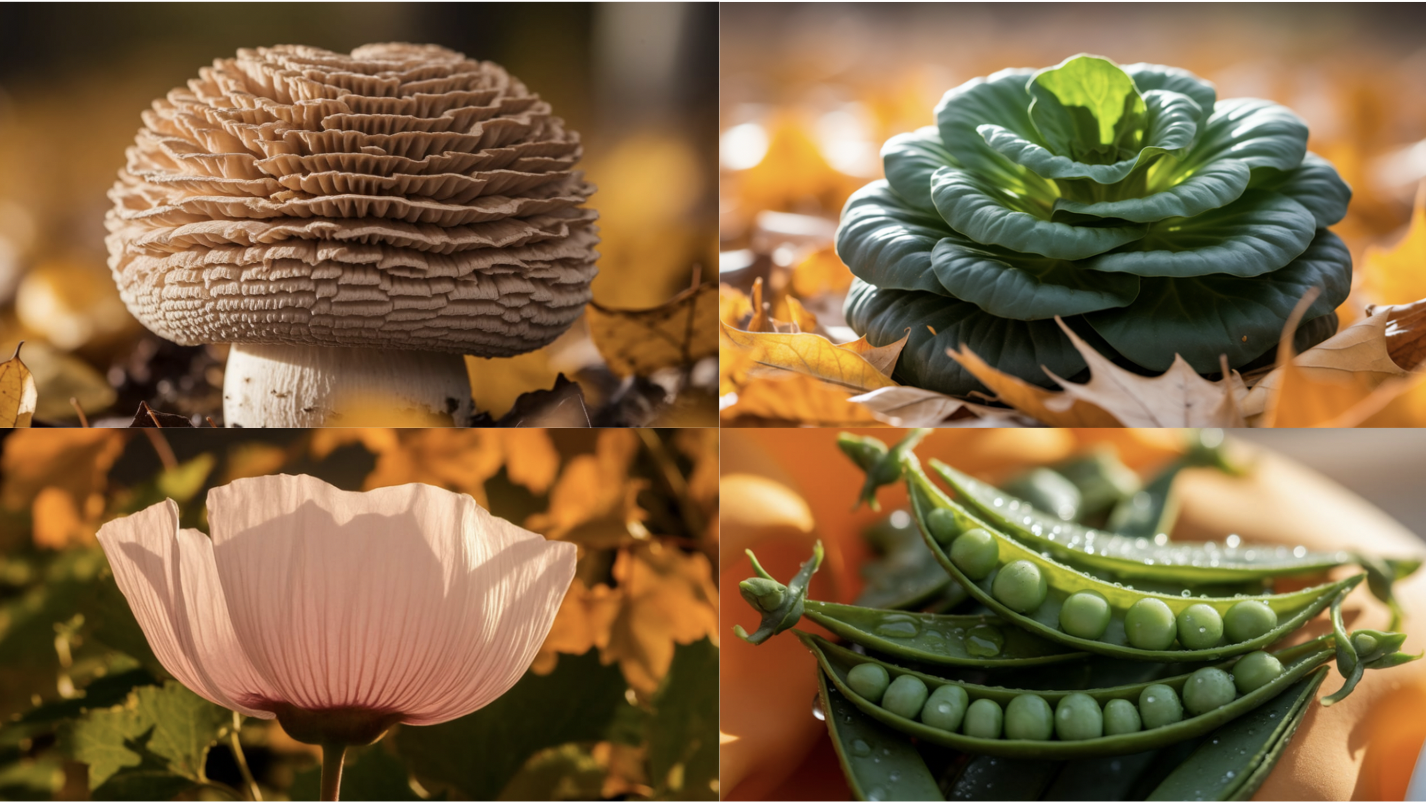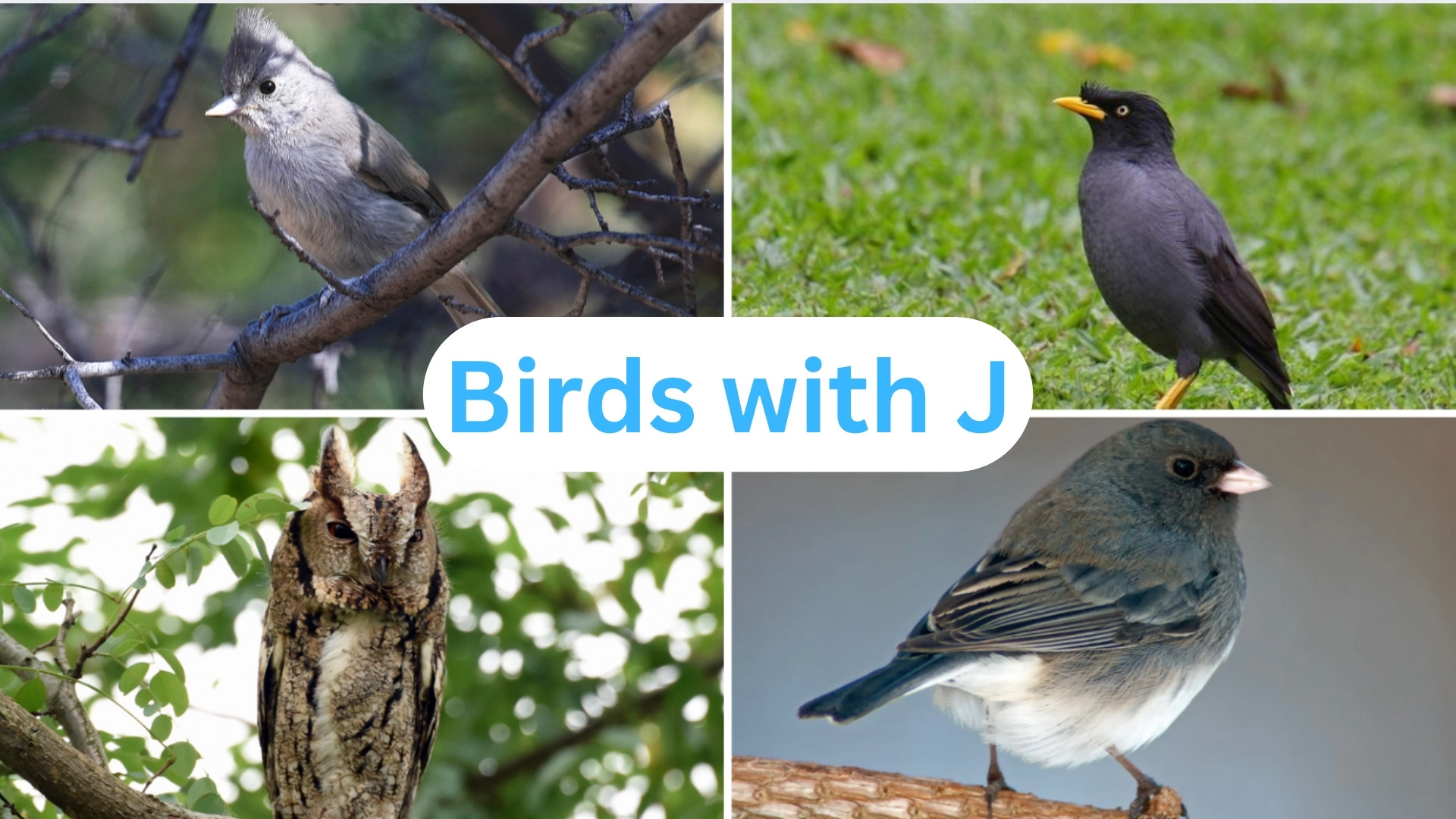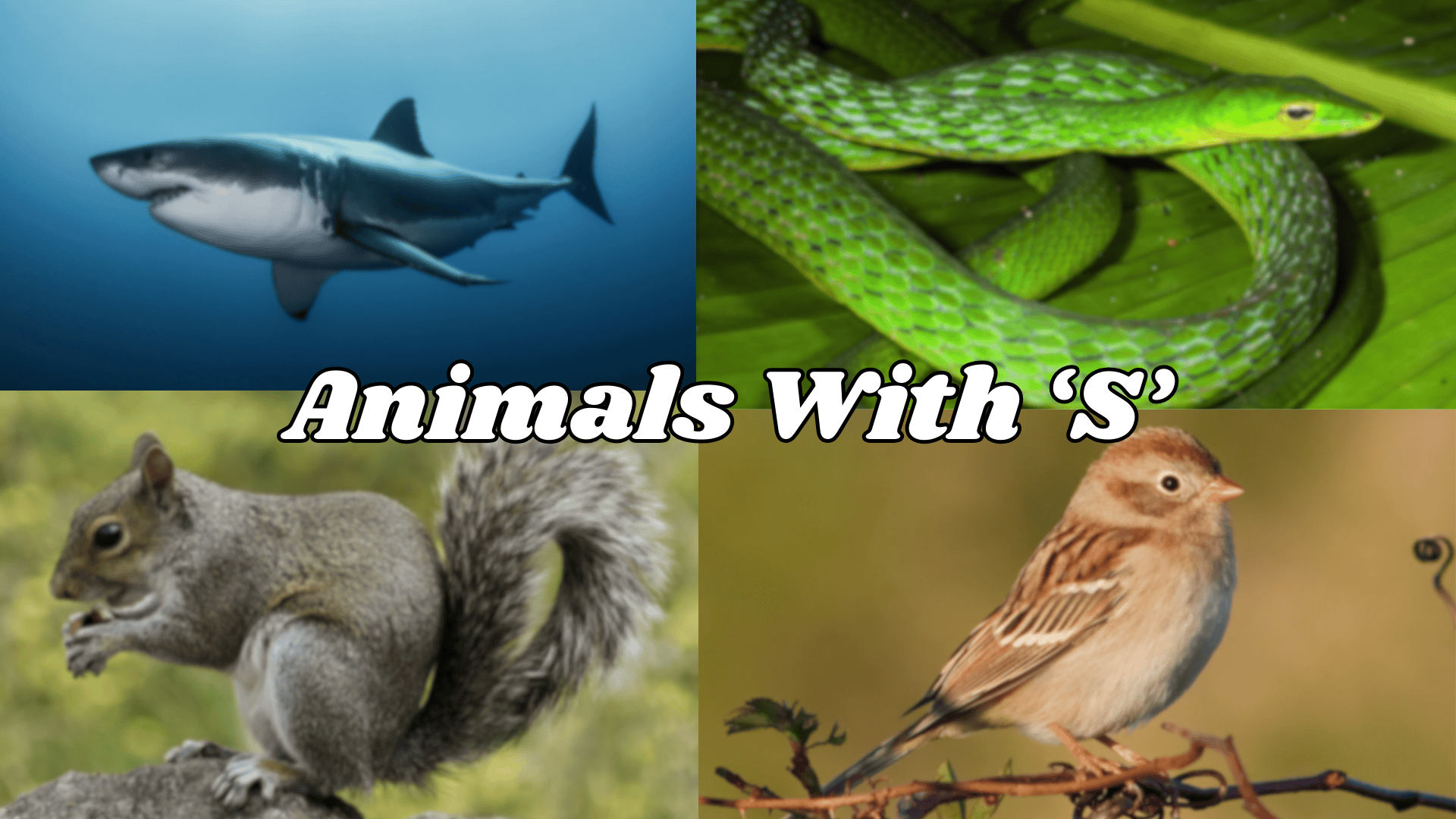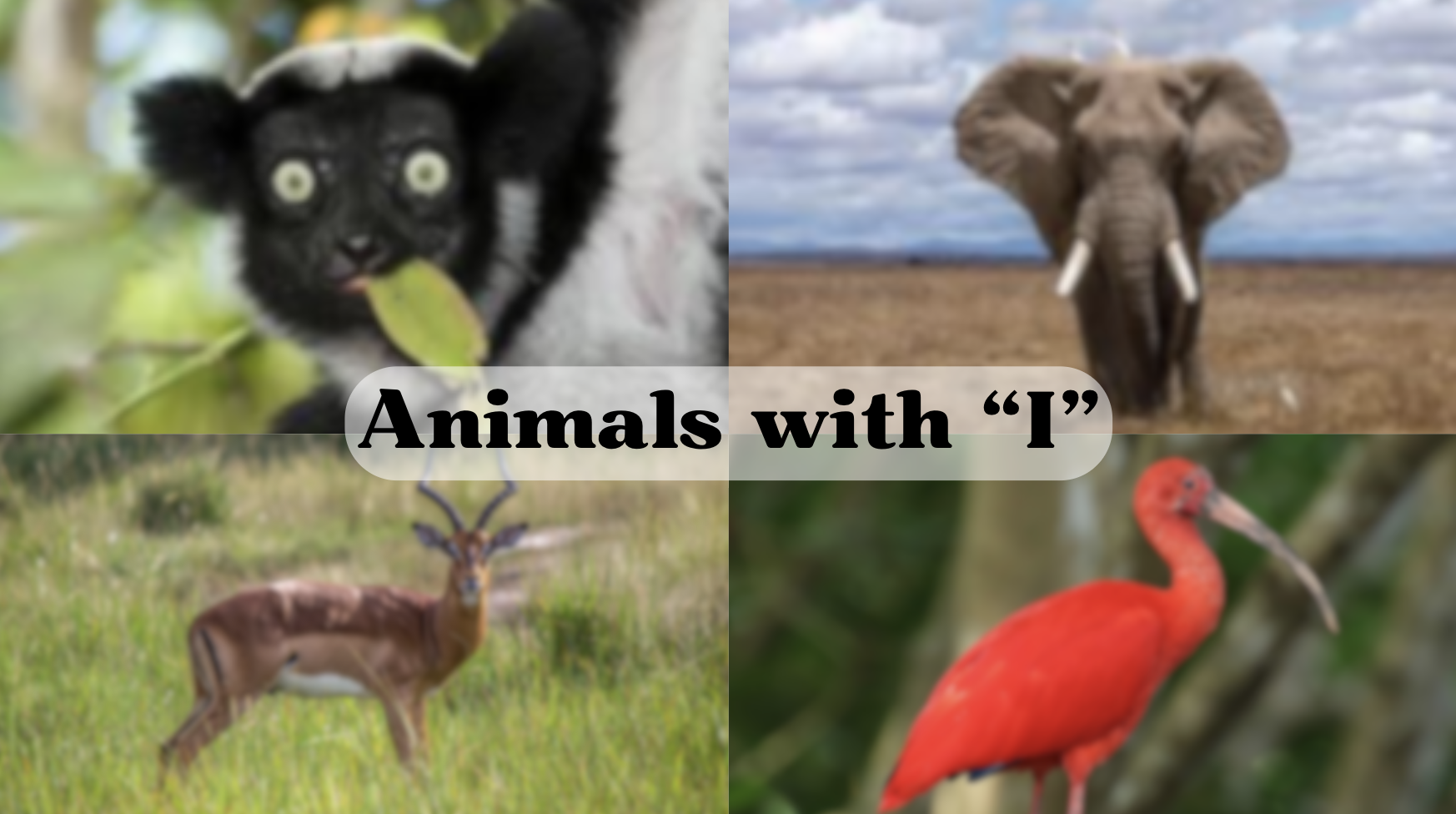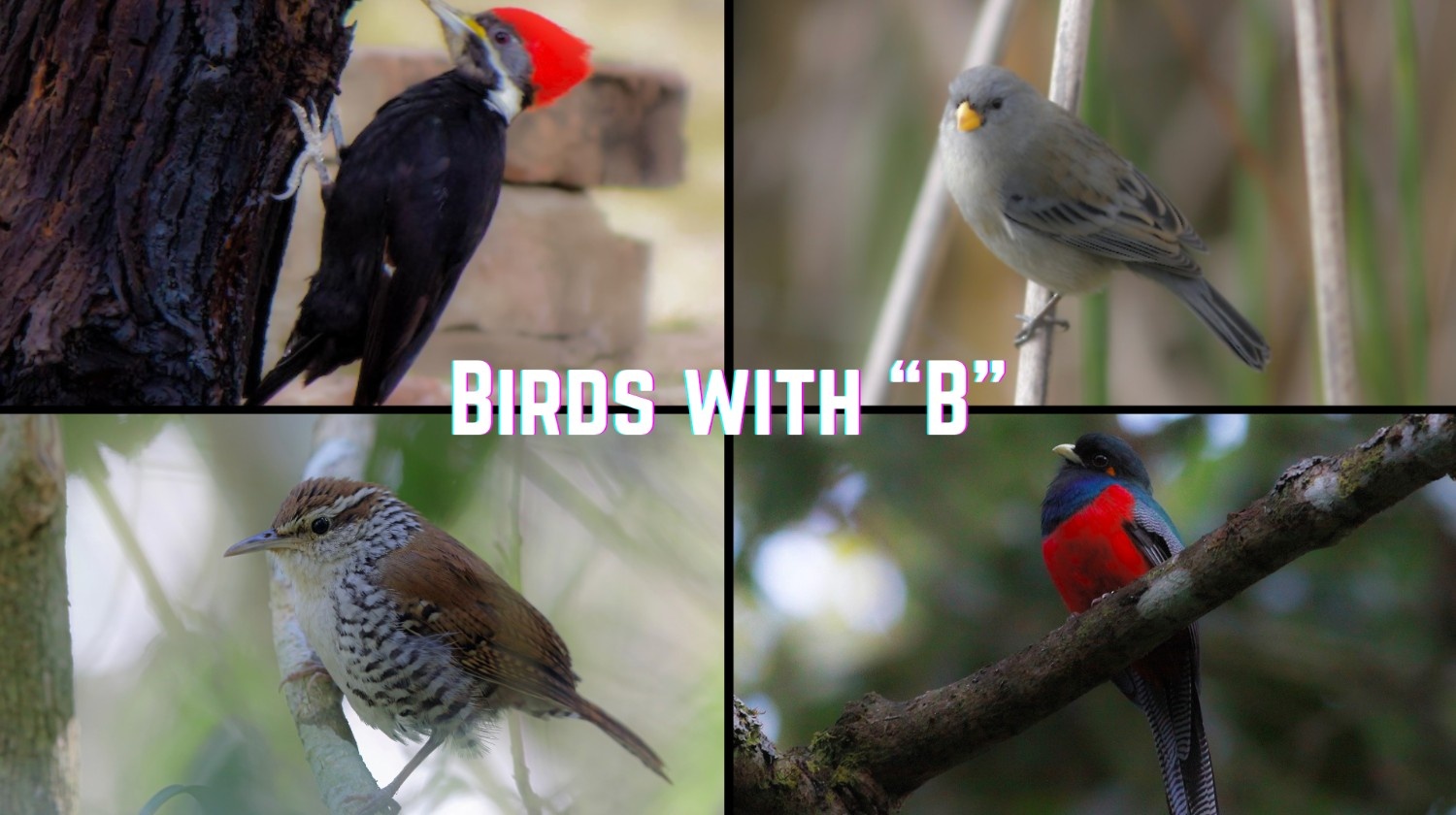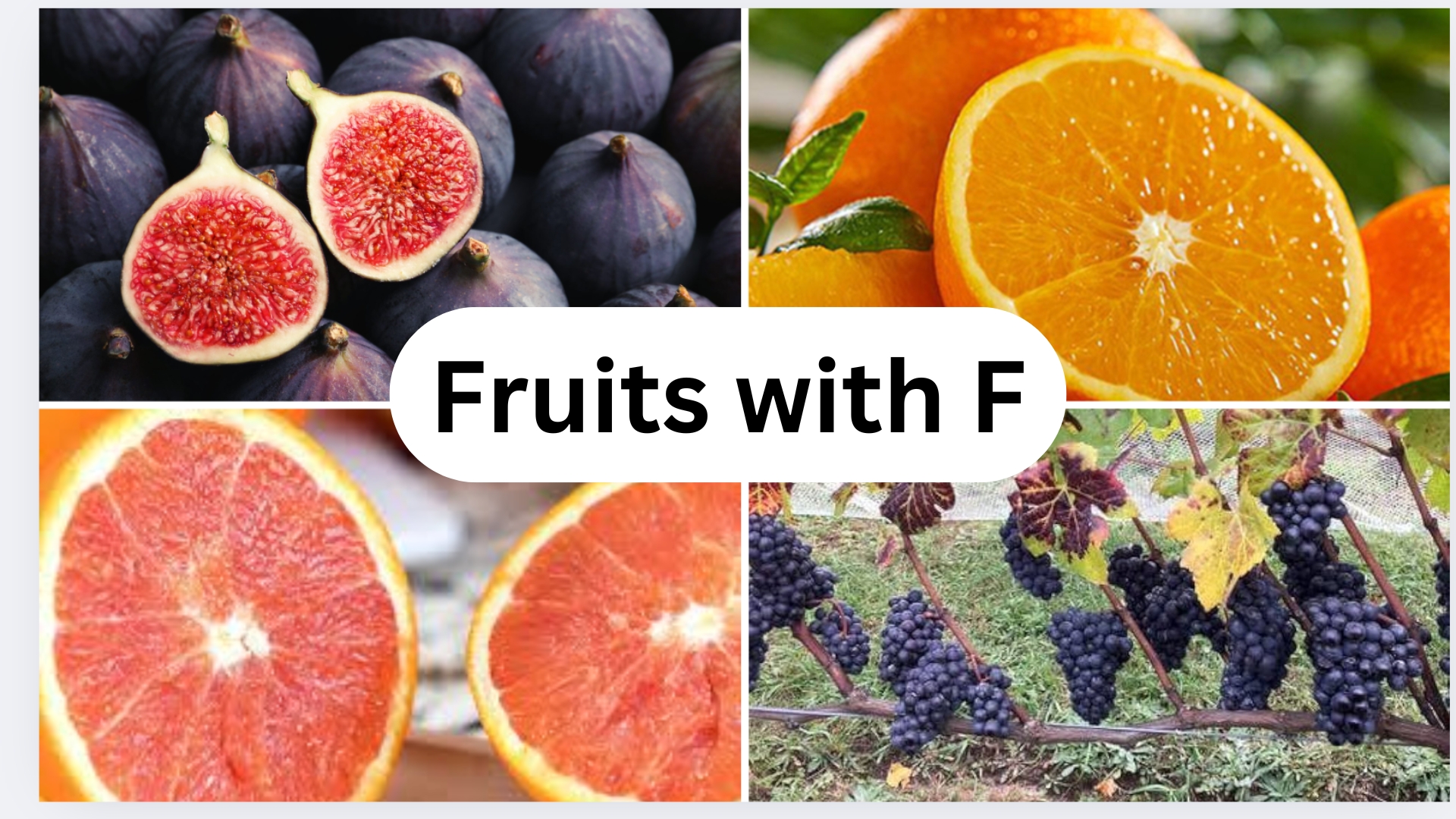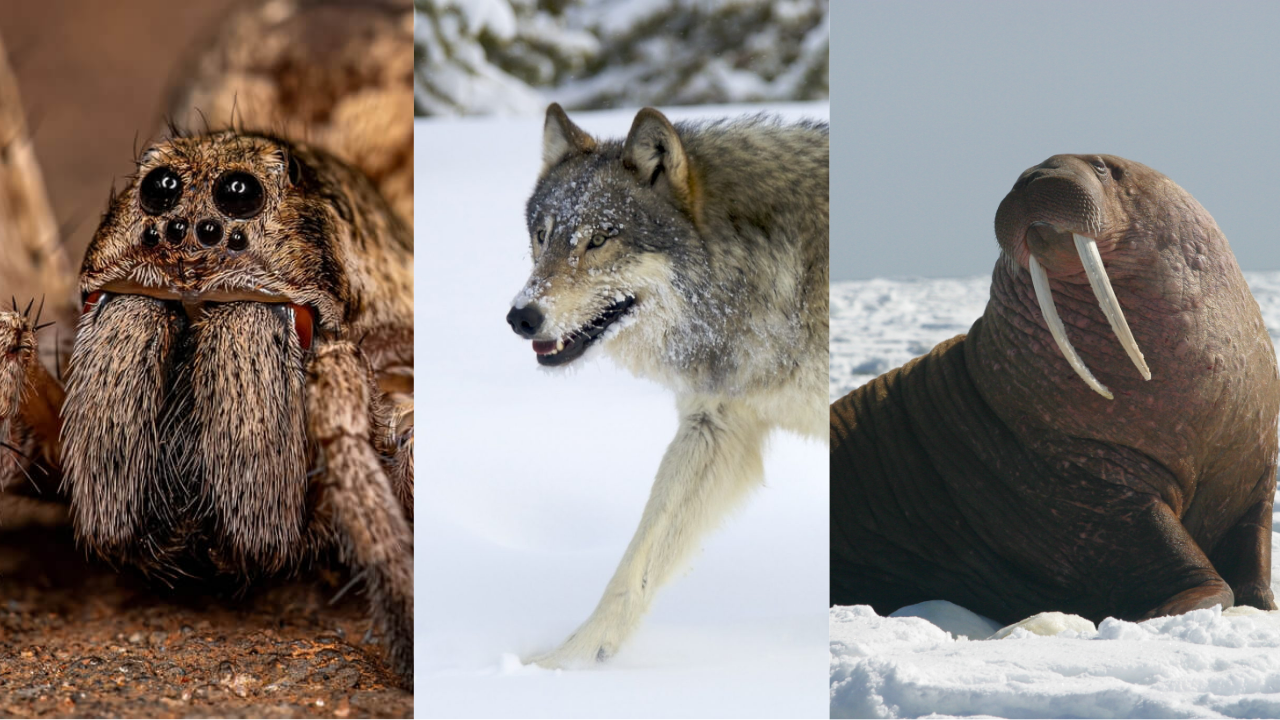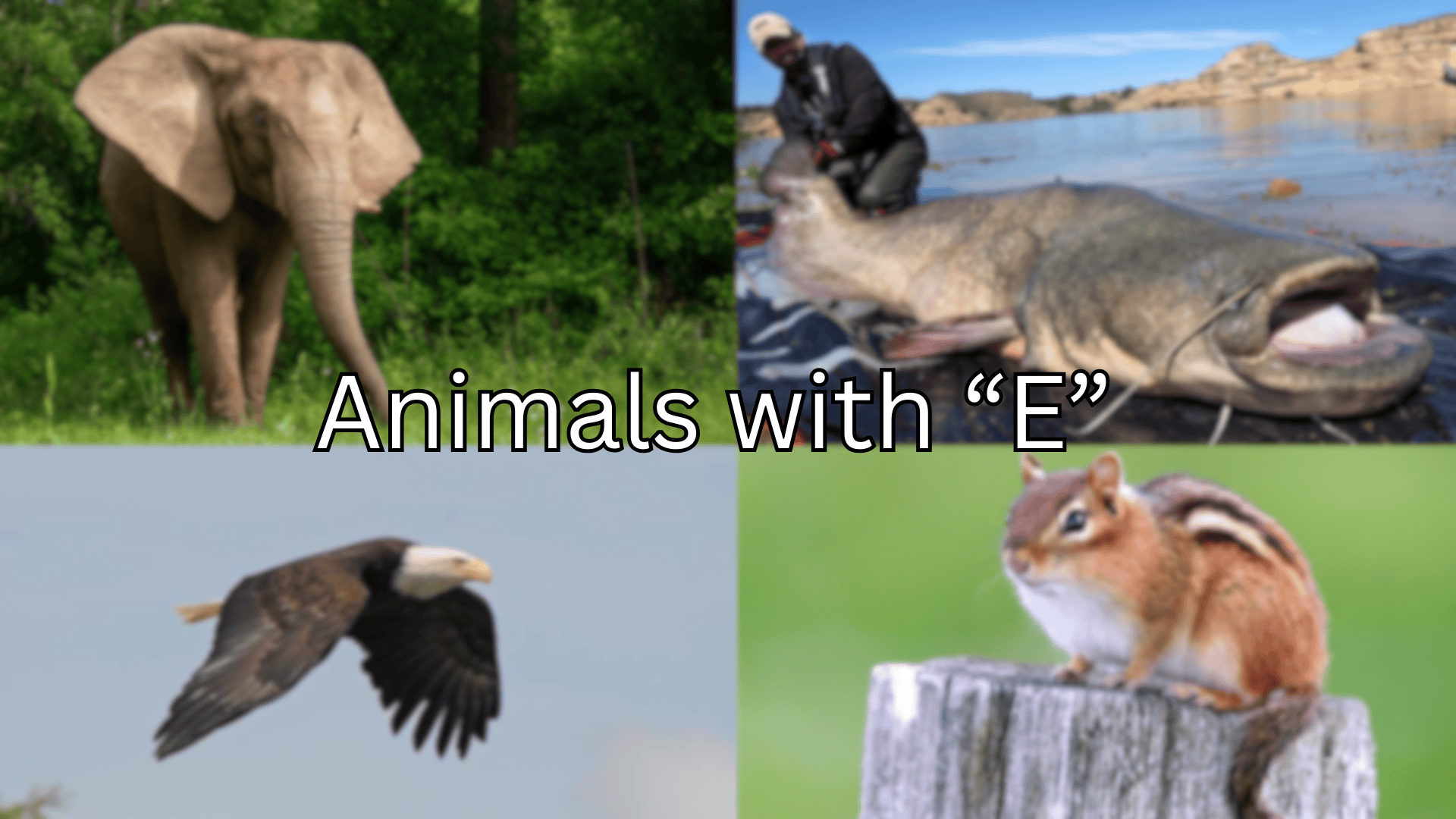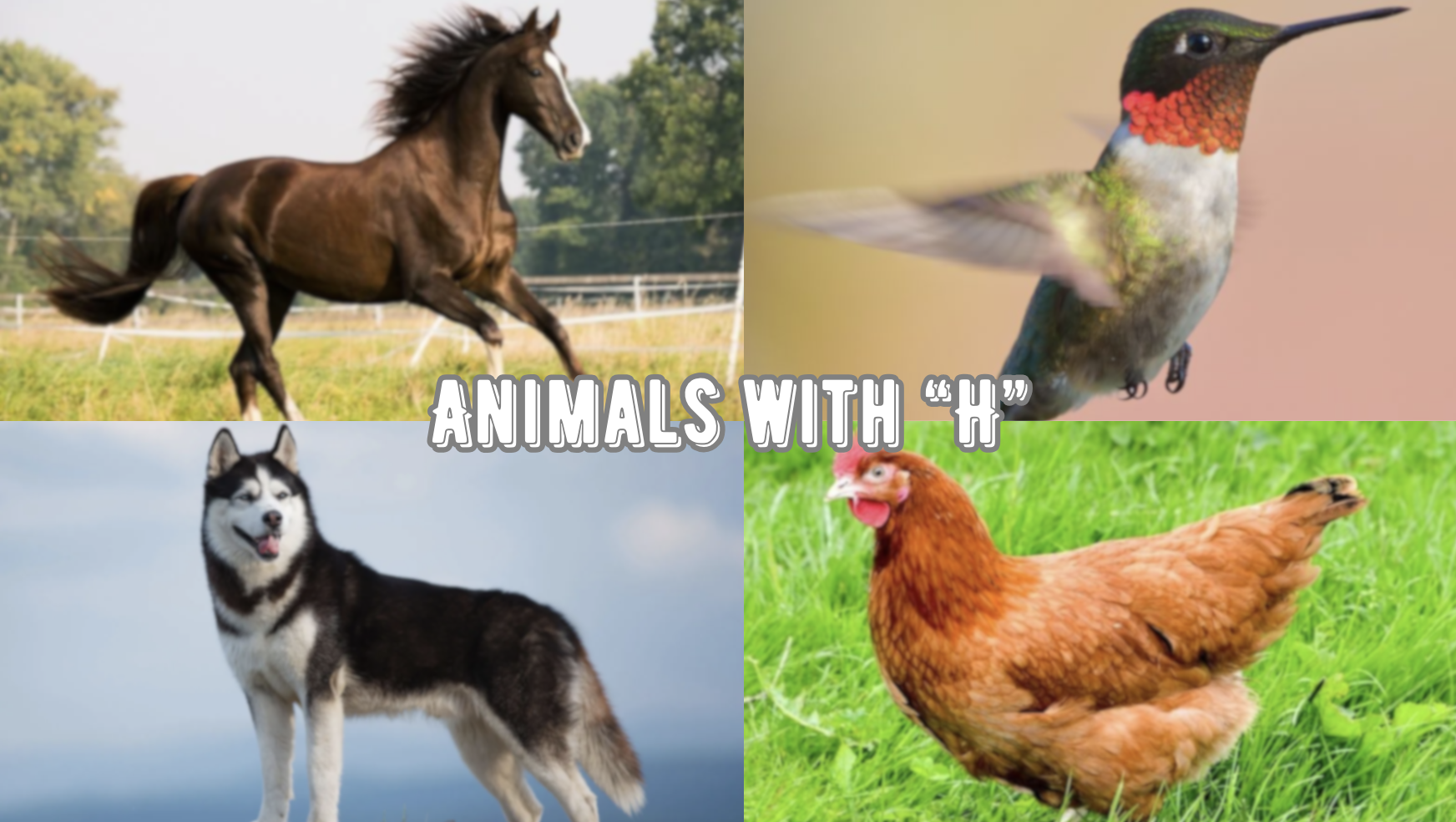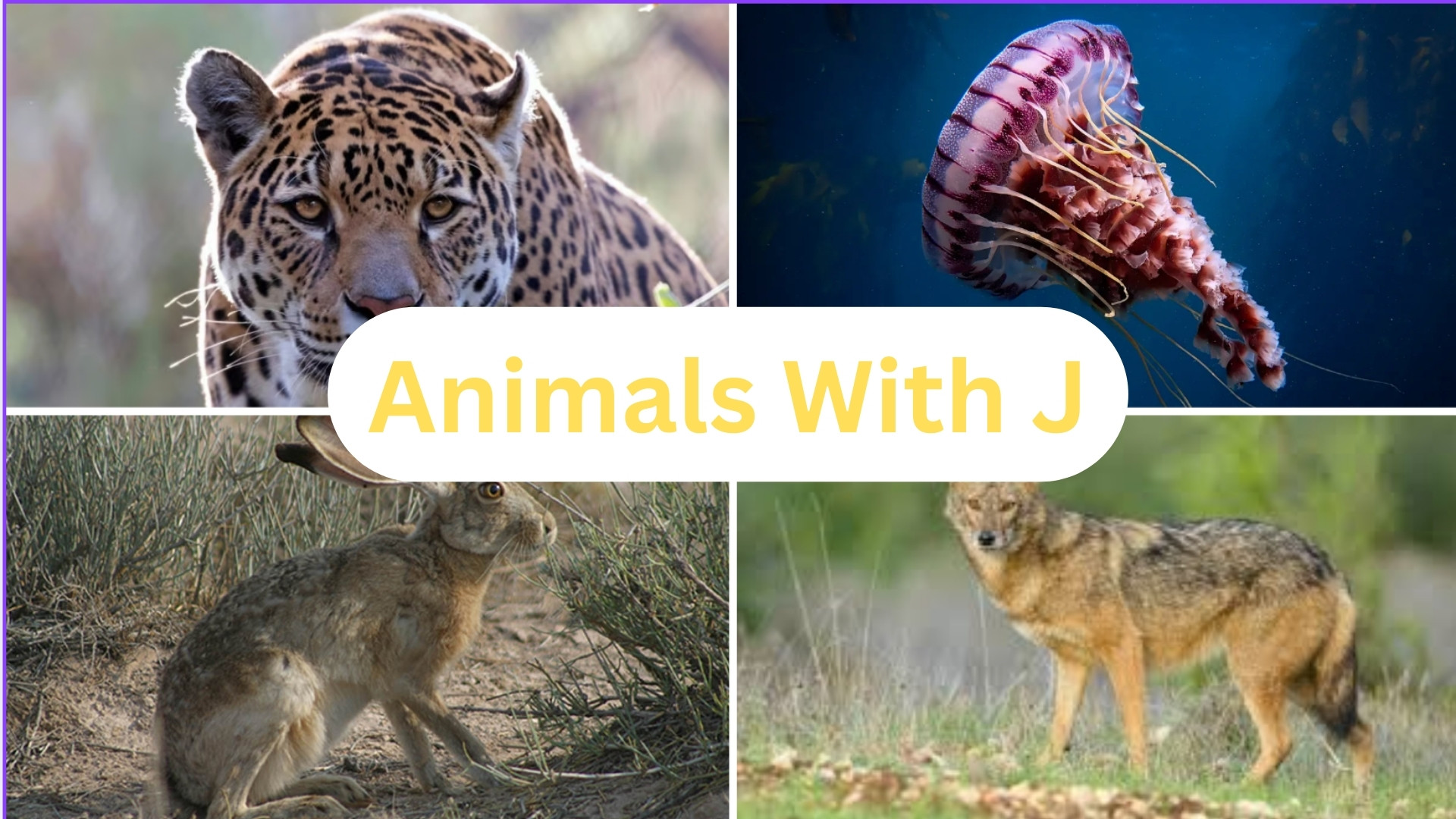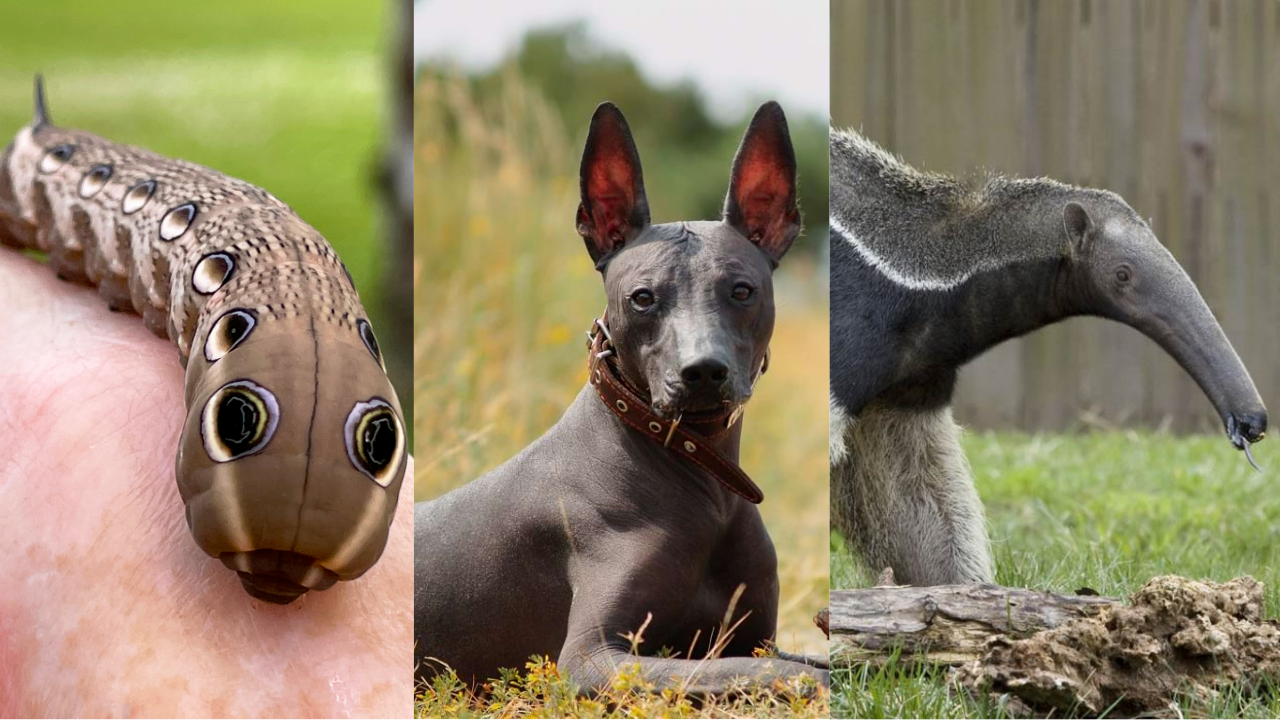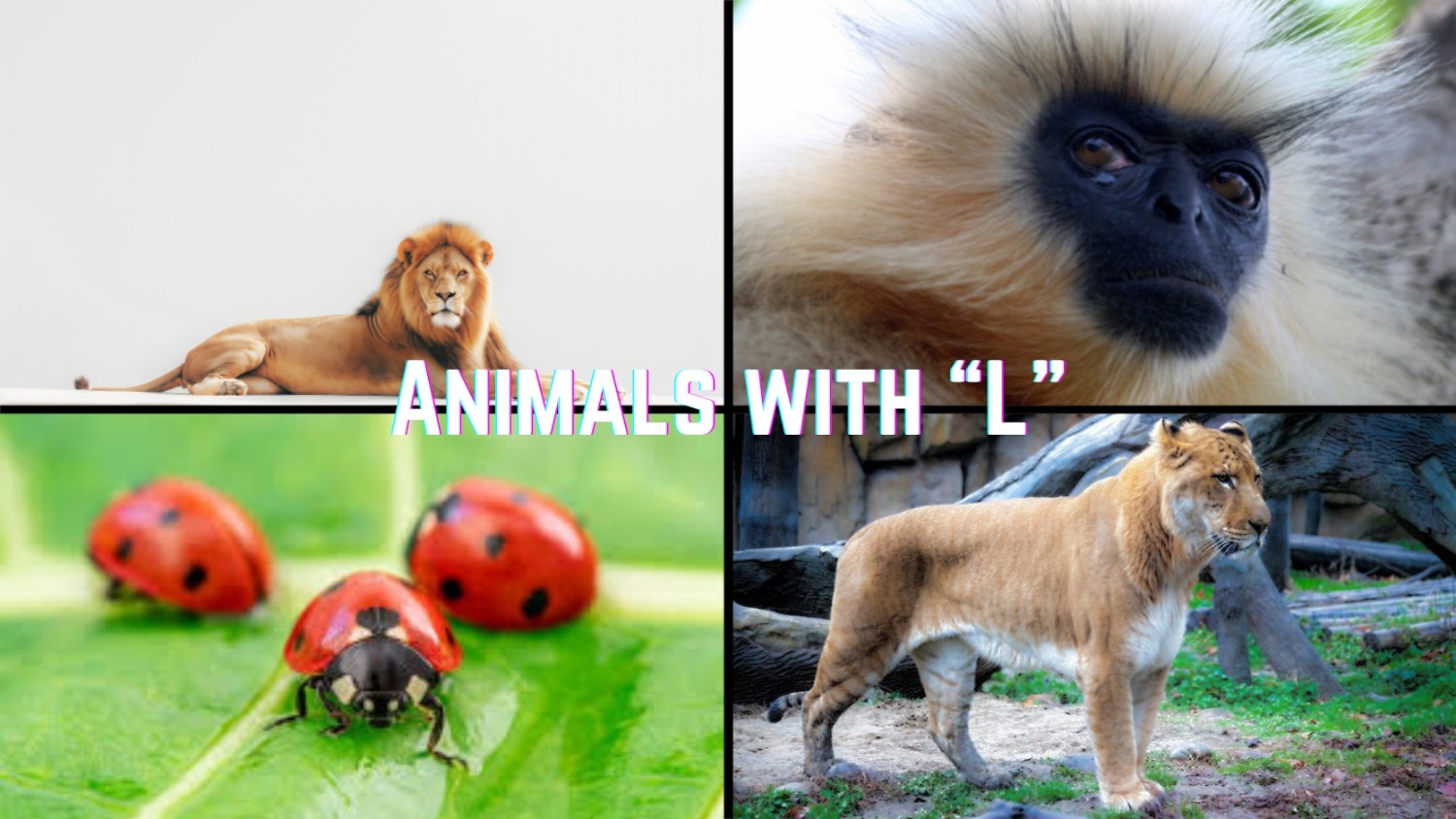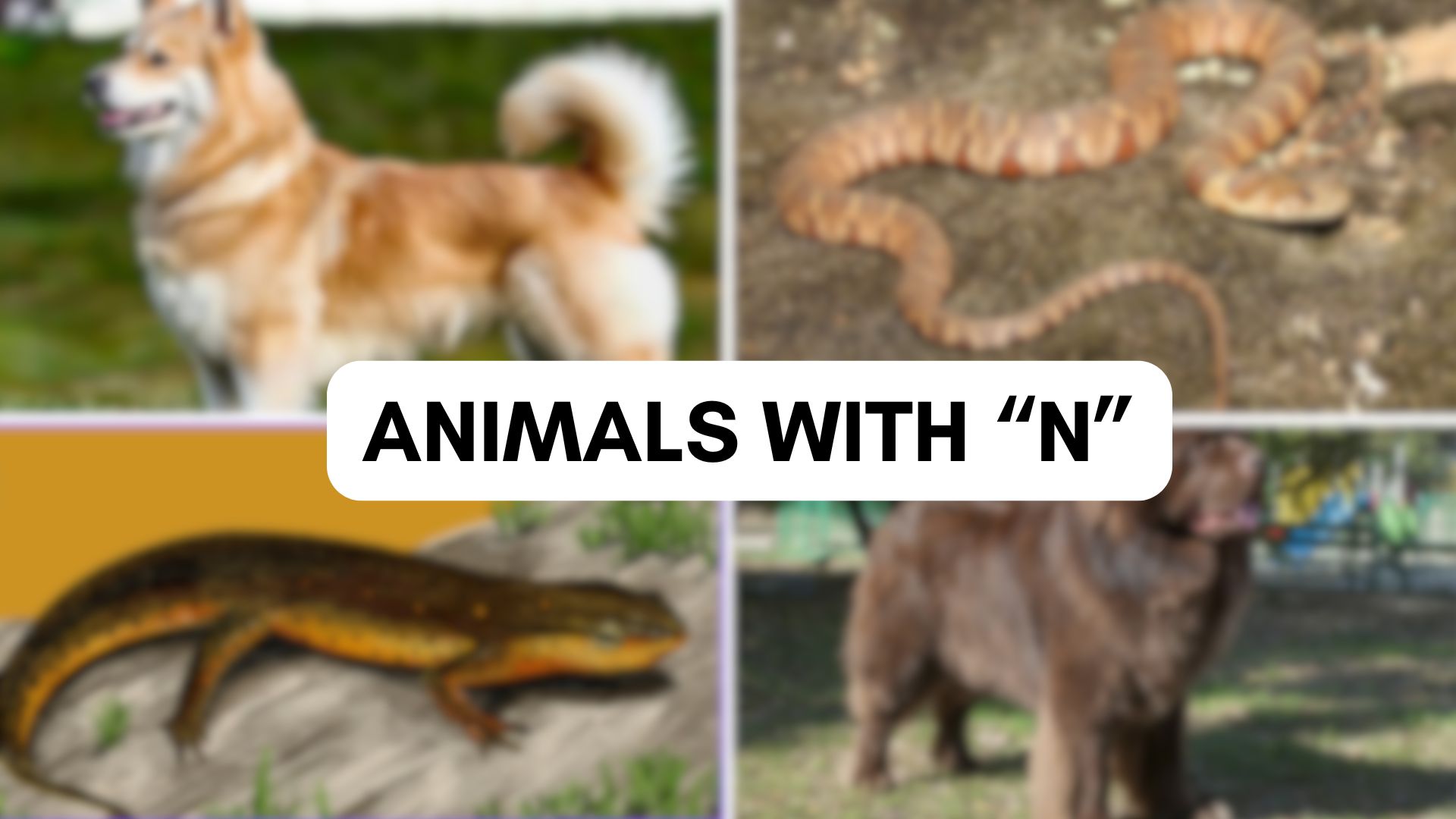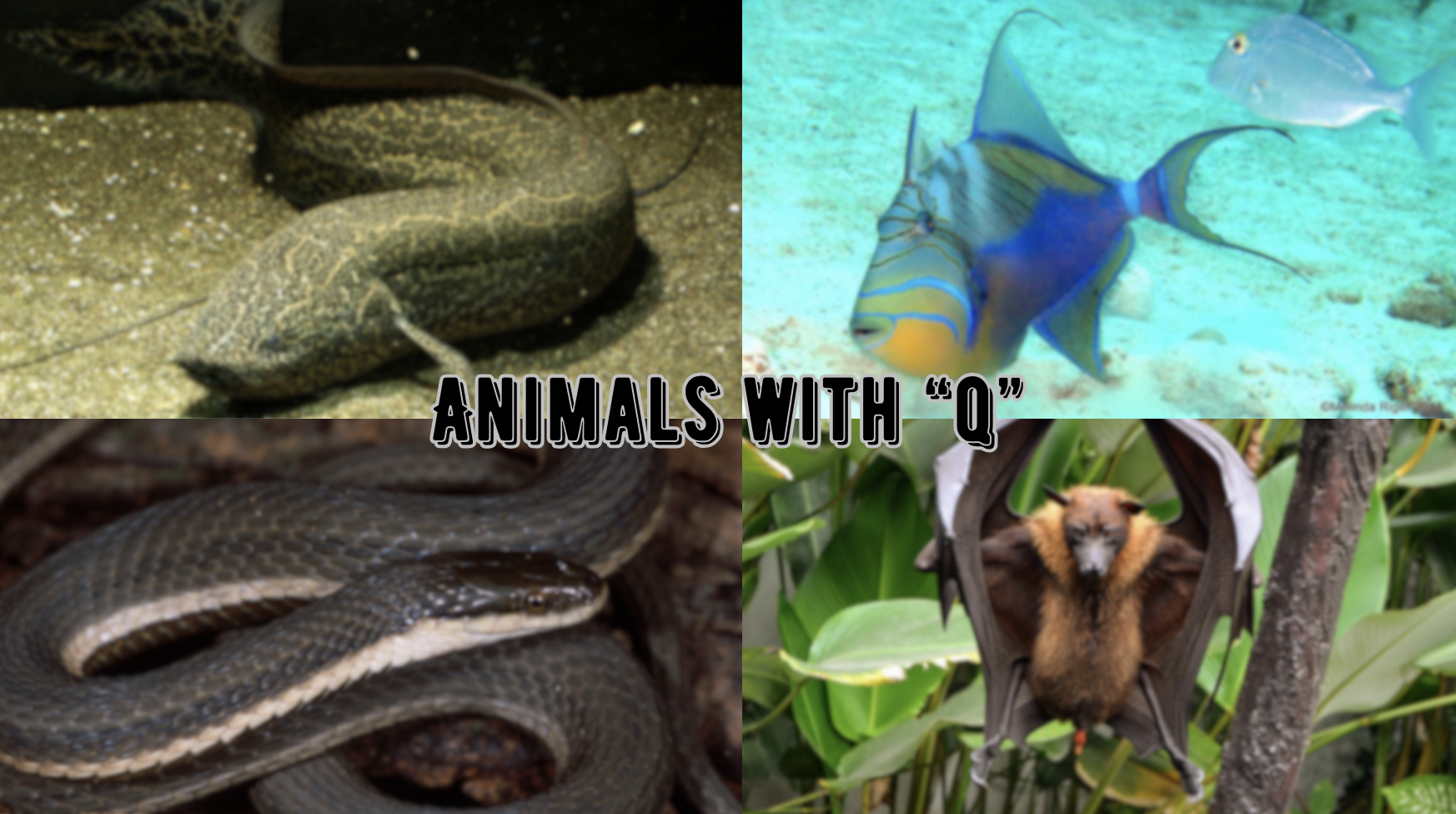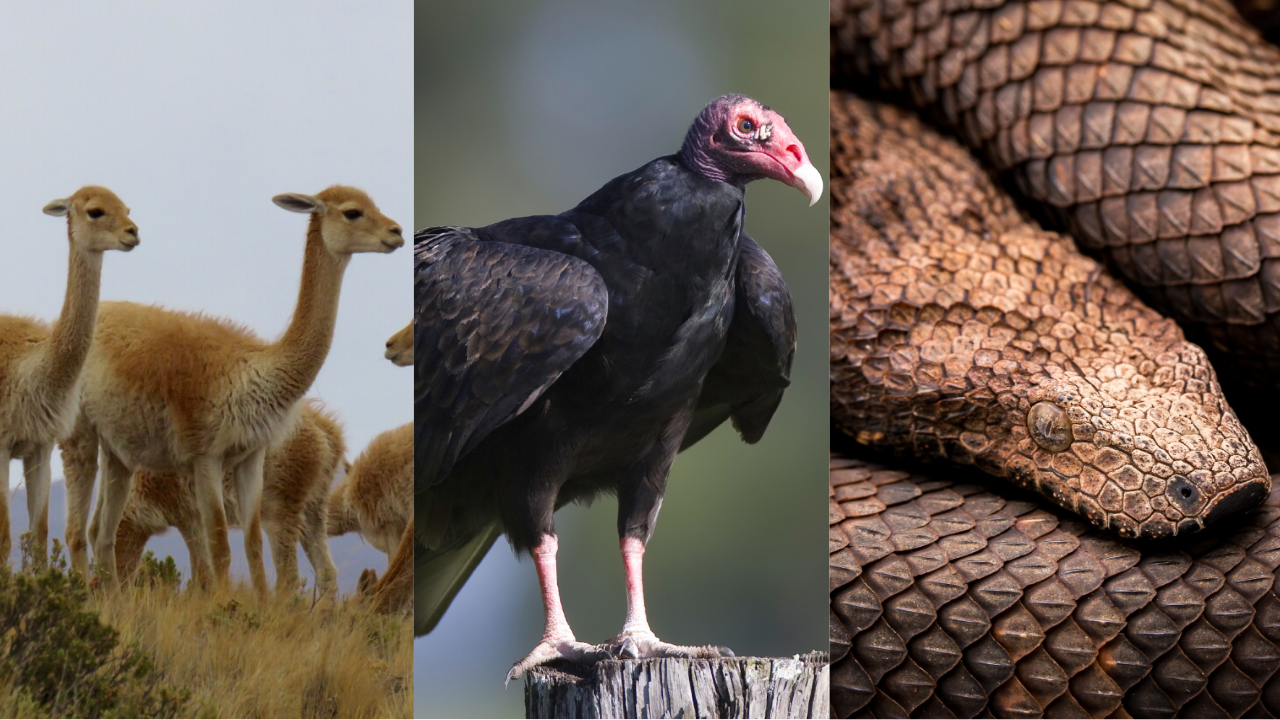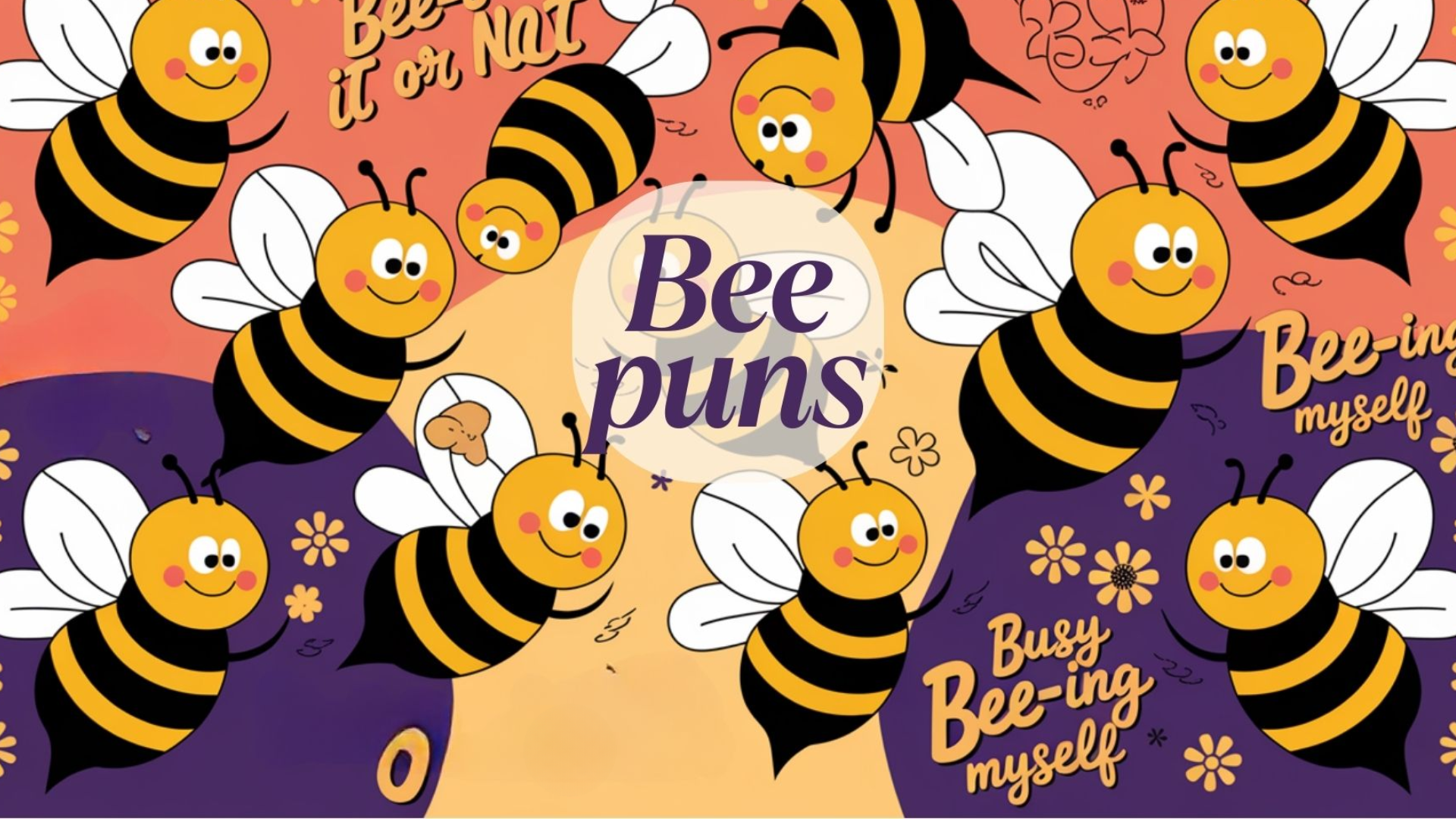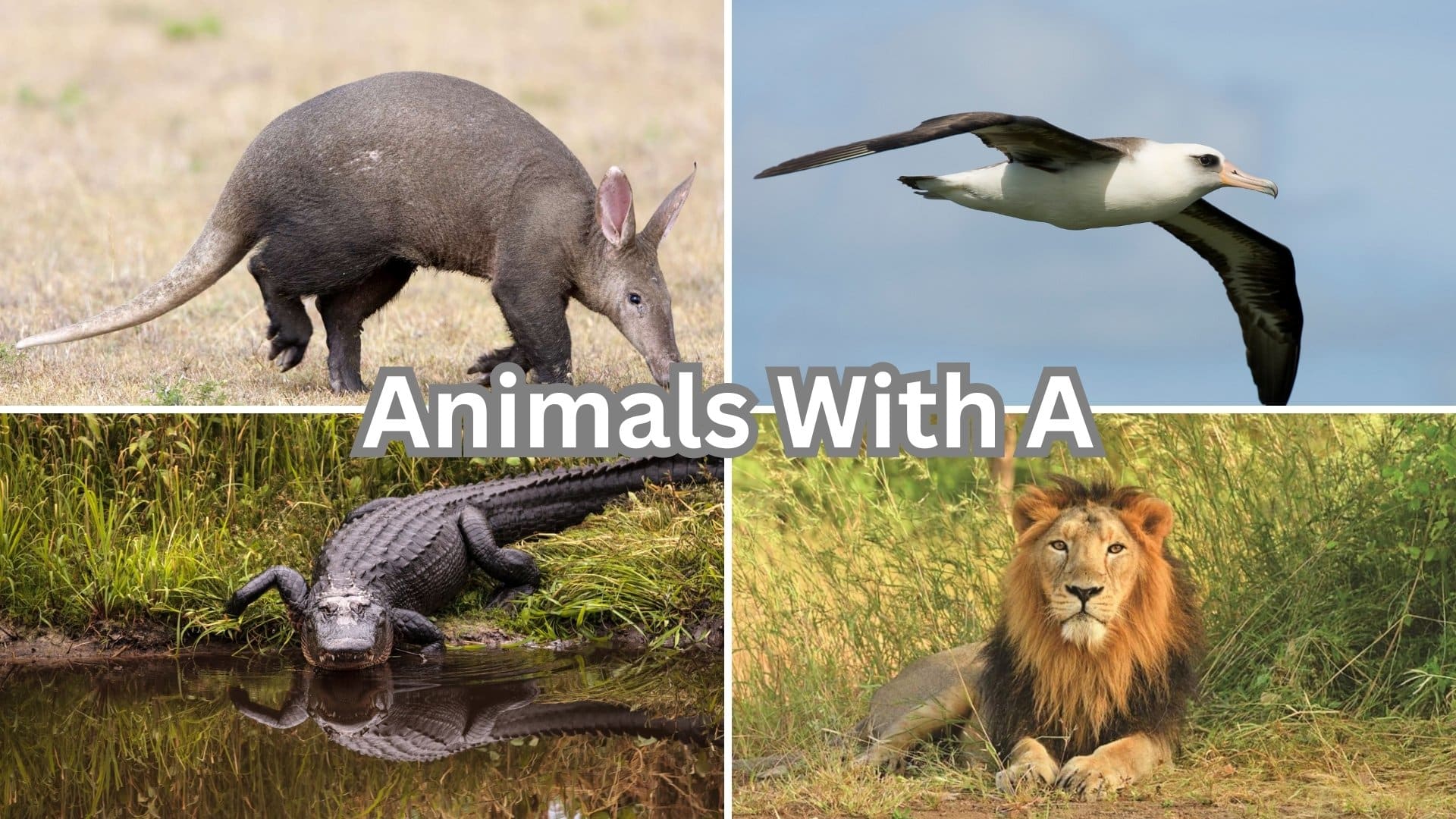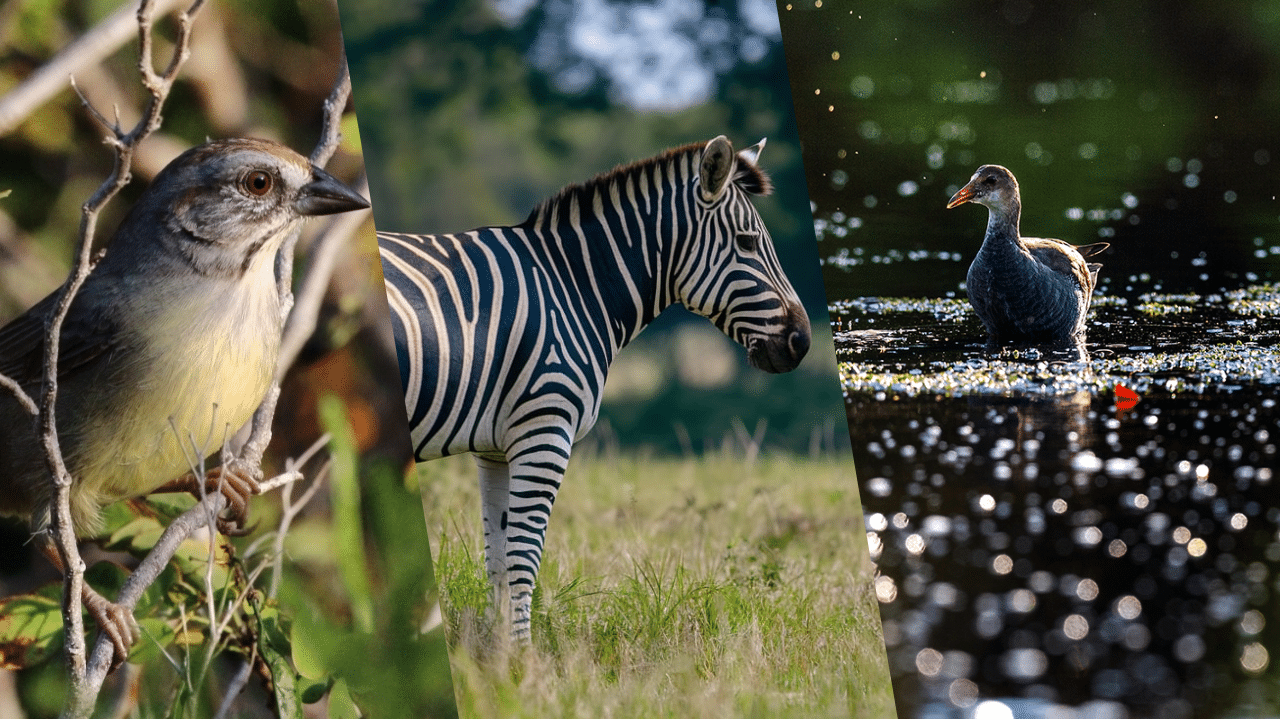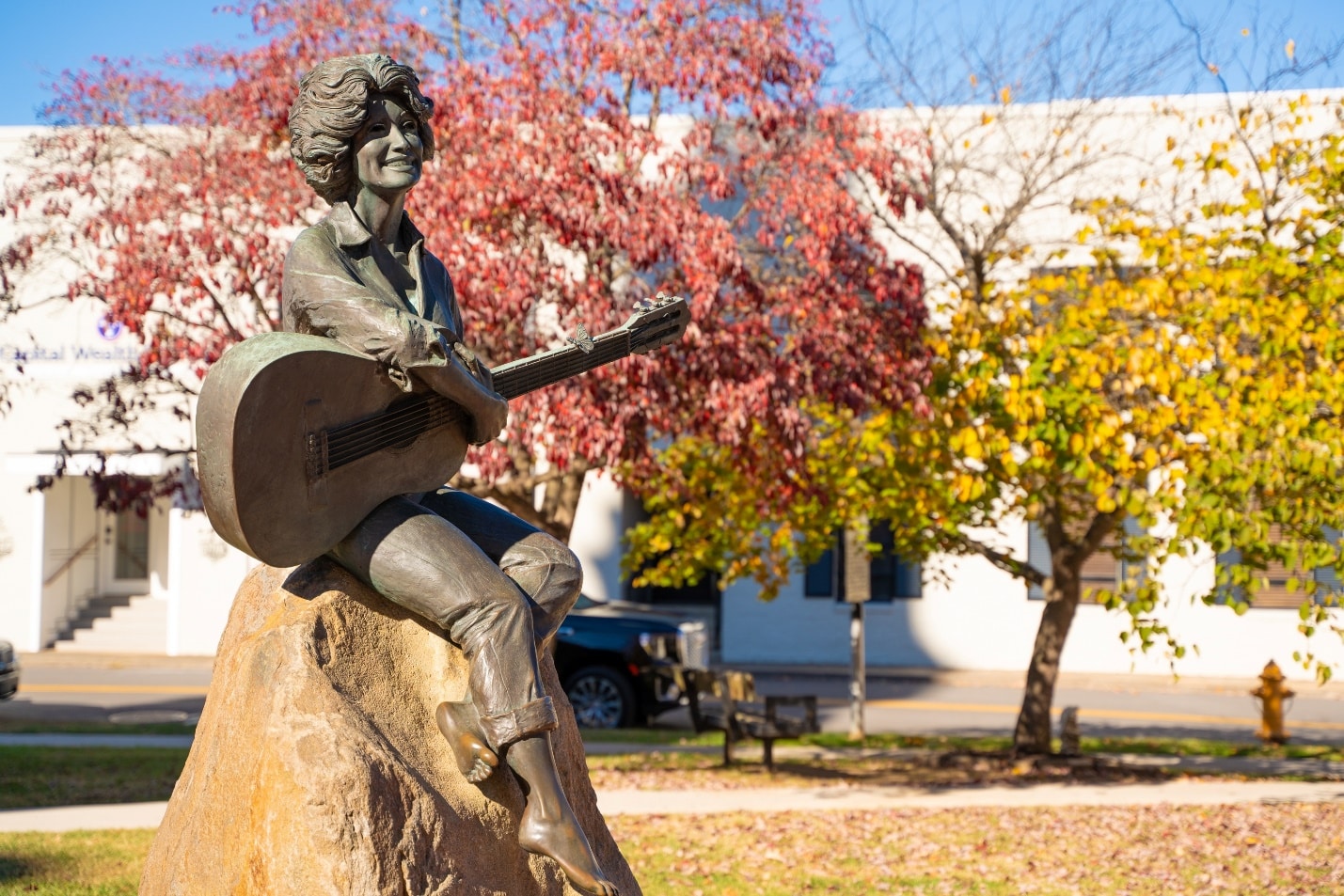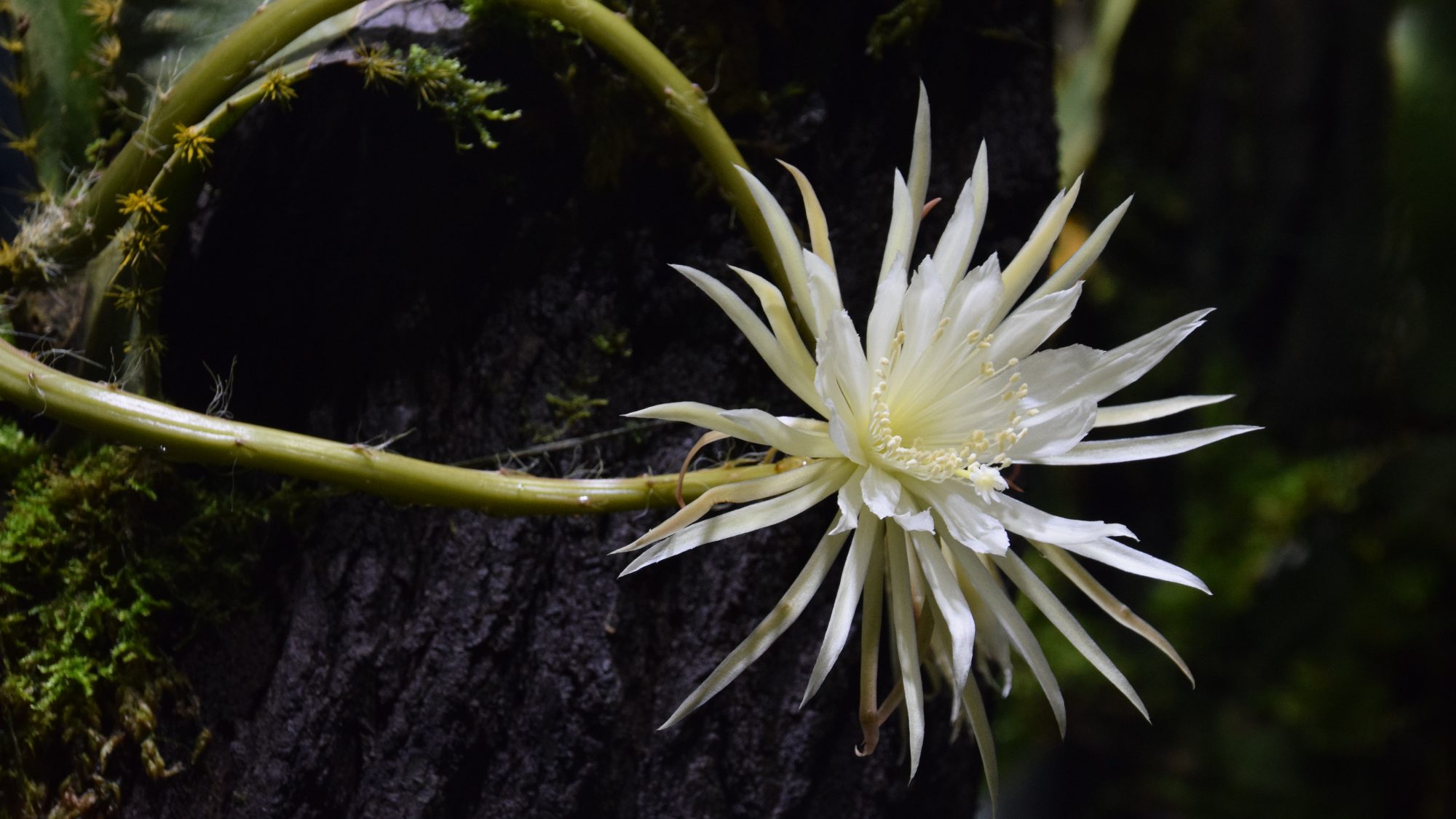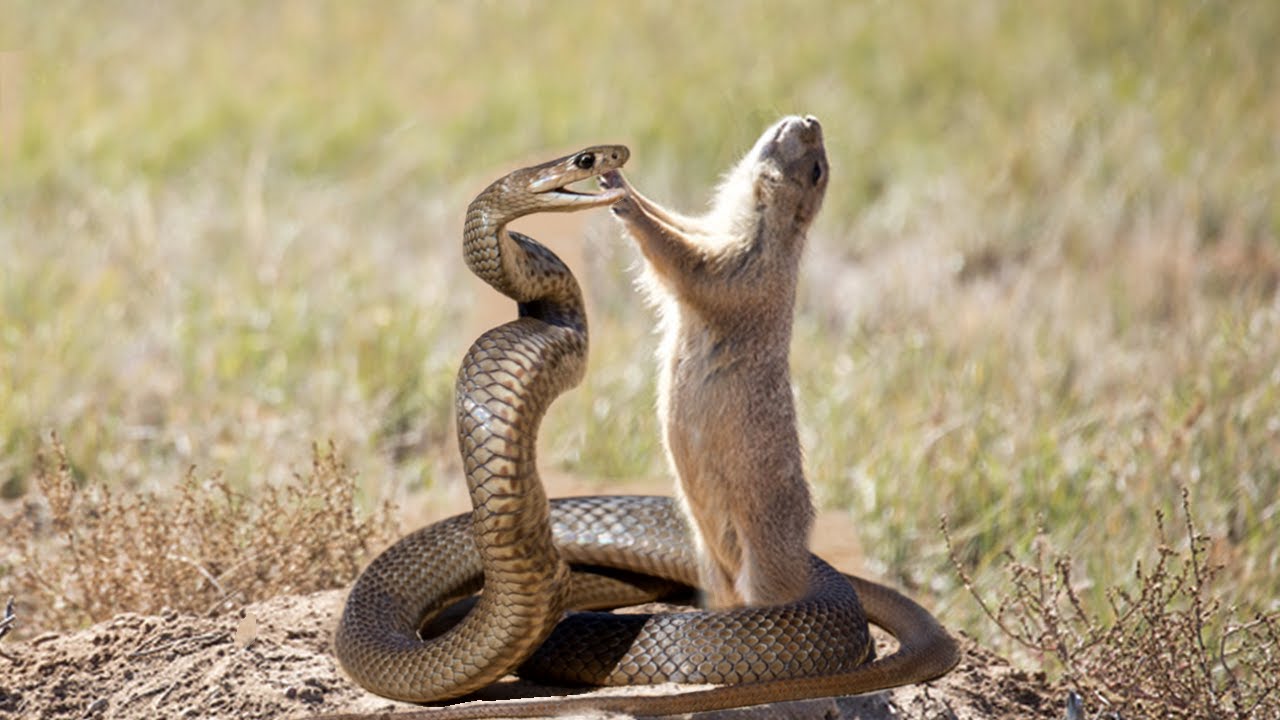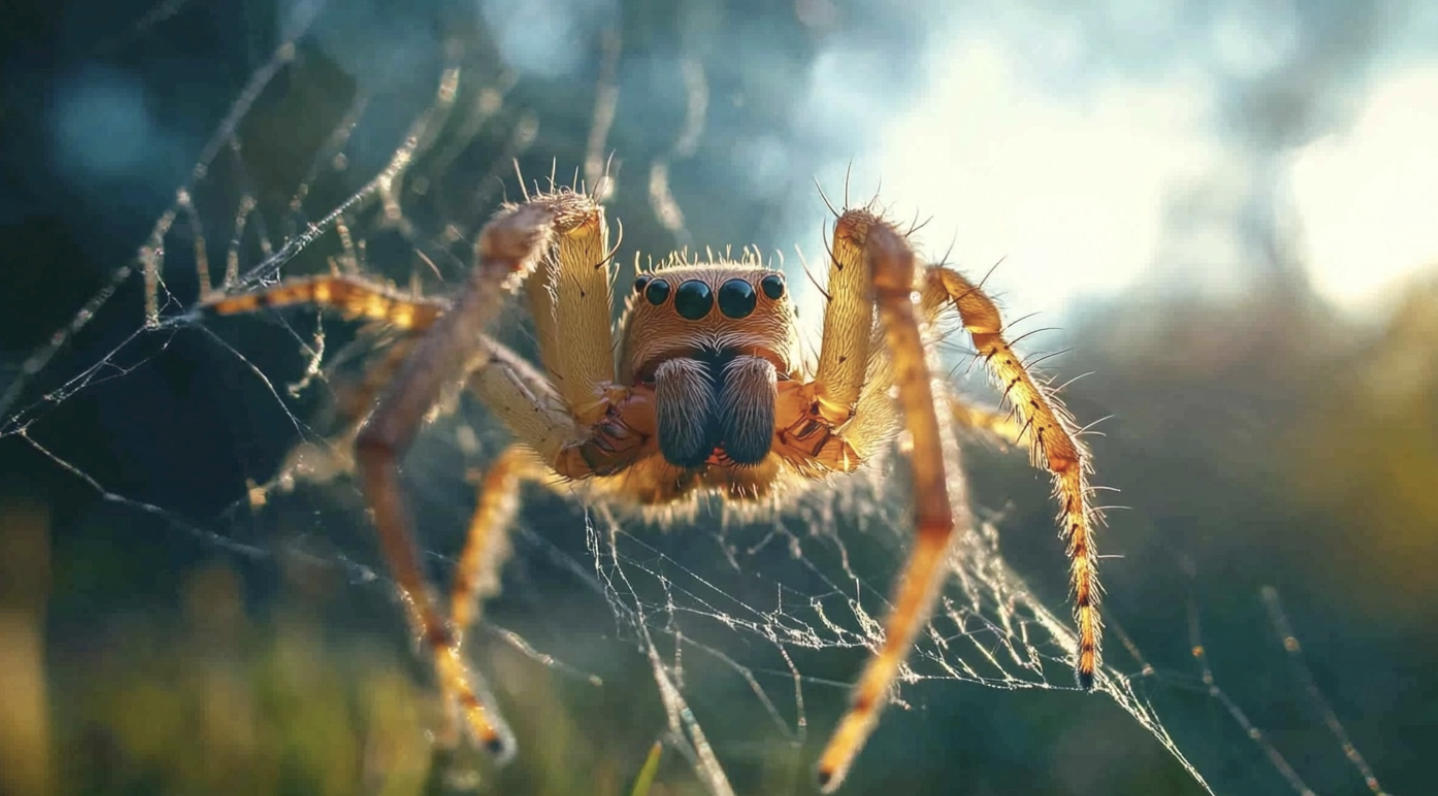
Welcome to our “Curious Collection of C Birds” – a comprehensive look-through of fascinating avian species from around the globe that begin with the letter C!
From the colorful Canada Goose to the endangered California Condor, this collection introduces you to 56 remarkable birds with C.
If you are a bird-watching enthusiast, student, or simply curious about the natural world, these concise yet informative profiles offer valuable insights into some of the world’s most interesting winged inhabitants.
Join us as we explore woodlands, wetlands, canyons, and more to uncover the extraordinary lives of these “C” birds.
A Collection of Commonly Found ‘C’ Birds
1. American Coot
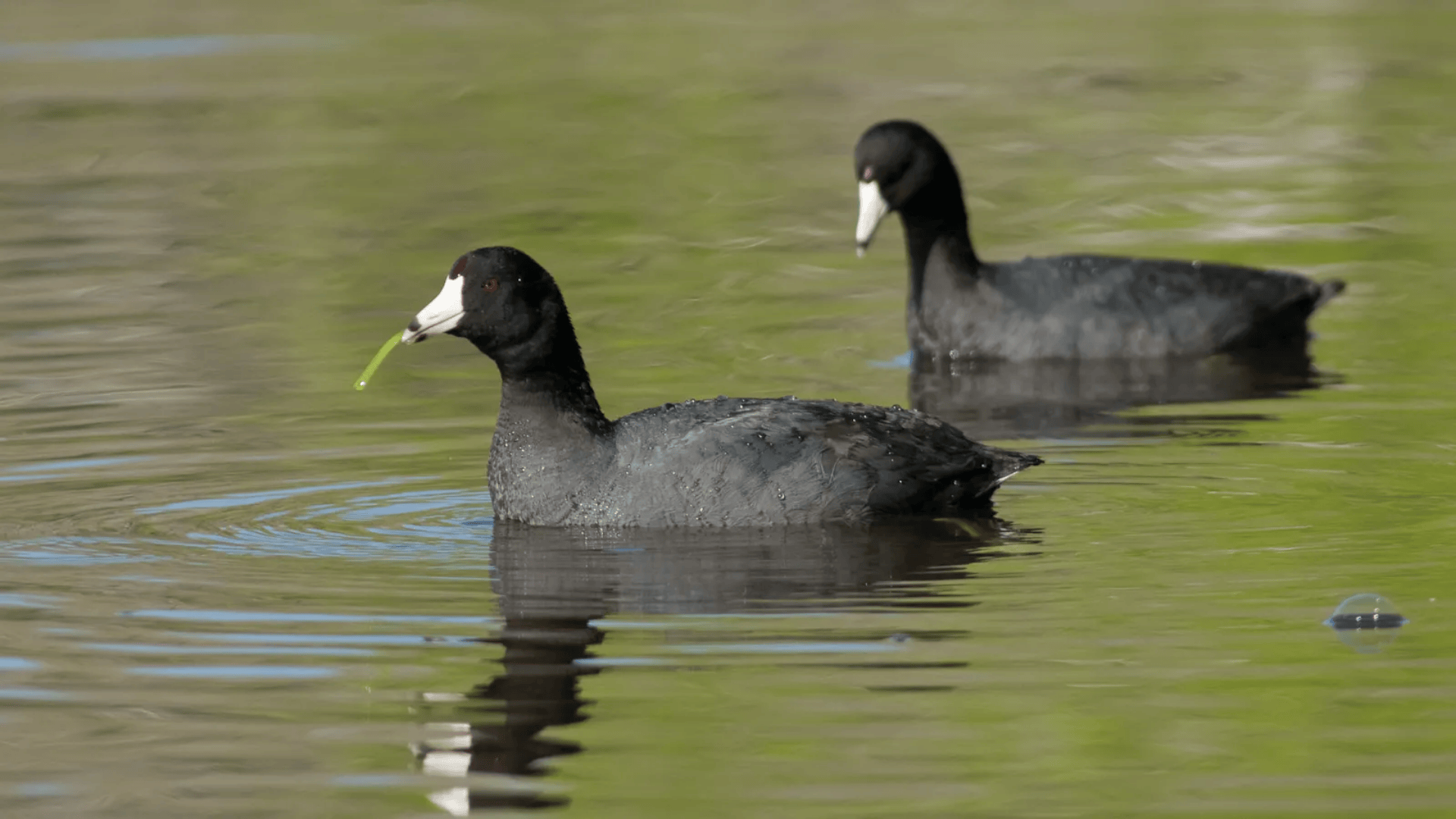
The American Coot is a medium-sized waterbird with a rounded body, slate-gray feathers, and a distinctive white beak. Although duck-like, it has lobed toes instead of webbed feet and moves with a bobbing motion.
-
Region of Habitat: Found across North America, in freshwater lakes, ponds, marshes, and occasionally coastal bays.
-
Scientific Name:Fulica americana
-
Feeding Habits: Omnivorous; feeds on aquatic vegetation, algae, small invertebrates, and insects. Dives or dips its head to forage.
-
What Sound They Make: Emits a variety of cackles, grunts, and clucking notes for mating and territorial behavior.
Fun Facts:
Coots are surprisingly aggressive during breeding season, often chasing intruders away. Despite being good swimmers, they require a running start to take off from the water.
2. Canada Goose
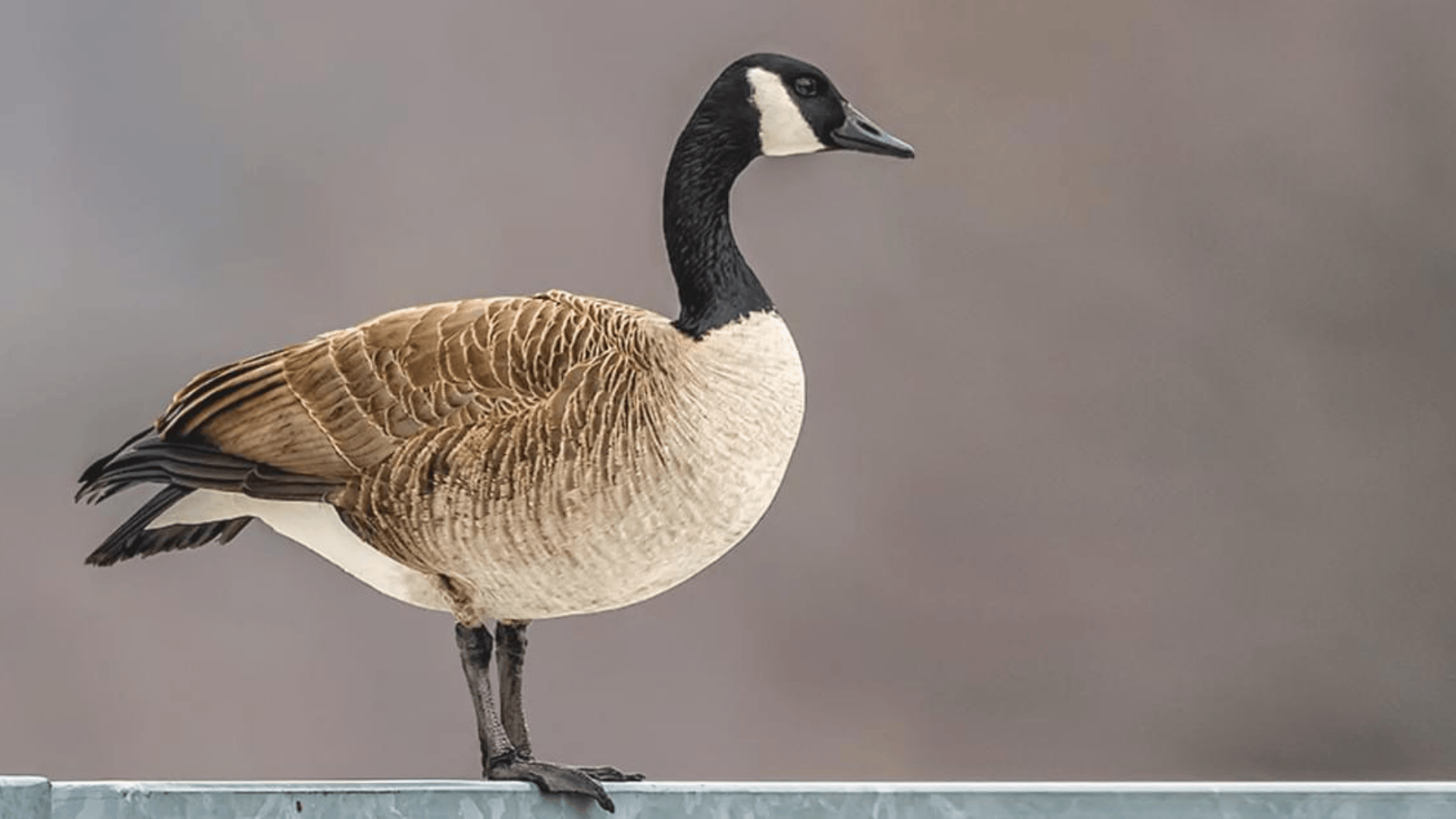
Canada Geese are large waterfowl with black heads and necks, white cheek patches, and brownish-gray bodies. They are known for their distinctive V-shaped flight formations.
-
Region of Habitat: Common across North America; inhabit wetlands, lakes, rivers, and urban parks.
-
Scientific Name:Branta canadensis
-
Feeding Habits: Herbivorous; grazes on grasses, grains, and aquatic plants. Often forages in fields and lawns.
-
What Sound They Make: Loud, honking calls are often used for communication during flight or as warnings.
Fun Facts:
Canada Geese mate for life and are very protective of their young. They are migratory but increasingly found overwintering in urban areas.
3. Carolina Chickadee
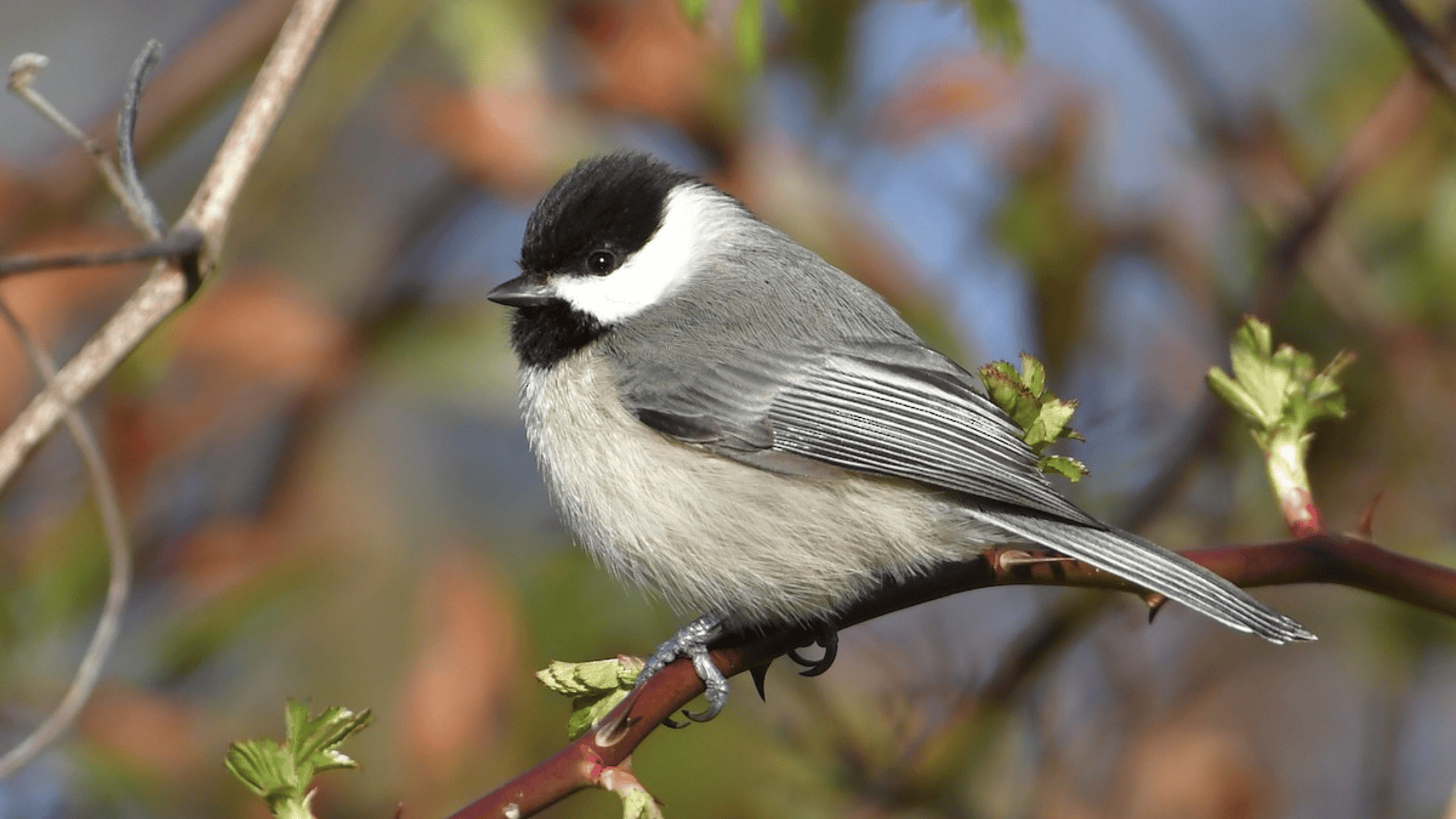
A small songbird with a black cap and bib, white cheeks, and soft gray wings, the Carolina Chickadee is agile and inquisitive, often seen flitting among branches.
-
Region of Habitat: Southeastern United States; found in deciduous and mixed forests, suburban backyards.
-
Scientific Name:Poecile carolinensis
-
Feeding Habits: Insectivorous and granivorous; eats caterpillars, beetles, seeds, and suet. Caches food for later.
-
What Sound They Make: Sings a four-note “fee-bee-fee-bay” call and emit chick-a-dee-dee-dee calls.
Fun Facts:
They can lower their body temperature during cold nights to conserve energy. They recognize individual human faces that provide food!
4. Carolina Wren
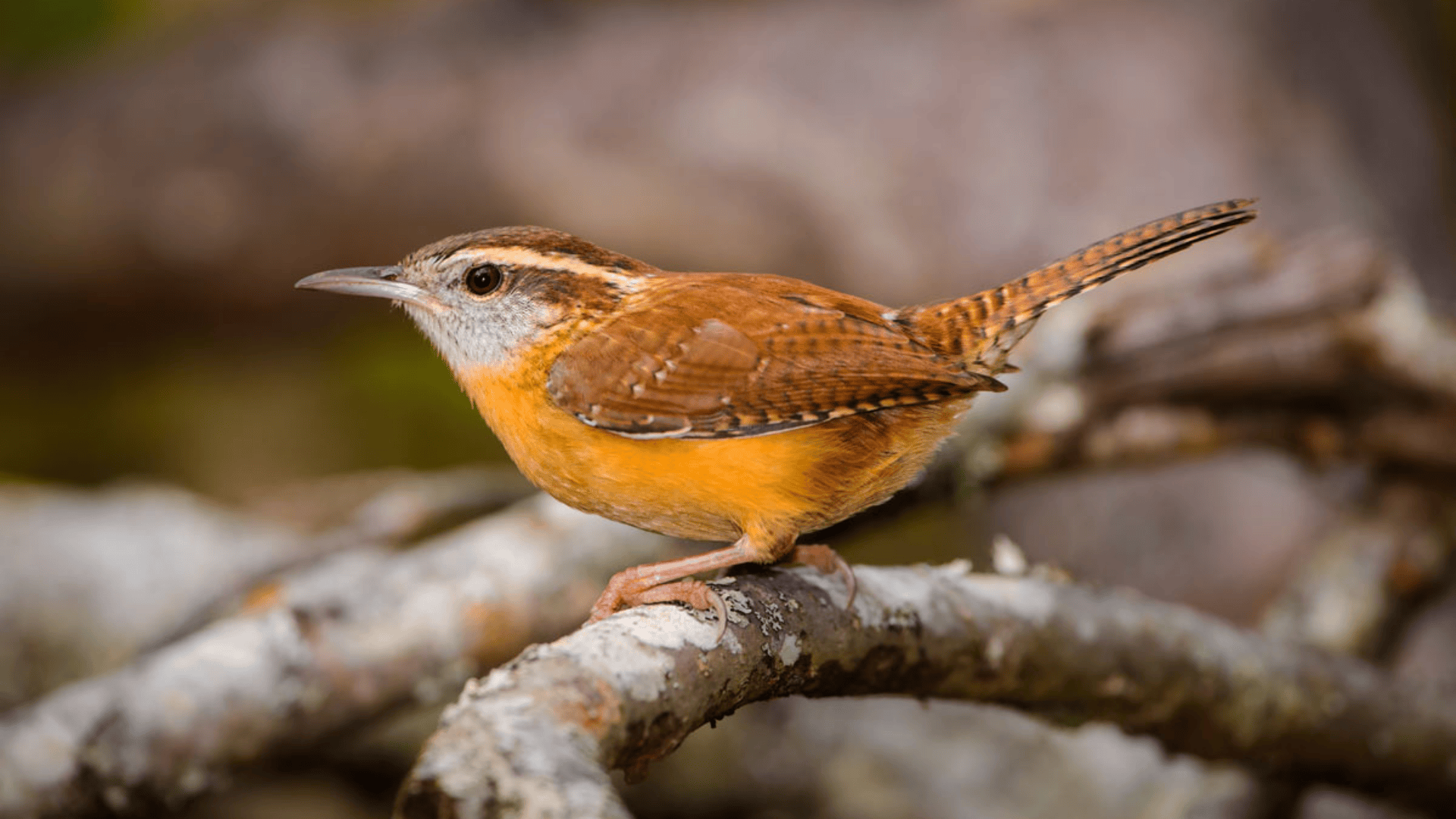
The Carolina Wren is a small, chunky bird with a reddish-brown back, a buff-colored belly, and a distinctive white eyebrow stripe.
-
Region of Habitat: Southeastern U.S.; found in wooded areas, gardens, and brushy suburban spaces.
-
Scientific Name:Thryothorus ludovicianus
-
Feeding Habits: Primarily insectivorous; consumes spiders, beetles, caterpillars, and occasionally fruit or seeds.
-
What Sound They Make: Loud, musical songs like “teakettle-teakettle-teakettle” and sharp chatter calls.
Fun Facts:
Males sing over 20 different song variations. Pairs remain together year-round and build domed nests in unusual places like mailboxes.
5. Cackling Goose
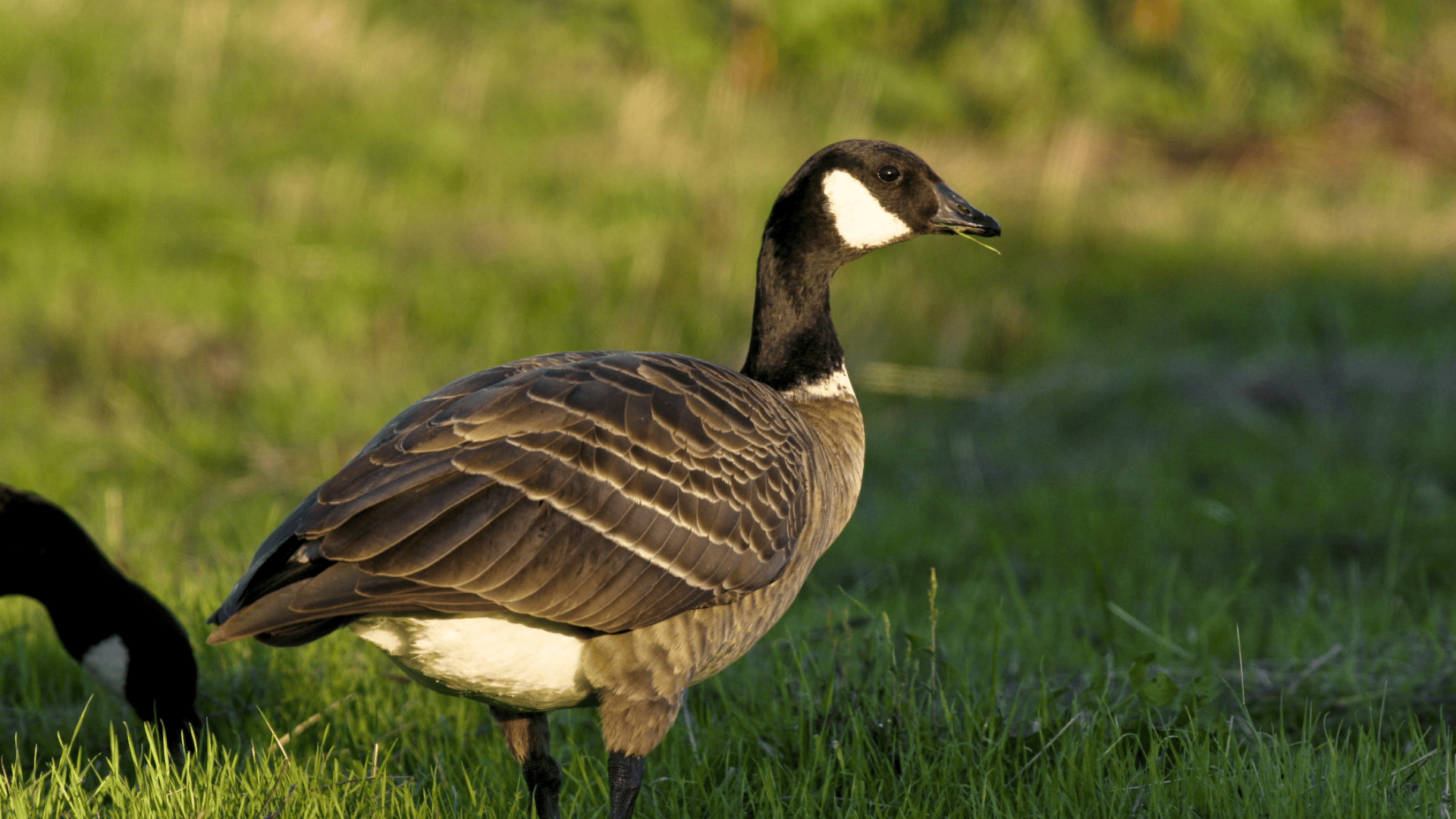
Smaller and more compact than the Canada Goose, the Cackling Goose has a stubby bill, short neck, and similar black and white facial markings.
-
Region of Habitat: Breeds in Alaska and northern Canada; winters in southern U.S. wetlands and fields.
-
Scientific Name:Branta hutchinsii
-
Feeding Habits: Grazes on grasses, sedges, and grains in agricultural areas.
-
What Sound They Make: Makes a high-pitched, yelping call distinct from the deeper honk of Canada Geese.
Fun Facts:
Once considered a subspecies of the Canada Goose until formally split in 2004. They are often seen in mixed flocks with Canada Geese.
6. Calliope Hummingbird
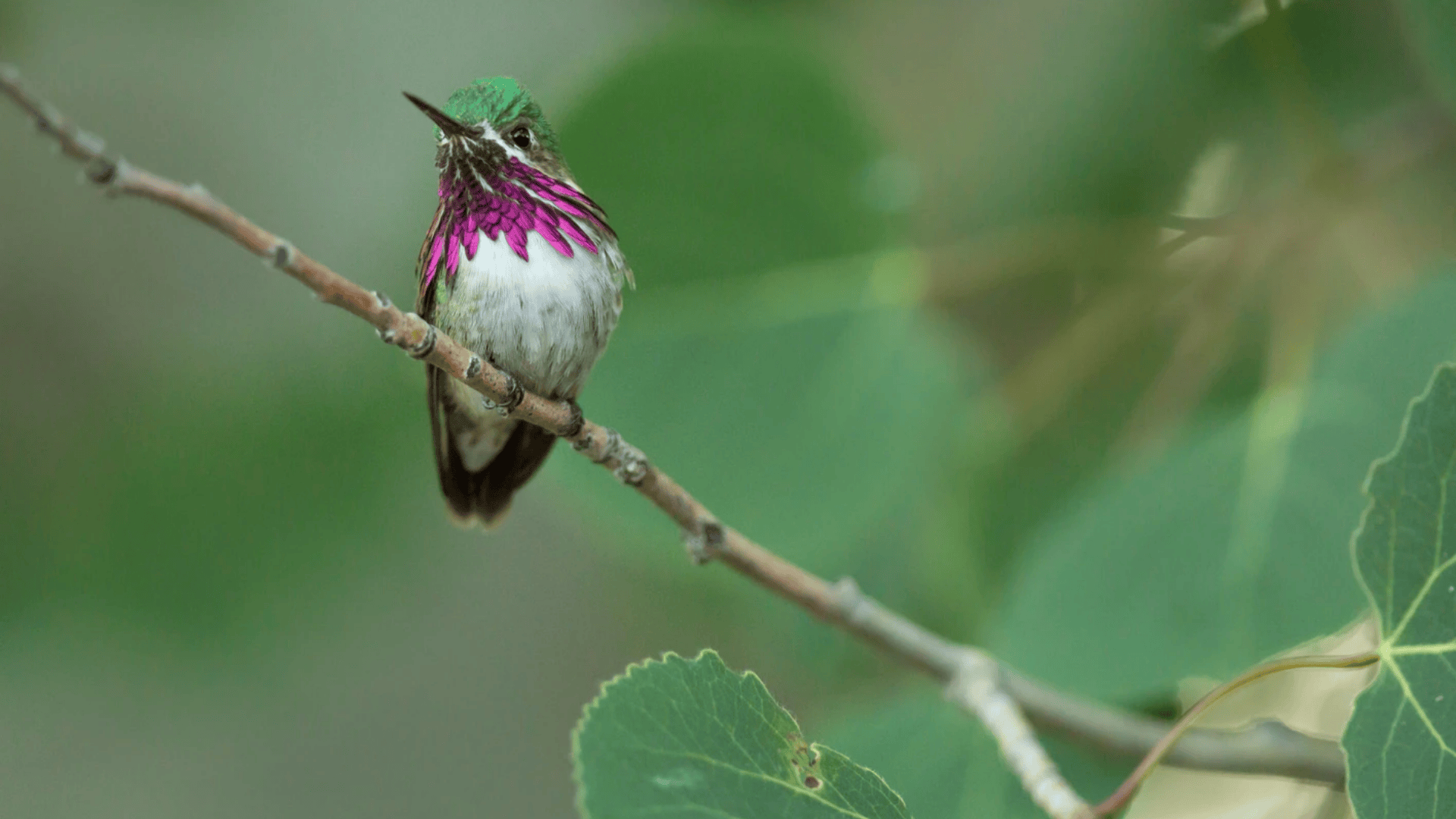
The smallest bird in North America, the Calliope Hummingbird is known for its iridescent green back and the male’s vibrant magenta-streaked gorget.
-
Region of Habitat: Western U.S. and Canada during breeding; winters in Mexico. Prefers open montane habitats.
-
Scientific Name:Selasphorus calliope
-
Feeding Habits: Nectarivorous; feeds on flower nectar and small insects. Hovers to feed.
-
What Sound They Make: Emits sharp “chip” notes and a humming sound from wingbeats.
Fun Facts:
Despite their size, they’re long-distance migrants—traveling over 5,000 miles. Males perform dramatic U-shaped dives during courtship displays.
7. California Scrub-Jay
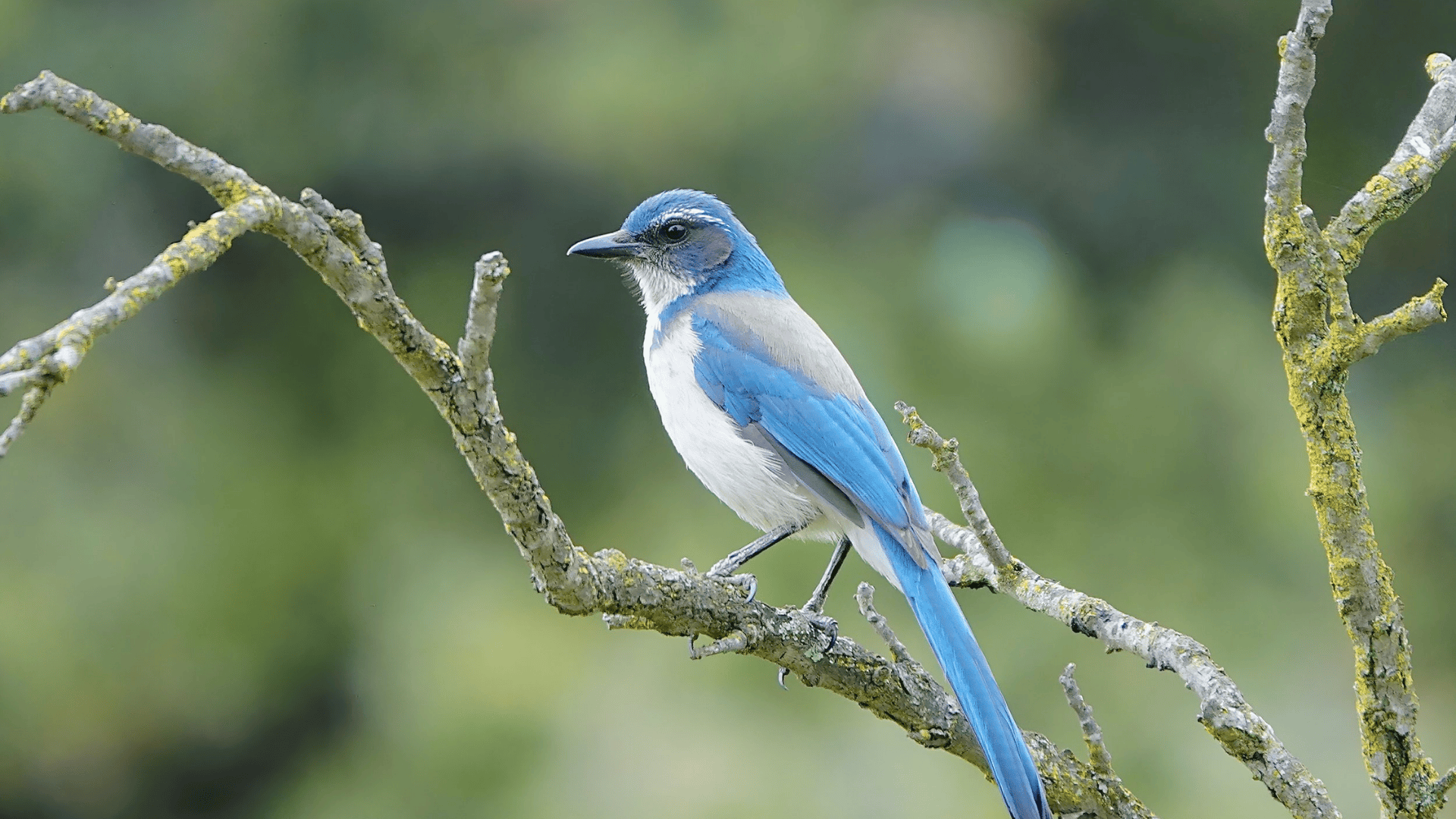
A medium-sized jay with bright blue wings and tail, a gray back, and bold behavior. Lacks a crest and is highly intelligent.
-
Region of Habitat: Western U.S., particularly California and Oregon; thrives in oak woodlands and suburban areas.
-
Scientific Name:Aphelocoma californica
-
Feeding Habits: Omnivorous; eats insects, nuts, berries, small animals, and occasionally bird eggs.
-
What Sound They Make: Harsh “shreeenk” call; mimics other birds and alarms.
Fun Facts:
They can plan for the future and remember the locations of hundreds of hidden food caches. Known to engage in “funeral” behavior, gathering around dead companions.
8. Cedar Waxwing
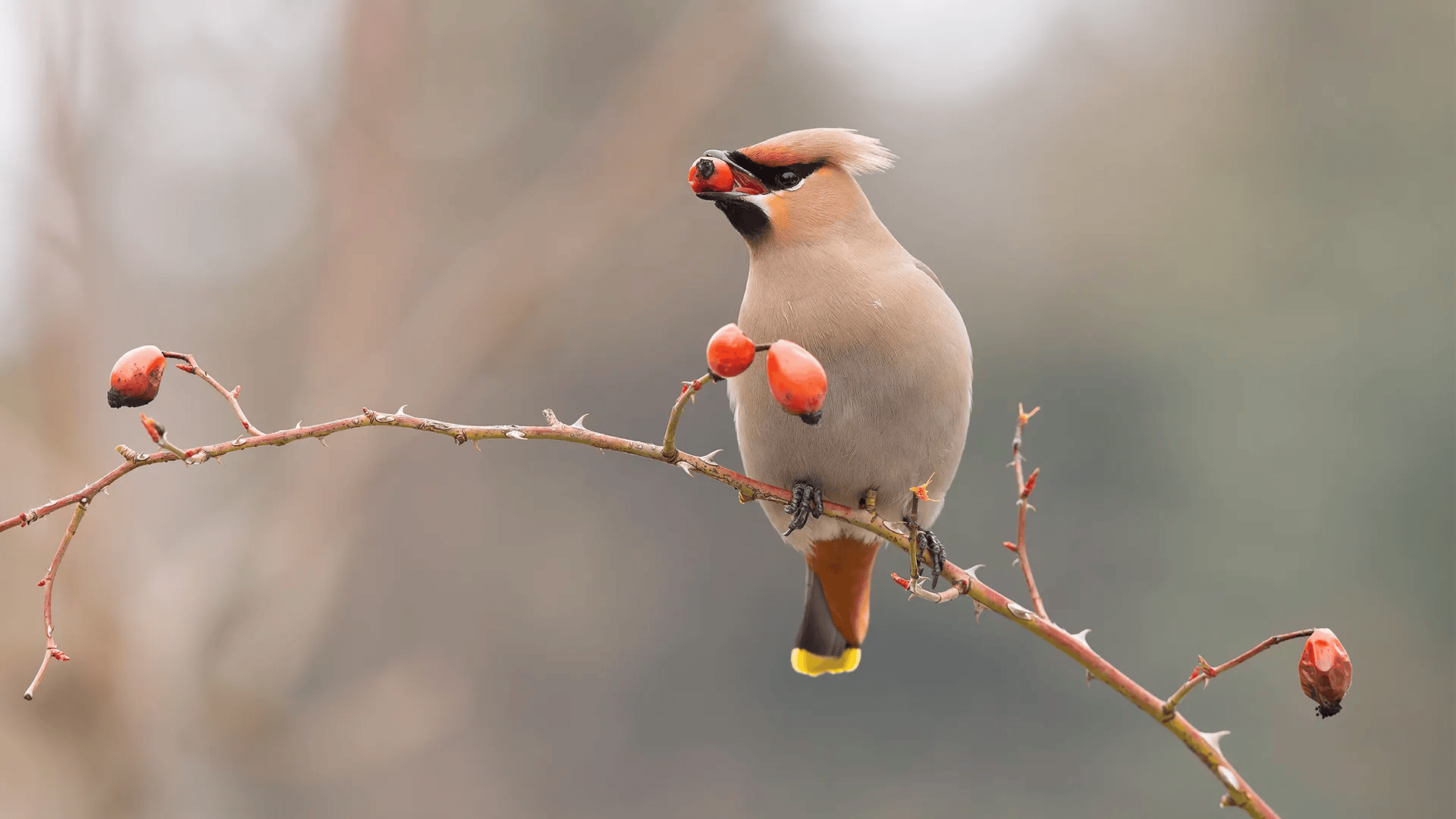
Sleek, with a pale brown head, soft gray wings, a yellow-tipped tail, and a black eye mask, the Cedar Waxwing is among the most elegant songbirds.
-
Region of Habitat: Across North America in woodlands, orchards, and suburban parks.
-
Scientific Name:Bombycilla cedrorum
-
Feeding Habits: Frugivorous; primarily eats berries, especially cedar, dogwood, and holly. Also catches insects in midair.
-
What Sound They Make: High-pitched, whispery trills often given in flight.
Fun Facts:
Named for their diet and red wax-like wing tips. Sometimes become intoxicated from eating fermented berries.
9. Canvasback
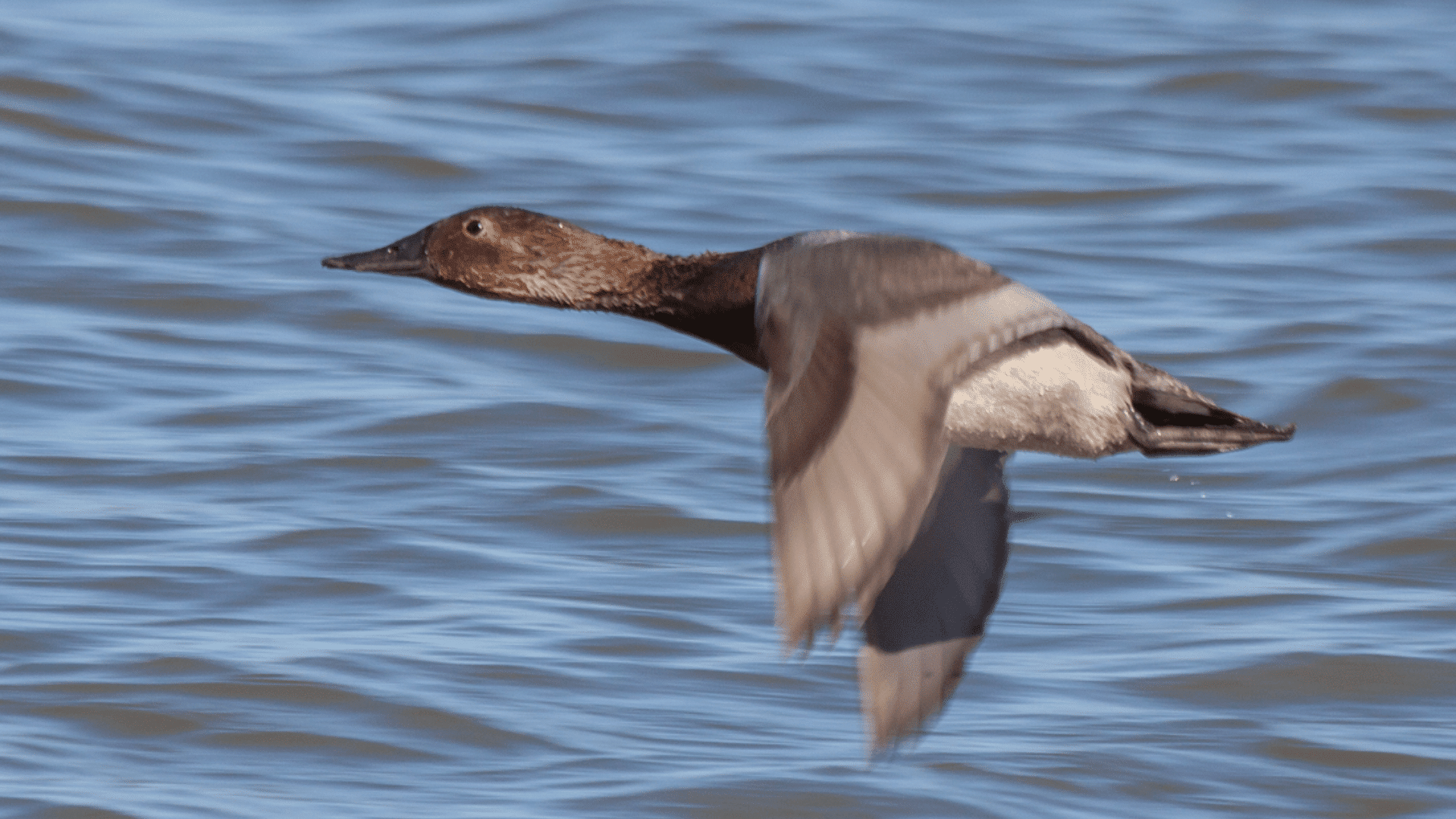
A large diving duck with a sloping forehead, reddish head, black chest, and pale gray back. Males are more colorful than females.
-
Region of Habitat: Breeds in North American prairie potholes; winters in lakes and coastal bays.
-
Scientific Name:Aythya valisineria
-
Feeding Habits: Dives for aquatic vegetation, seeds, and invertebrates. Especially favors wild celery (Vallisneria).
-
What Sound They Make: Soft cooing or croaking during courtship.
Fun Facts:
One of the fastest flying ducks, reaching speeds over 70 mph. The scientific name honors its favorite food source, Vallisneria.
10. Caspian Tern
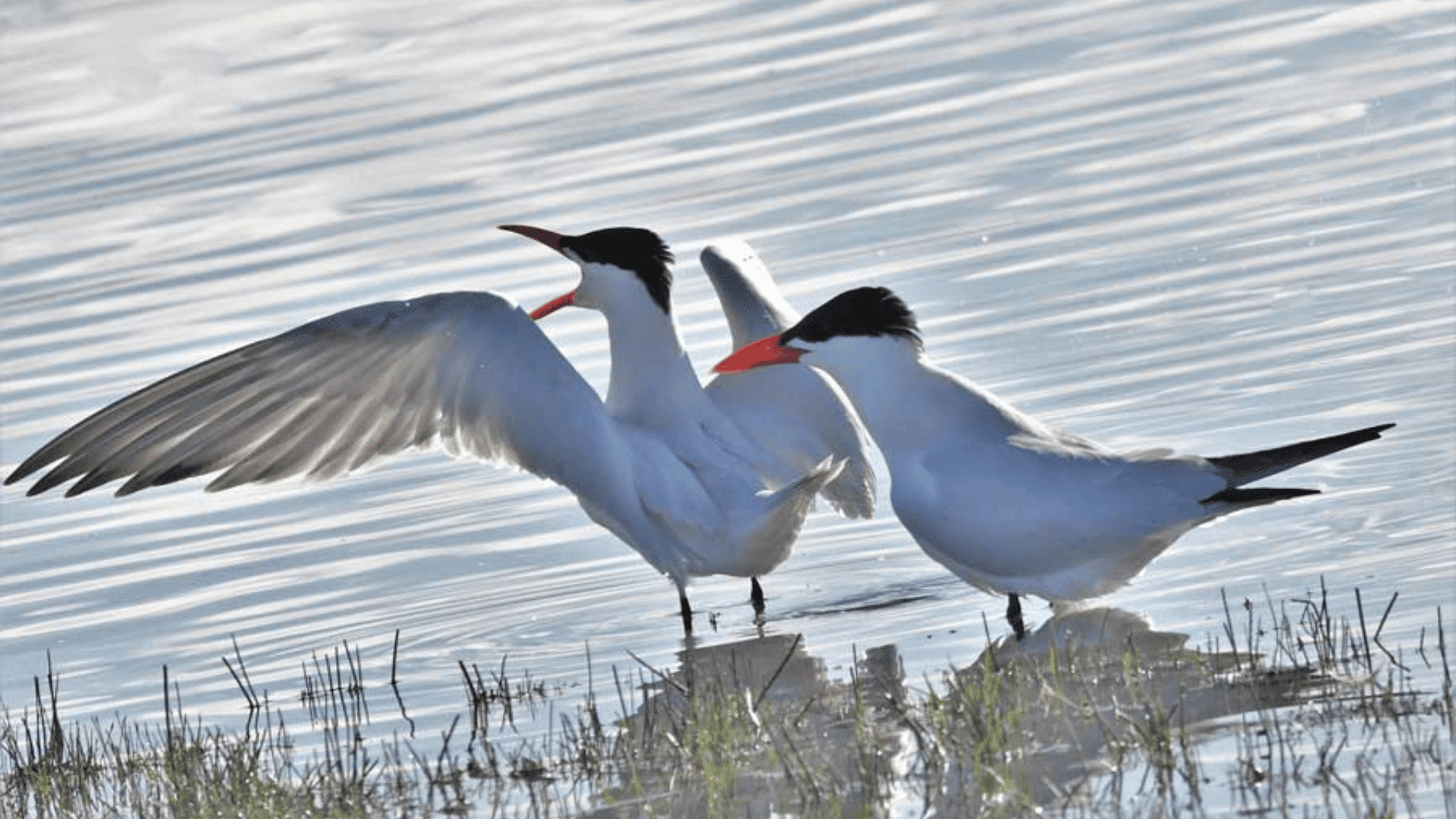
The world’s largest tern, the Caspian Tern has a thick red bill, black cap, pale gray wings, and a commanding presence.
-
Region of Habitat: Found on coasts and large inland lakes across five continents. In North America, breeds along the Great Lakes and coasts.
-
Scientific Name:Hydroprogne caspia
-
Feeding Habits: Piscivorous; dives headfirst into water to catch fish.
-
What Sound They Make: Harsh, raucous “kreeah” or “kraa” calls, especially at breeding sites.
Fun Facts:
-
Their chicks can run within a day of hatching.
-
Despite their wide distribution, breeding colonies are localized and often protected.
11. Chipping Sparrow
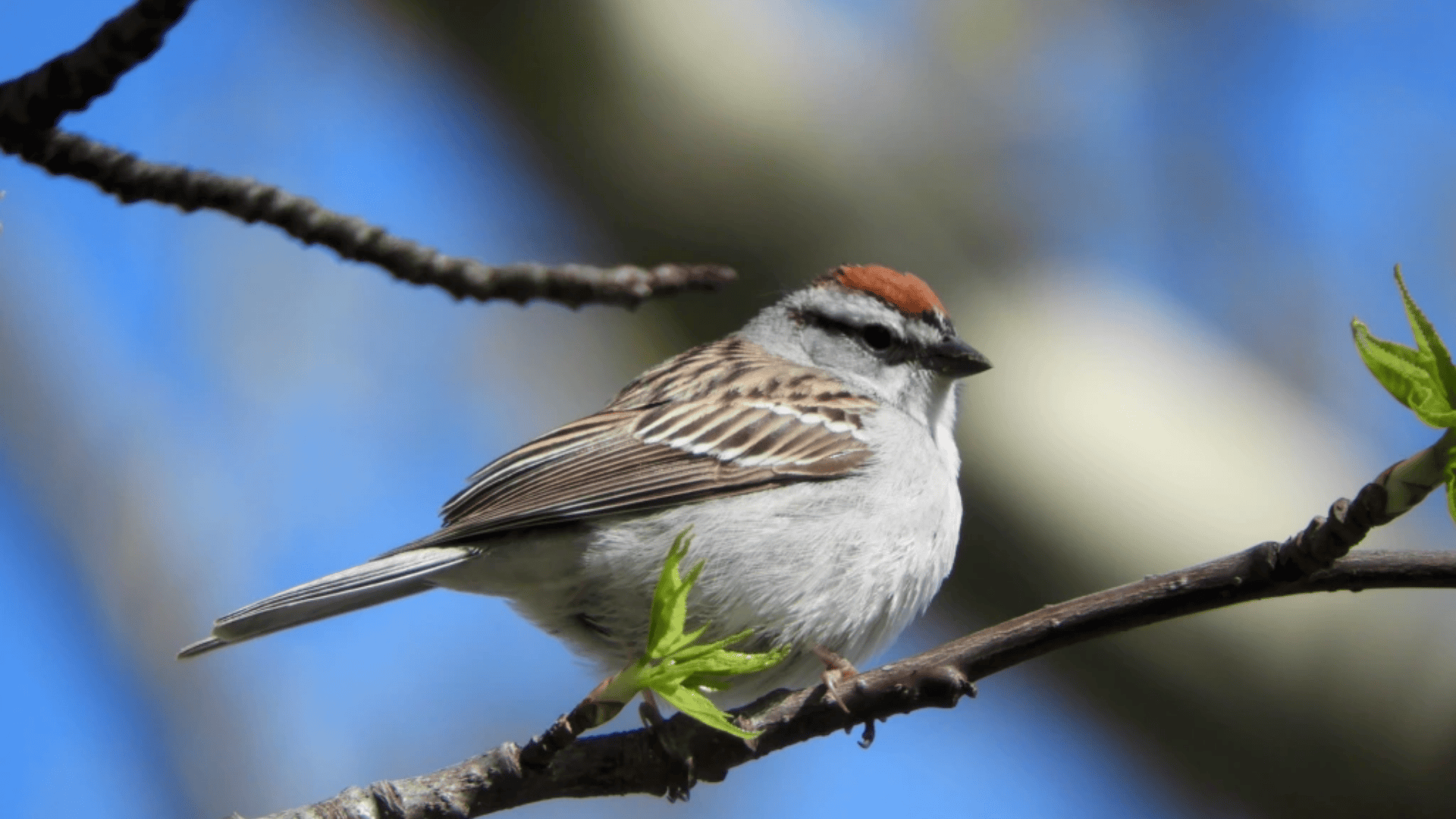
This small, slim sparrow has a gray chest, rusty crown, and black eye line. It’s one of the most familiar sparrows in North America.
-
Region of Habitat: Found across North America; prefers open woodlands, grasslands, and suburban lawns.
-
Scientific Name:Spizella passerina
-
Feeding Habits: Feeds on seeds and insects; forages on the ground or low vegetation.
-
What Sound They Make: A dry, mechanical trill often heard during spring and summer.
Fun Facts:
Chipping Sparrows molt twice per year—rare among North American songbirds. They can nest multiple times in a single season.
12. Chimney Swift
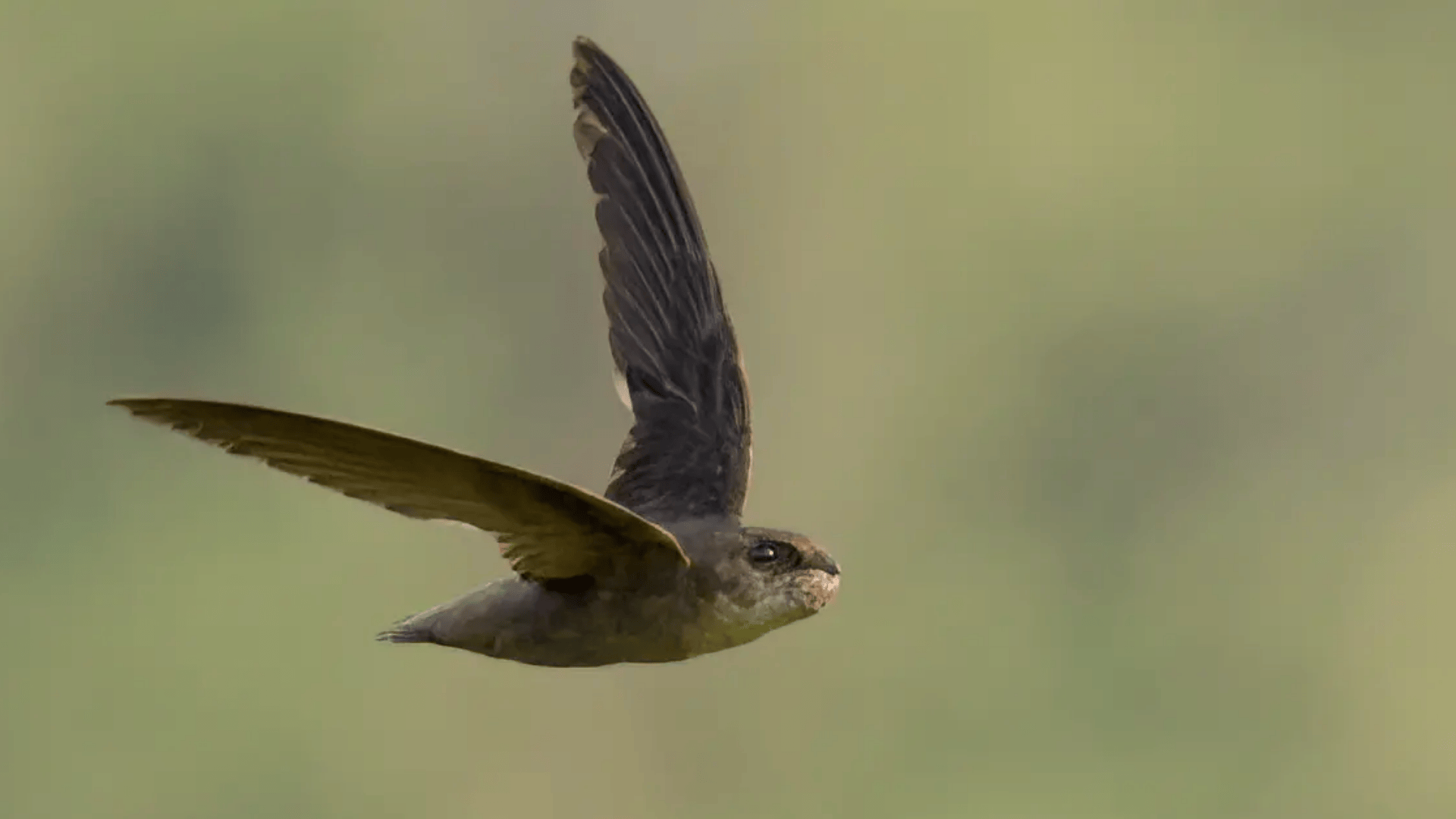
Slender, soot-colored birds with crescent-shaped wings, Chimney Swifts fly almost constantly and roost inside chimneys or hollow structures.
-
Region of Habitat: Eastern North America during breeding season; winters in South America.
-
Scientific Name:Chaetura pelagica
-
Feeding Habits: Aerial insectivore; feeds on flying insects while in constant flight.
-
What Sound They Make: High-pitched chittering calls, often in flight.
Fun Facts:
Chimney Swifts cannot perch—they cling to vertical surfaces. They spend nearly their entire lives in the air, even sleeping mid-flight.
13. Cooper’s Hawk
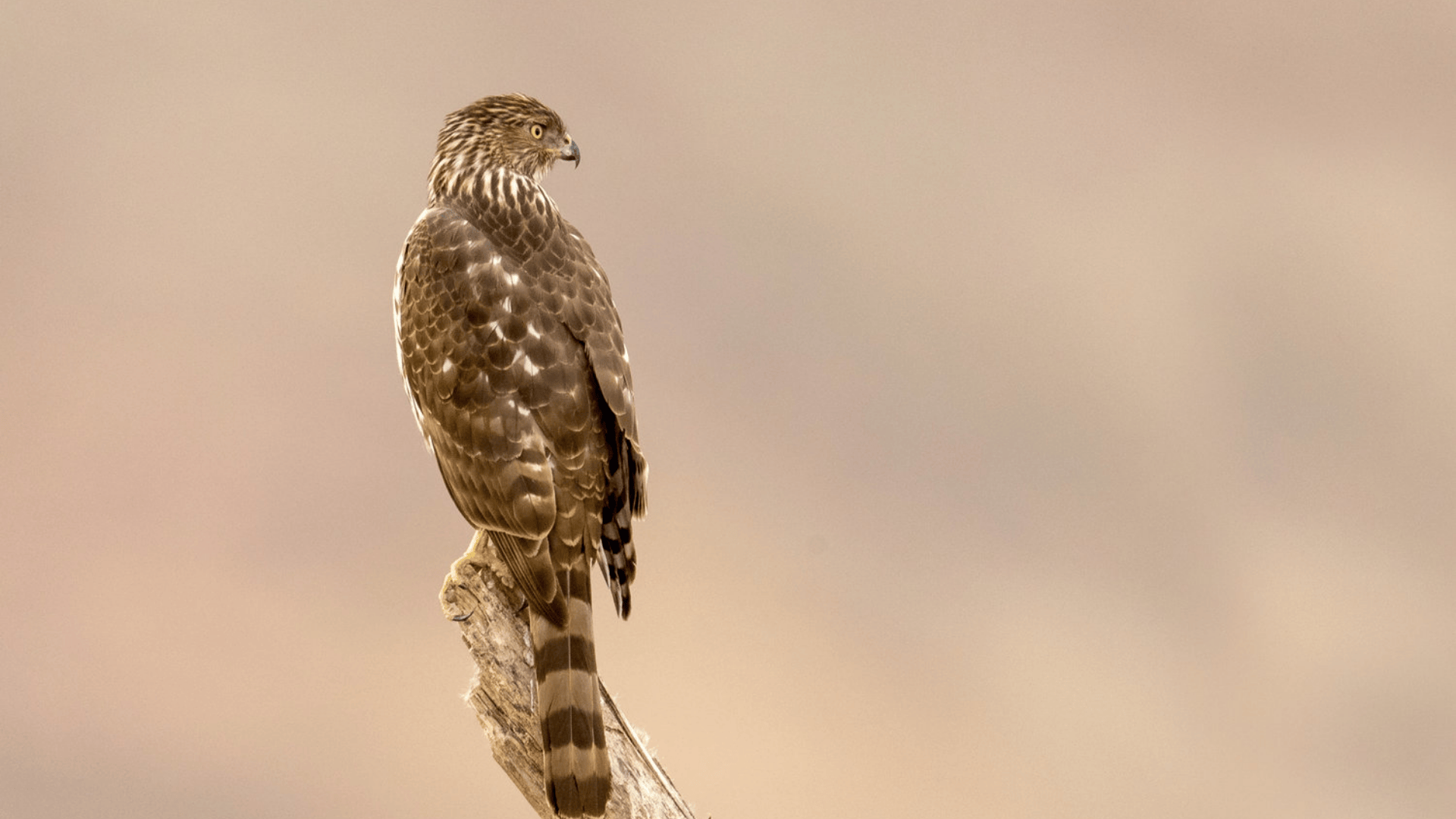
A medium-sized raptor with a blue-gray back, reddish-barred chest, and rounded tail. Built for agility in forested areas.
-
Region of Habitat: Found across North America; thrives in wooded areas and increasingly suburban neighborhoods.
-
Scientific Name:Accipiter cooperii
-
Feeding Habits: Predatory; primarily eats small birds, squirrels, and other small vertebrates.
-
What Sound They Make: Repetitive “cak-cak-cak” call, especially near nests.
Fun Facts:
Known for chasing birds through dense trees with incredible speed and precision. Was once in decline but rebounded due to legal protections.
14. Curve-billed Thrasher
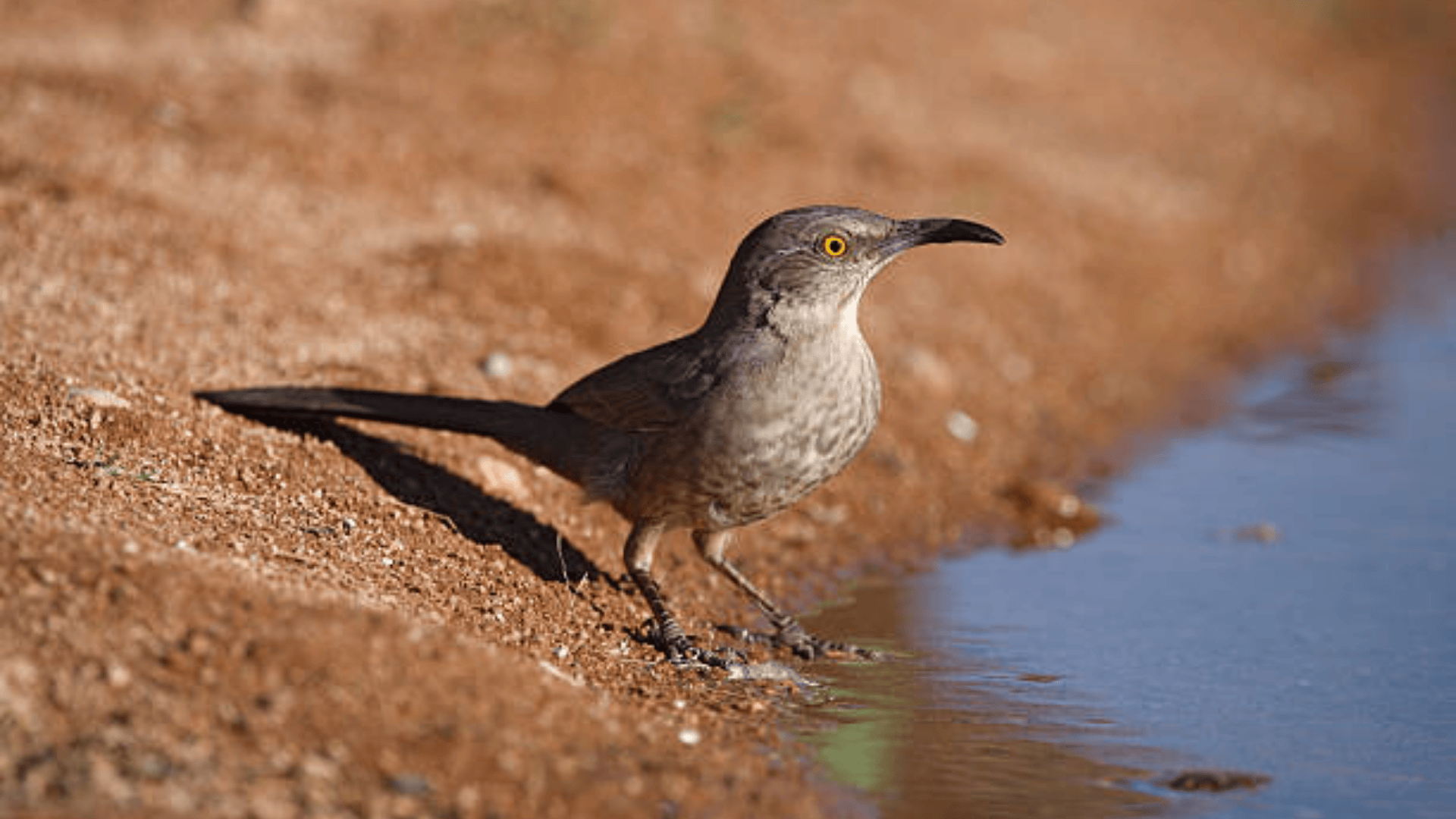
A desert-dwelling bird with a long, downcurved bill, yellow-orange eyes, and spotted grayish-brown plumage.
-
Region of Habitat: Southwestern U.S. and Mexico; found in arid scrublands, deserts, and urban parks.
-
Scientific Name:Toxostoma curvirostre
-
Feeding Habits: Omnivorous; digs in soil for insects, eats fruits and seeds.
-
What Sound They Make: Whistled phrases, harsh notes, and mimicry; males sing complex, varied songs.
Fun Facts:
They often reuse the nests of other birds or build their own in cacti. Their long bill helps them probe for insects in tough desert soils.
15. California Towhee
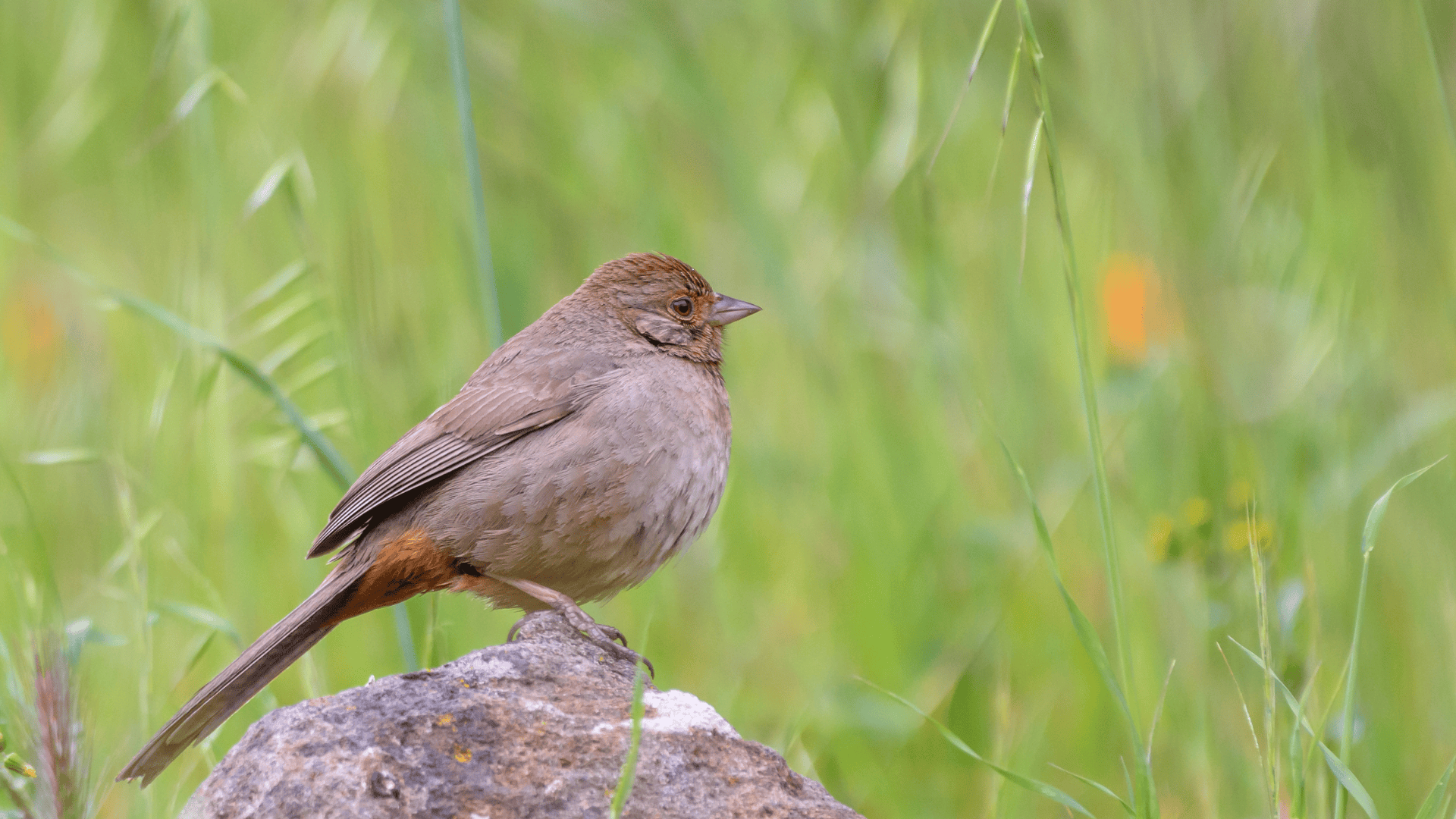
A large sparrow with plain brown plumage, a rufous patch under the tail, and a chunky appearance.
-
Region of Habitat: Found in California and northern Baja California; prefers chaparral, oak woodlands, and suburban gardens.
-
Scientific Name:Melozone crissalis
-
Feeding Habits: Ground forager; eats seeds, berries, and insects.
-
What Sound They Make: Sharp “chip” call and a rapid, metallic trill song.
Fun Facts:
Frequently seen kicking leaf litter aside with both feet in search of food. Can be territorial and may peck at reflections, mistaking them for rivals.
16. California Condor
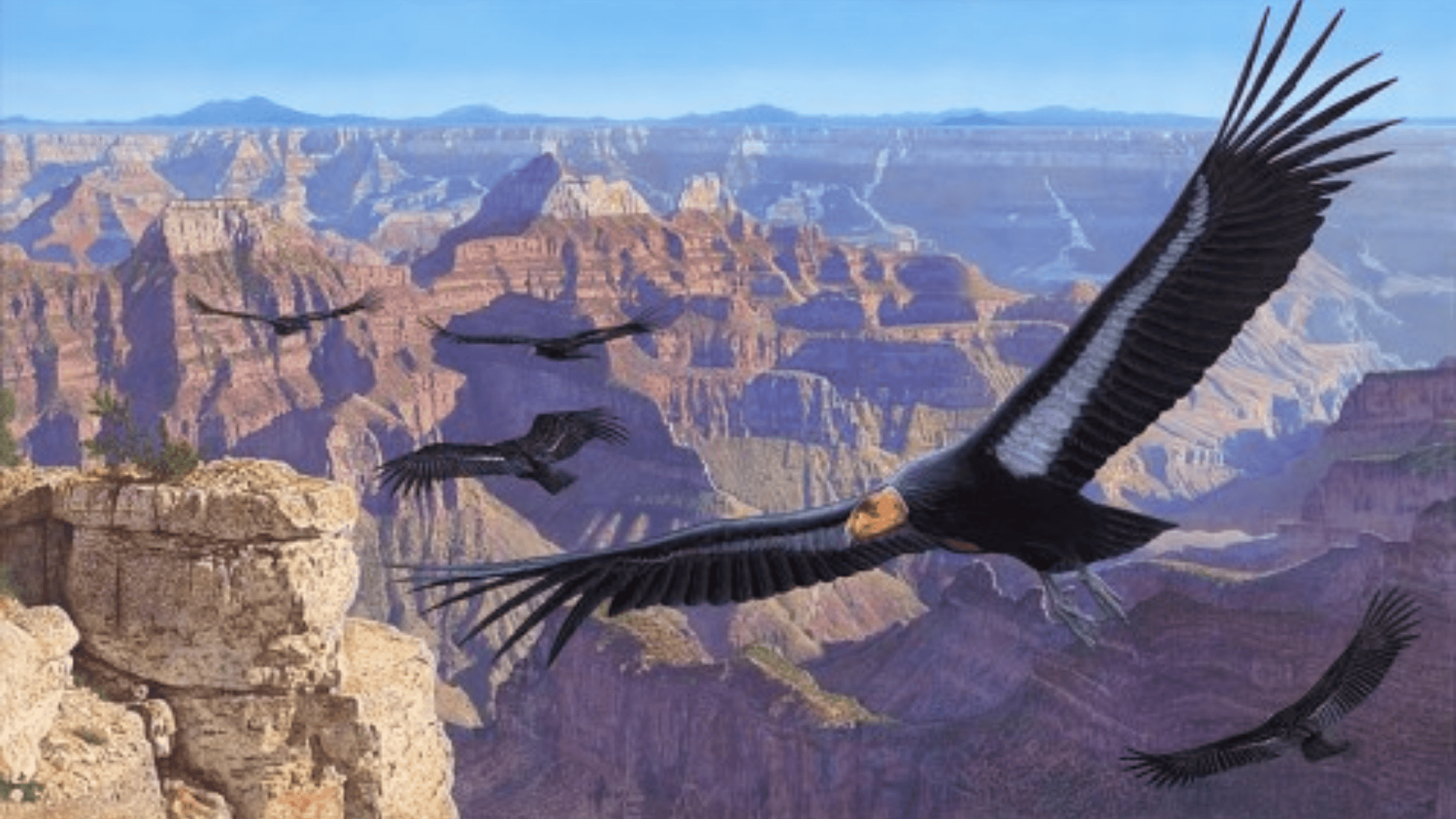
A massive vulture with black feathers, white underwing patches, and a bald, pinkish-orange head. One of the world’s rarest birds.
-
Region of Habitat: Southwestern U.S., especially California, Arizona, and Utah; found in rugged canyons and cliffs.
-
Scientific Name:Gymnogyps californianus
-
Feeding Habits: Scavenger; feeds on large animal carcasses such as deer or livestock.
-
What Sound They Make: Generally silent, but may grunt or hiss when threatened.
Fun Facts:
Has a wingspan of up to 10 feet—the largest of any North American bird. Was once down to 27 individuals; conservation efforts have helped reintroduce it to the wild.
17. Cassin’s Finch
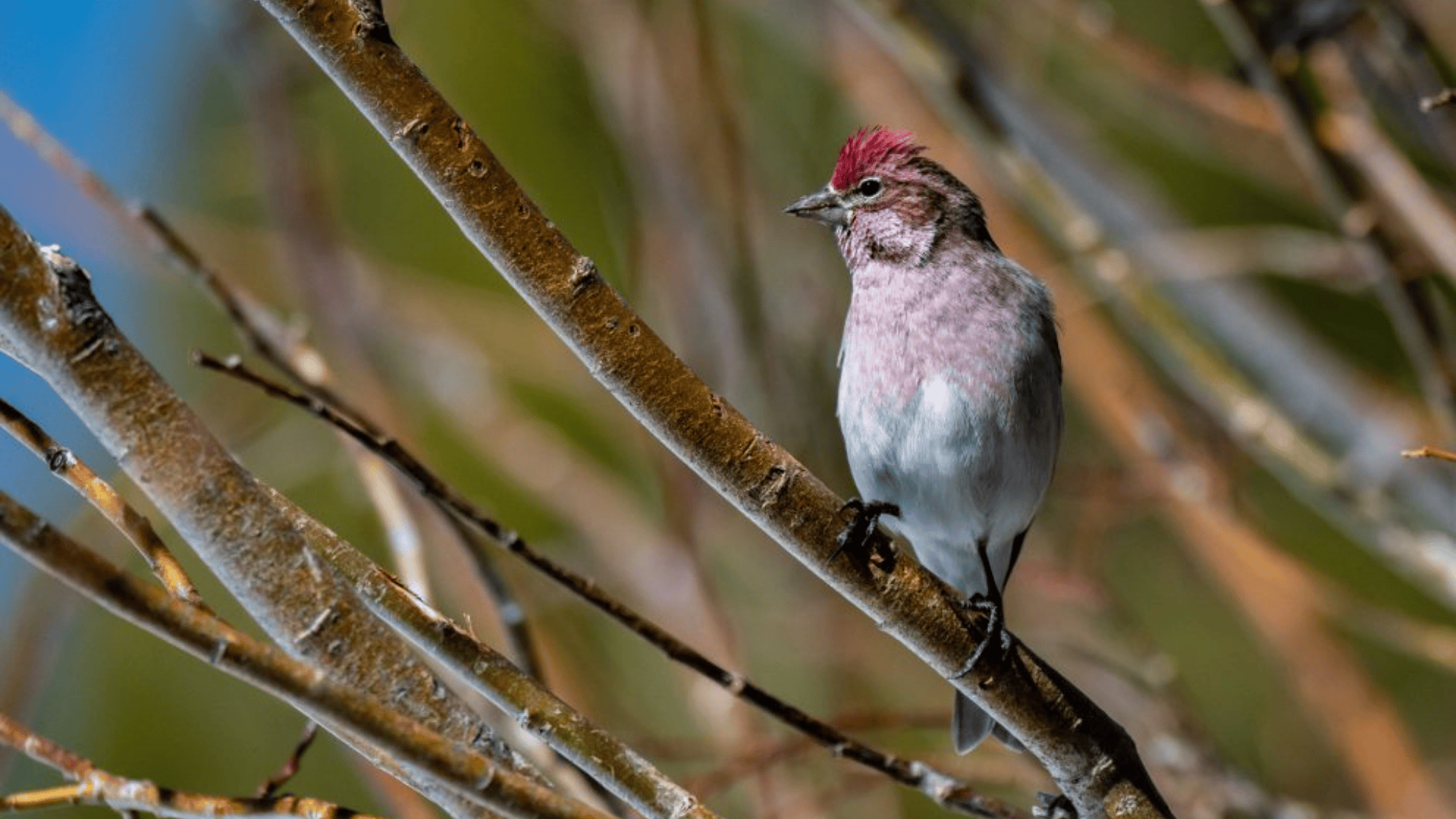
This finch has a rosy-red crown and throat (in males), a streaked brown back, and is slightly larger than a House Finch.
-
Region of Habitat: Western North America; found in coniferous montane forests.
-
Scientific Name:Haemorhous cassinii
-
Feeding Habits: Eats seeds, buds, berries, and insects; often seen at feeders.
-
What Sound They Make: A warbling song with rising and falling notes, often mixed with trills.
Fun Facts:
Named after 19th-century ornithologist John Cassin. Sometimes irrupts far beyond its normal range in winter.
18. Cape May Warbler
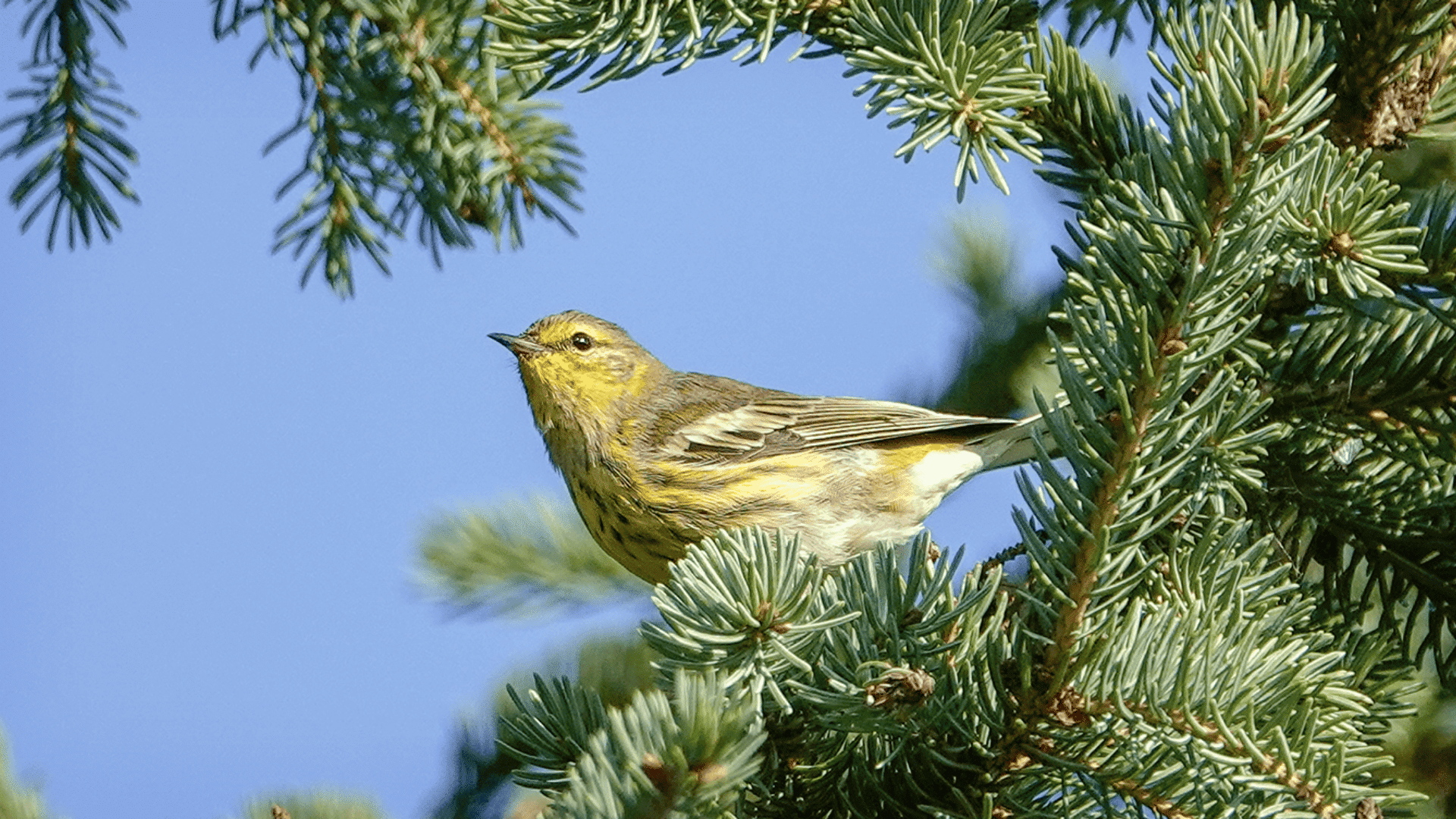
A small warbler with yellow underparts, streaks on the chest, and a chestnut cheek patch in males.
-
Region of Habitat: Breeds in boreal forests of Canada; migrates through eastern U.S. to the Caribbean and Central America.
-
Scientific Name:Setophaga tigrina
-
Feeding Habits: Feeds on insects and nectar; uses a unique curled tongue to sip nectar.
-
What Sound They Make: Thin, high-pitched “tsi-tsi-tsi” song.
Fun Facts:
One of the few warblers adapted to feeding on nectar. Named after Cape May, New Jersey, where it was first recorded.
19. Cassin’s Kingbird
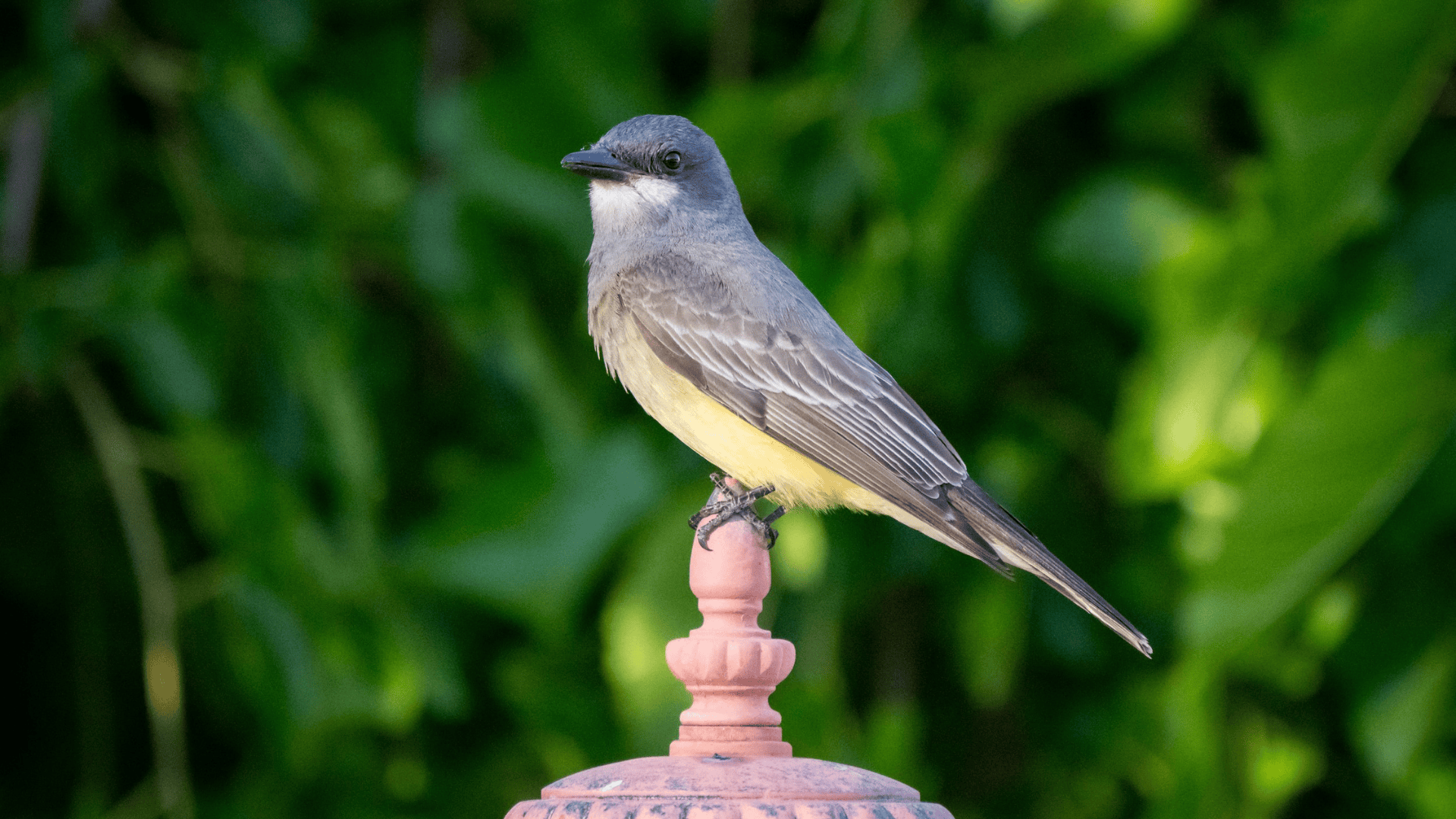
A large flycatcher with a gray head, white throat, olive-gray back, and yellow belly.
-
Region of Habitat: Southwestern U.S. and Mexico; prefers open woodlands, valleys, and desert edges.
-
Scientific Name:Tyrannus vociferans
-
Feeding Habits: Aerial insectivore; perches and flies out to catch flying insects.
-
What Sound They Make: Harsh, nasal “kip” and chattering calls.
Fun Facts:
Defends large territories during the breeding season. Frequently perches on utility lines or fence posts for hunting.
20. Canyon Wren
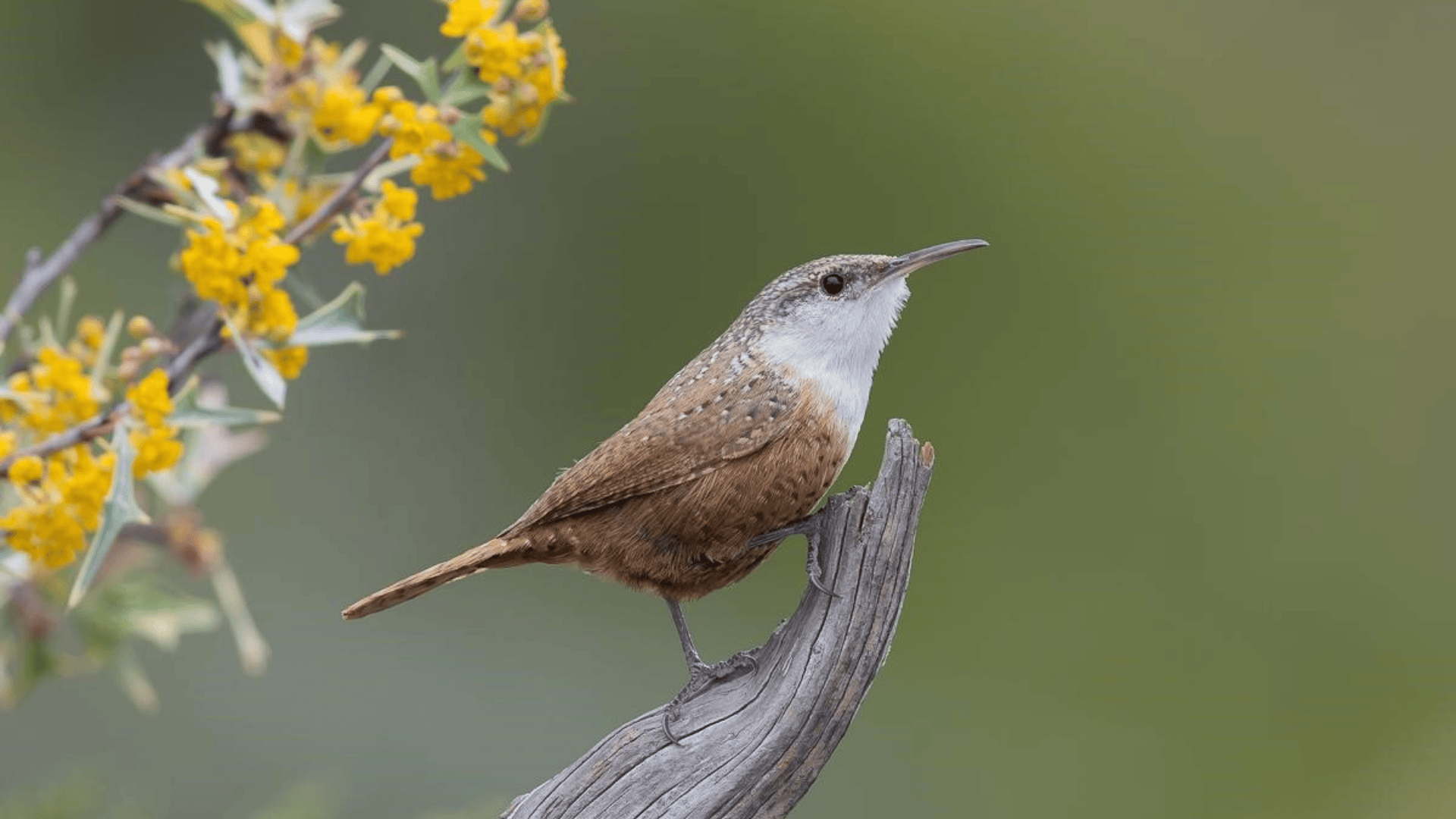
This small wren has a rusty-red body, white throat, and a long, decurved bill. Known for its haunting song echoing through canyons.
-
Region of Habitat: Western North America; prefers rocky cliffs, canyons, and outcrops.
-
Scientific Name:Catherpes mexicanus
-
Feeding Habits: Insectivorous; probes crevices for spiders and insects.
-
What Sound They Make: A cascading, descending series of whistles often heard in the early morning.
Fun Facts:
They use their stiff tail for support while climbing vertical rock faces. Their song is often considered one of the most beautiful of all North American birds.
Other Birds With ‘C’ You Can Explore Around You!
21. Cassia Crossbill
22. Chestnut-collared Longspur
23. Chestnut-backed Chickadee
24. Common Goldeneye
25. Common Ground Dove
26. Common Grackle
27. Common Raven
28. Common Yellowthroat
29. Canyon Towhee
30. Colima Warbler
31. Cassin’s Auklet
32. Cassin’s Sparrow
33. Cassin’s Vireo
34. Cattle Egret
35. Cave Swallow
36. Cerulean Warbler
37. Chestnut-sided Warbler
38. Chihuahuan Raven
39. Chuck-will’s-widow
40. Cinnamon Teal
41. Clapper Rail
42. Clark’s Grebe
43. Clark’s Nutcracker
44. Clay-colored Sparrow
45. Cliff Swallow
46. Connecticut Warbler
47. Cordilleran Flycatcher
48. Costa’s Hummingbird
49. Couch’s Kingbird
50. Crescent-chested Warbler
51. Crested Caracara
52. Crissal Thrasher
53. Cactus Wren
54. California Thrasher
55. California Scrub-Jay
56. Canada Jay
Closing Notes
From the aerial acrobatics of the Chimney Swift to the haunting canyon melodies of the Canyon Wren, each species plays a vital role in its ecosystem.
These birds showcase nature’s remarkable adaptations—from specialized feeding techniques to impressive migratory travels.
We’ve highlighted just 20 species here, but as our additional list of 36 more “C” birds shows, there’s always more to learn.
We encourage you to grab binoculars and experience the joy of spotting these remarkable creatures in their natural habitats across the continents.
If you’re interested in more informative animal and wildlife content, feel free to click here and explore other blogs that you might enjoy!

